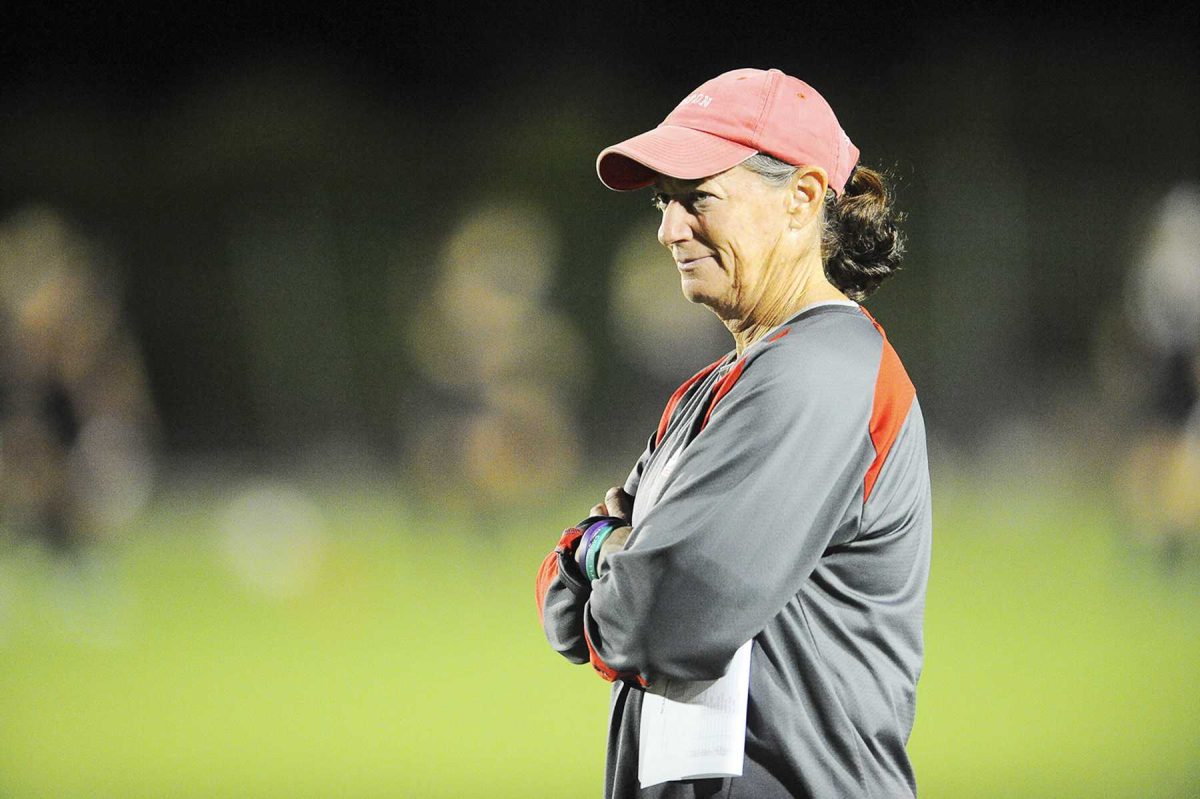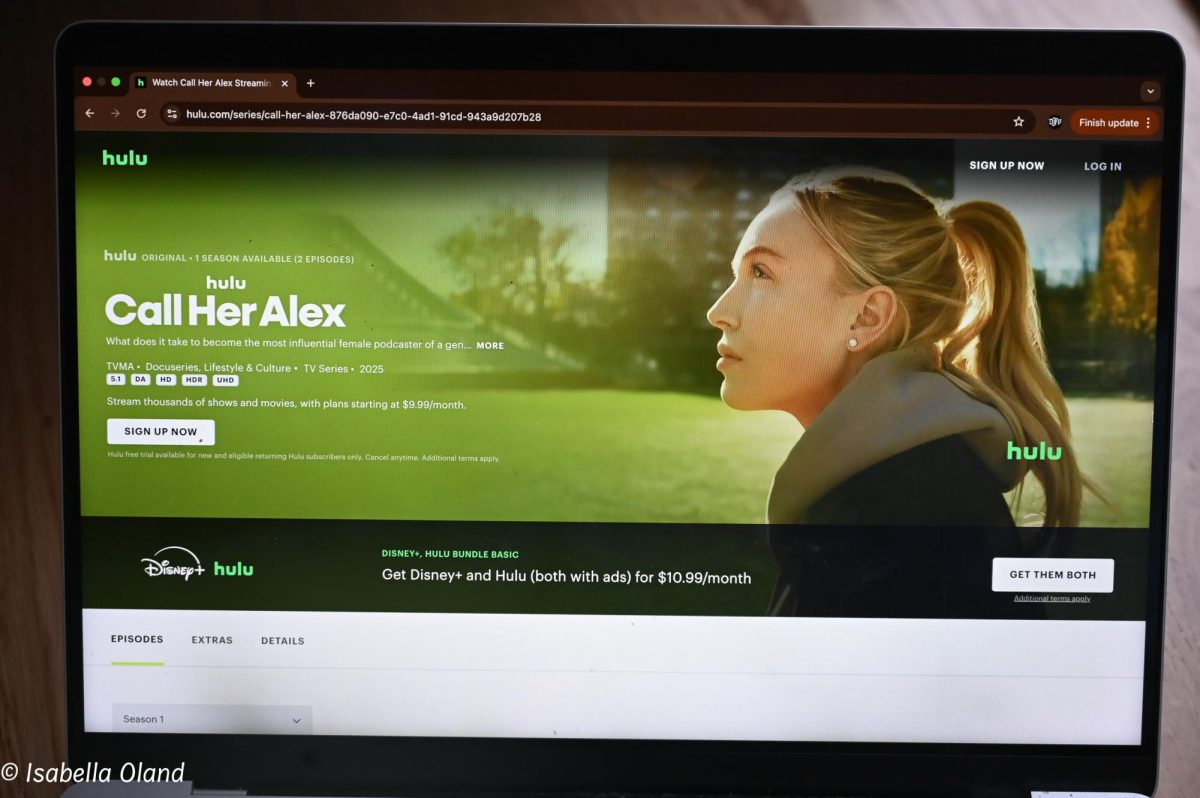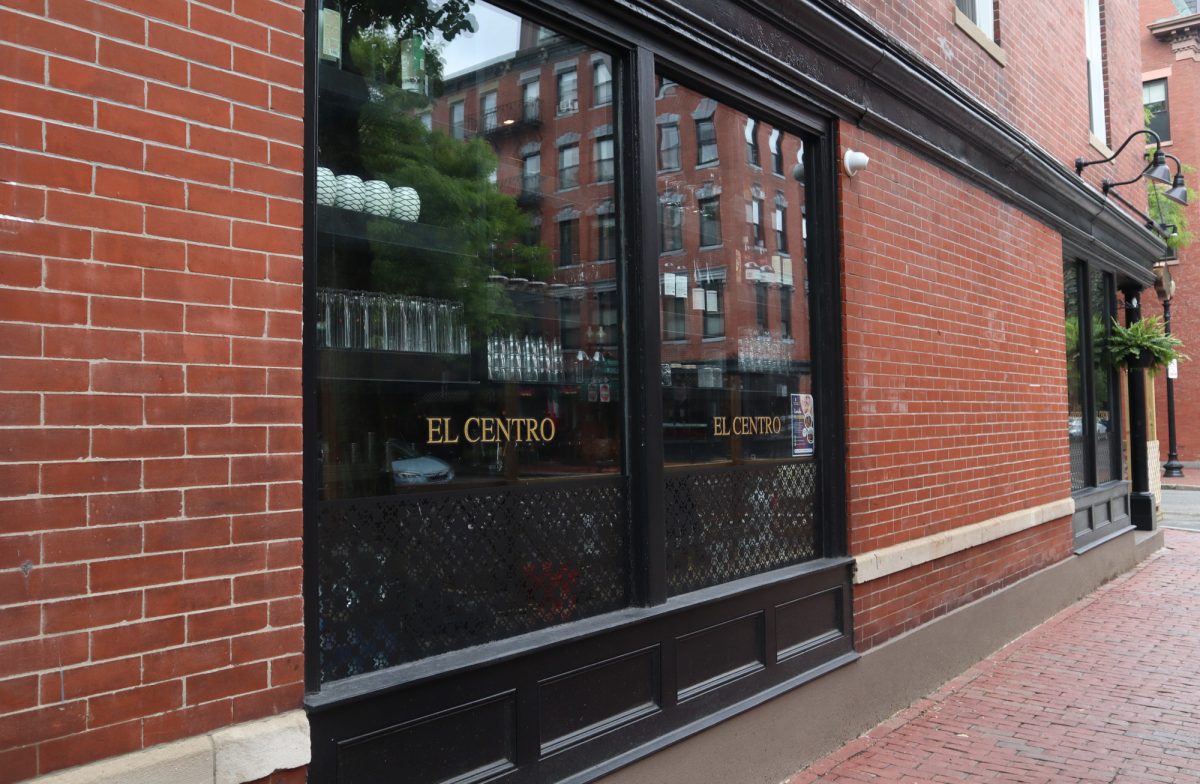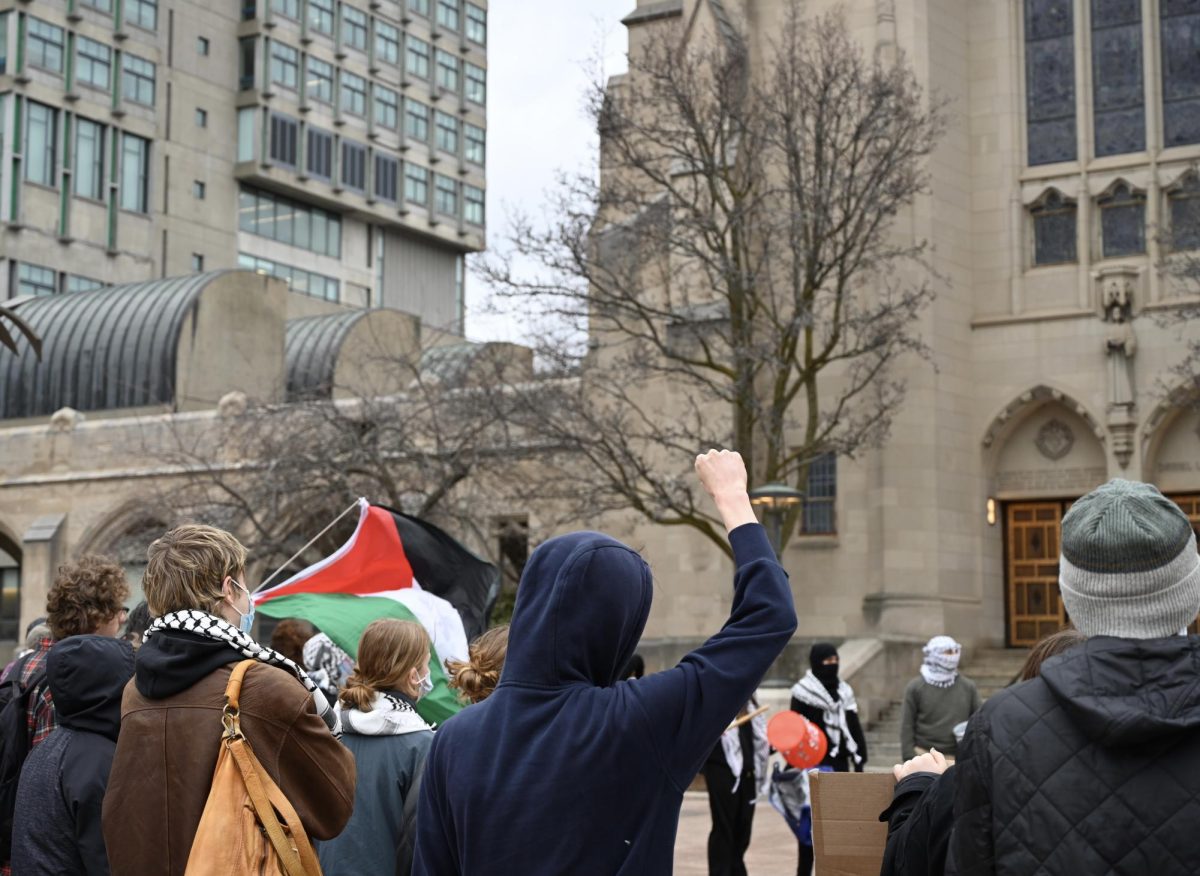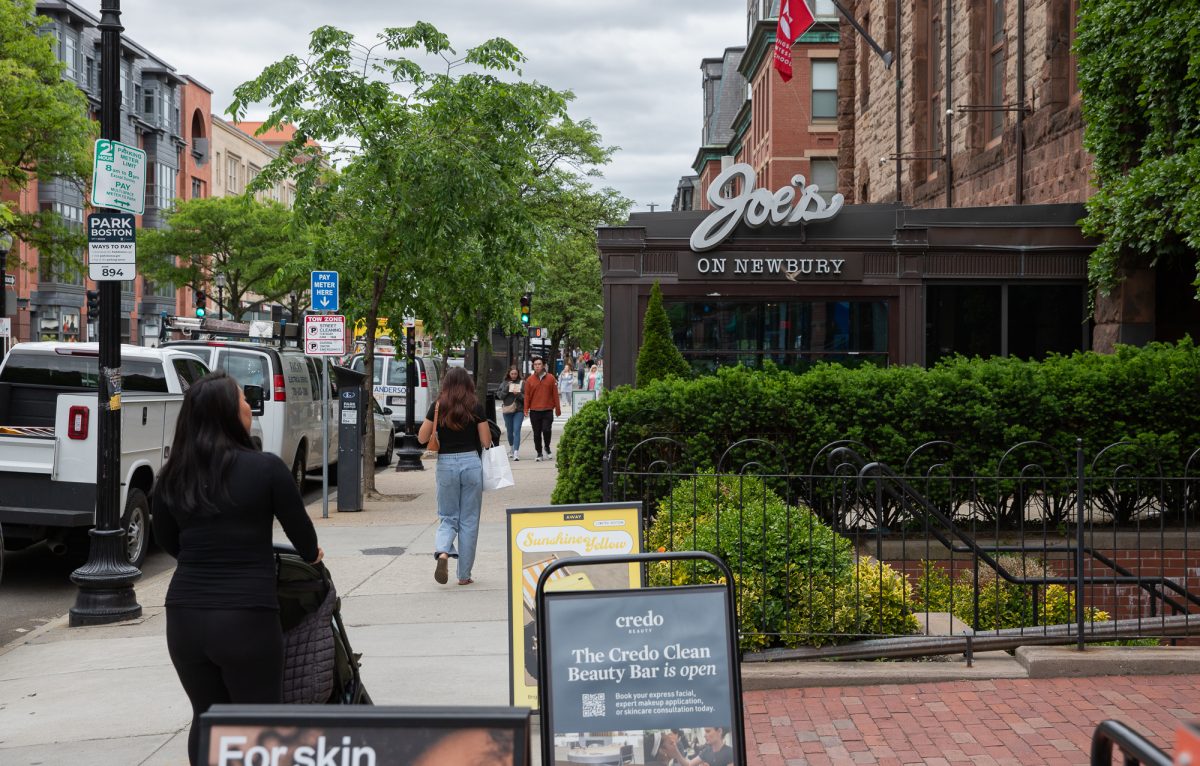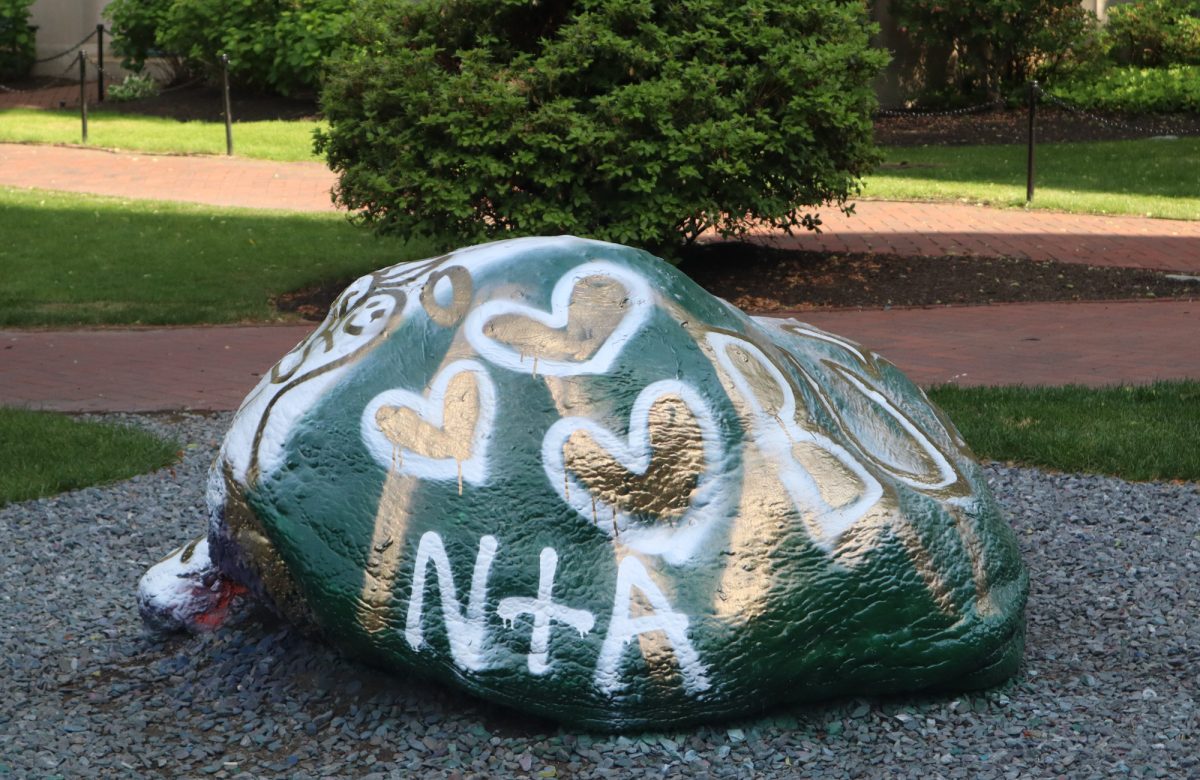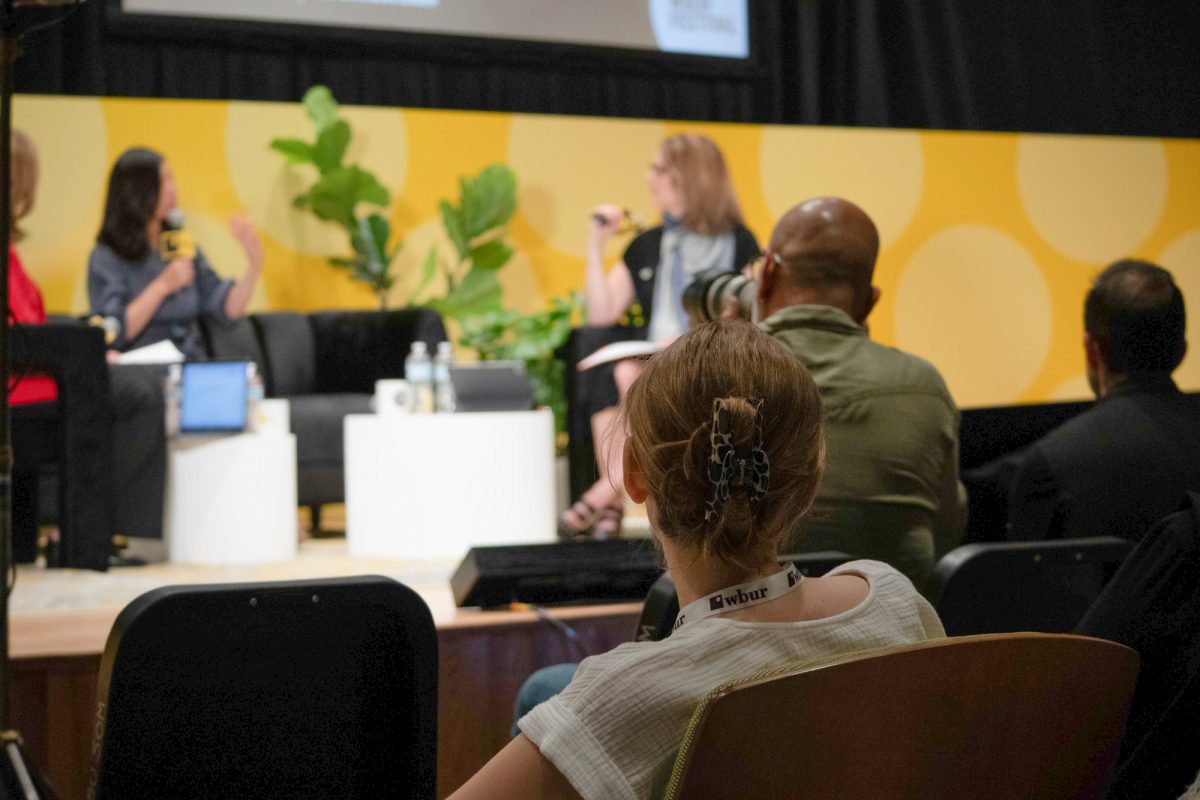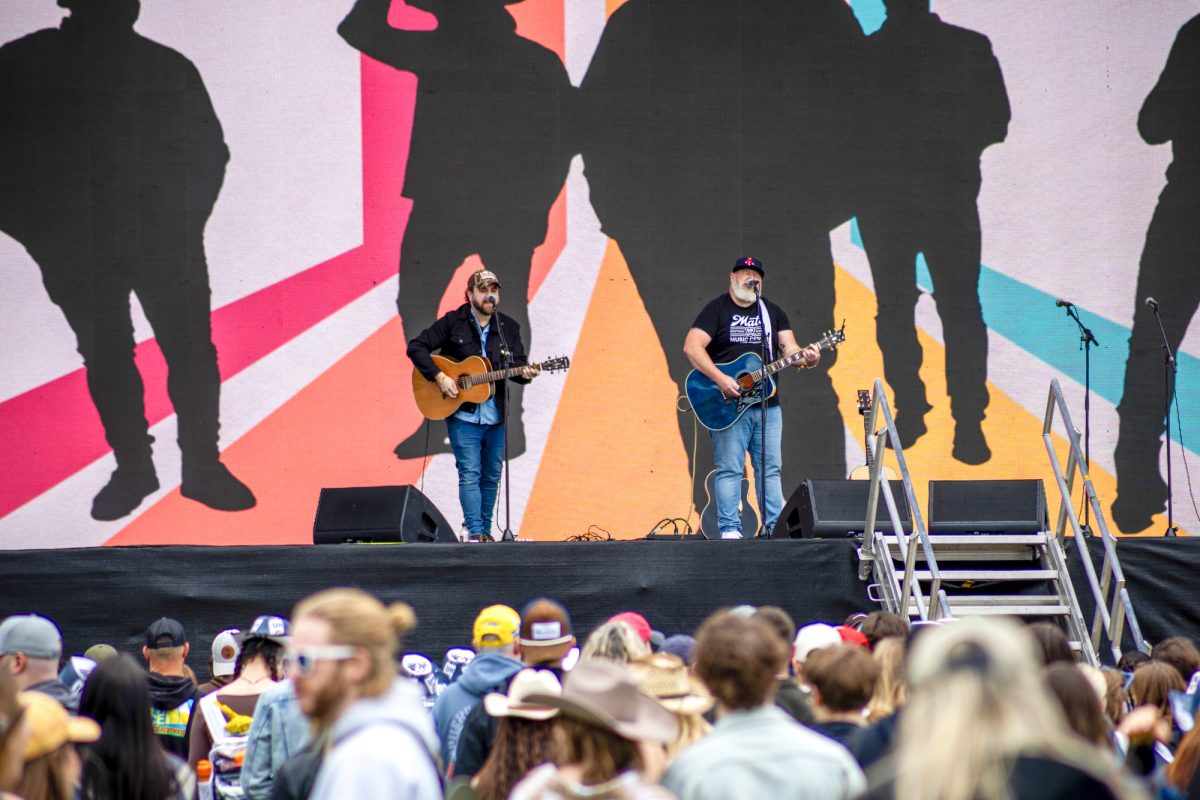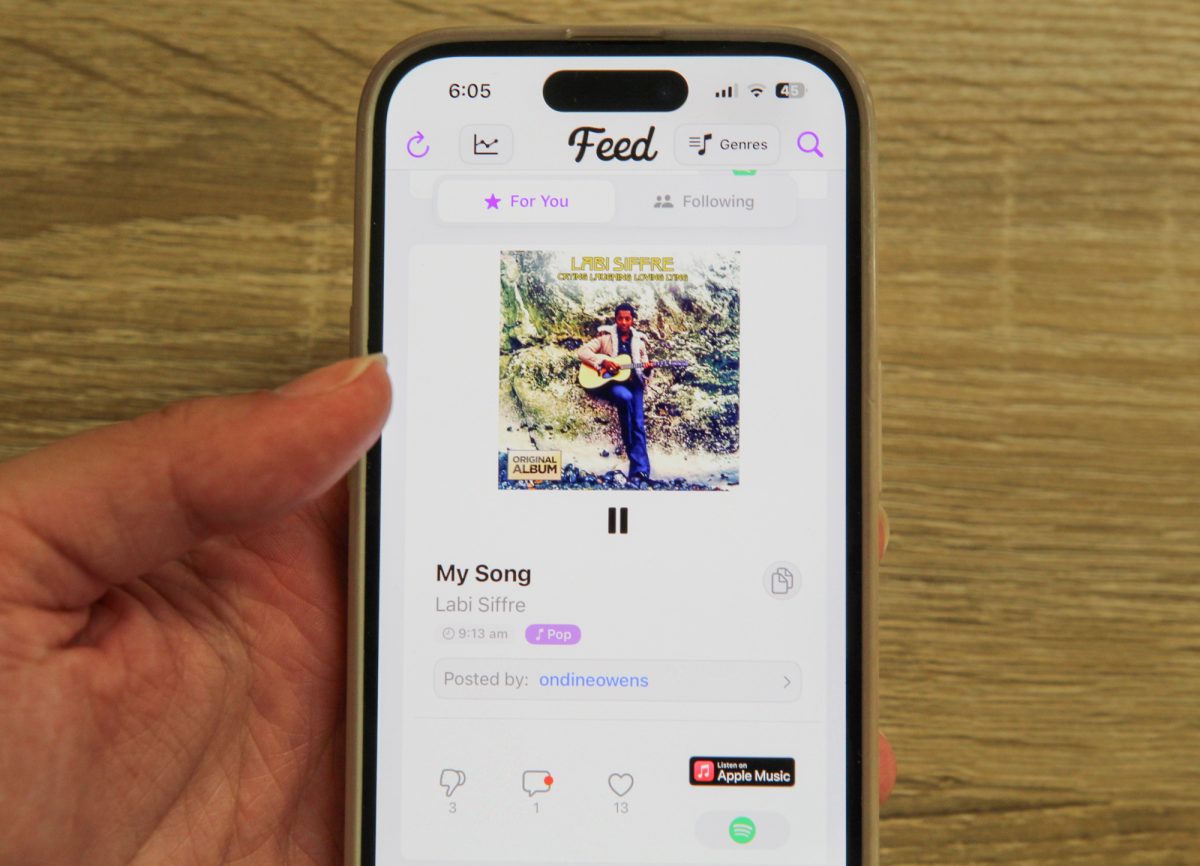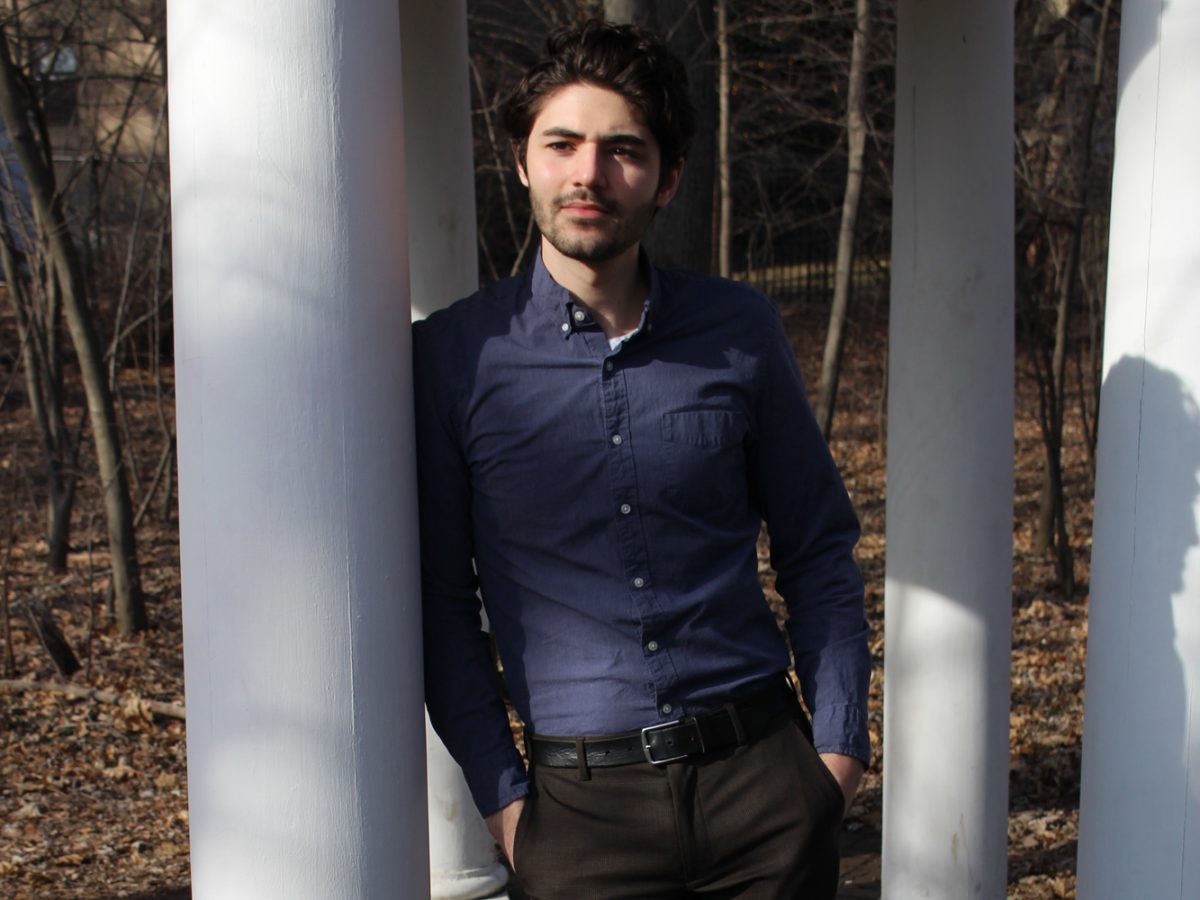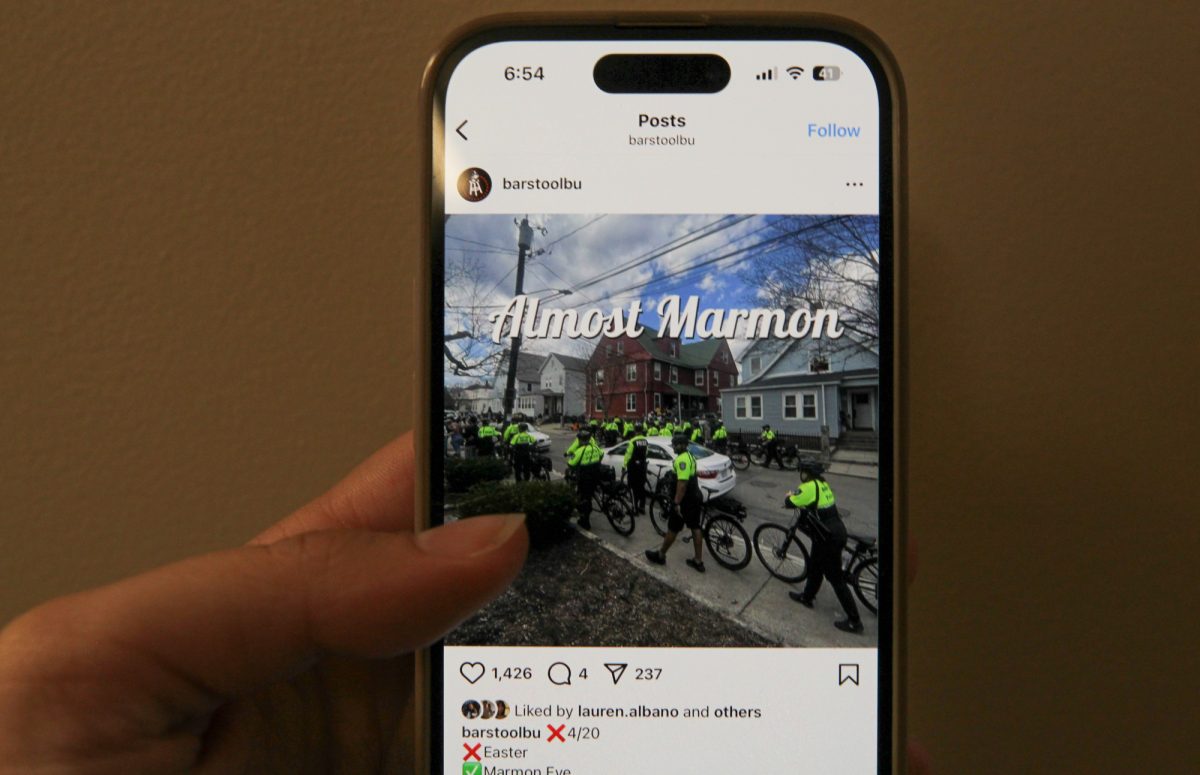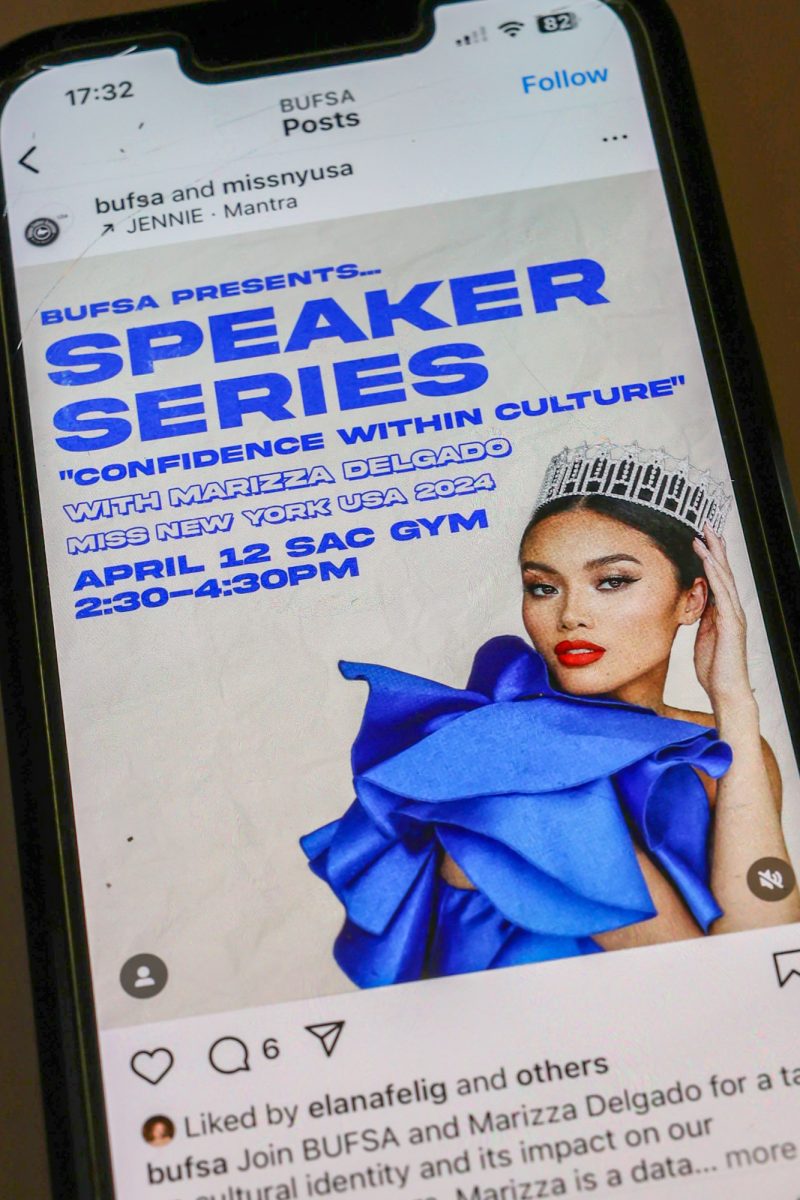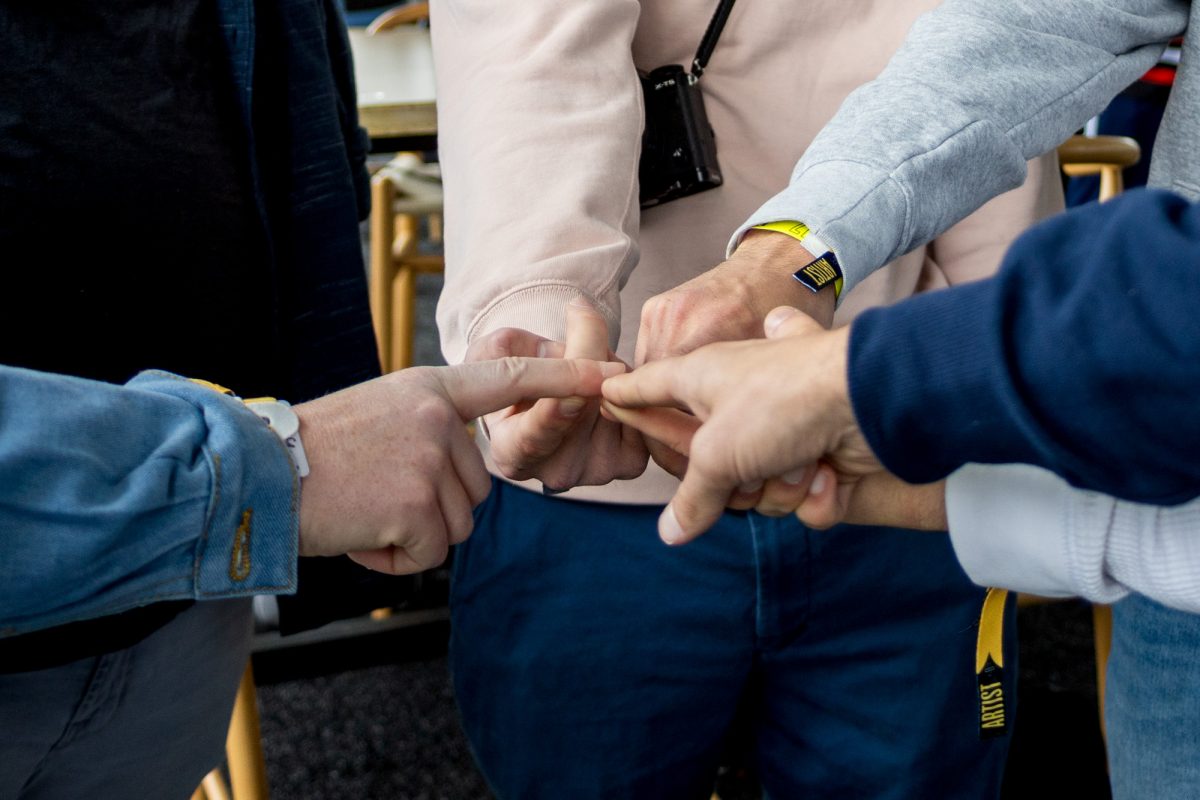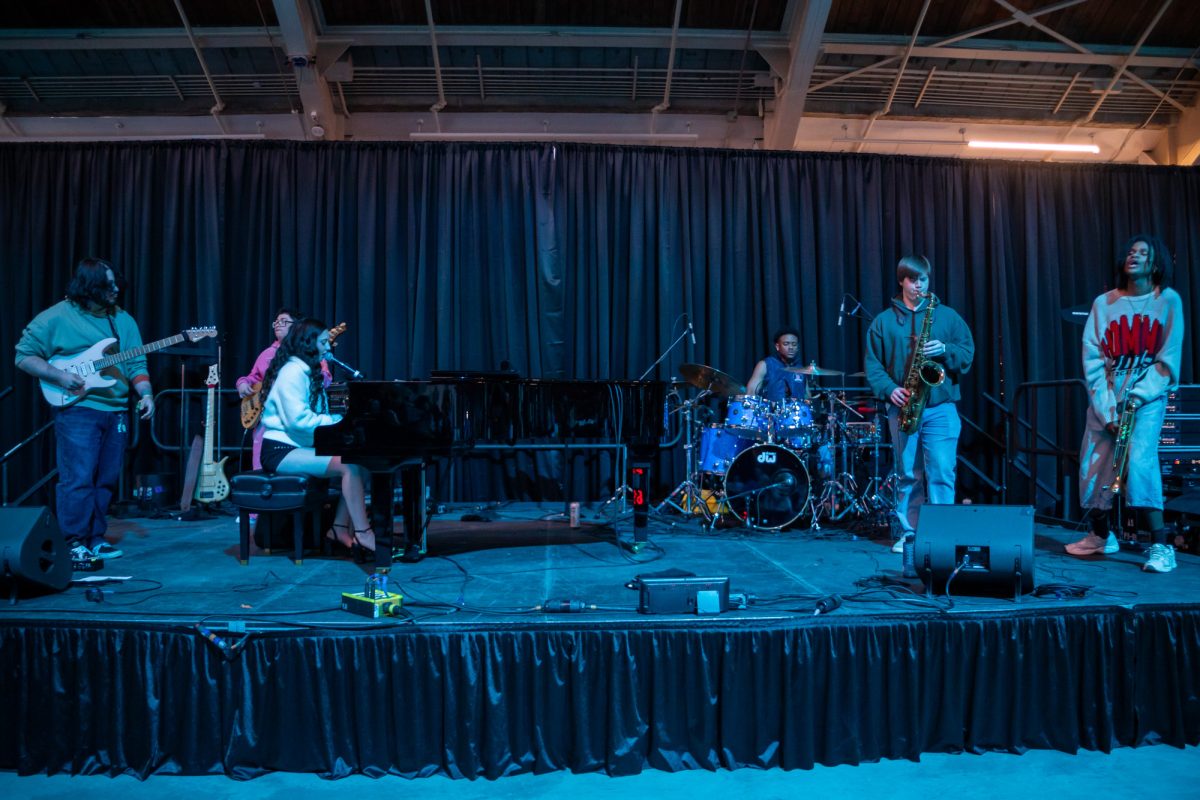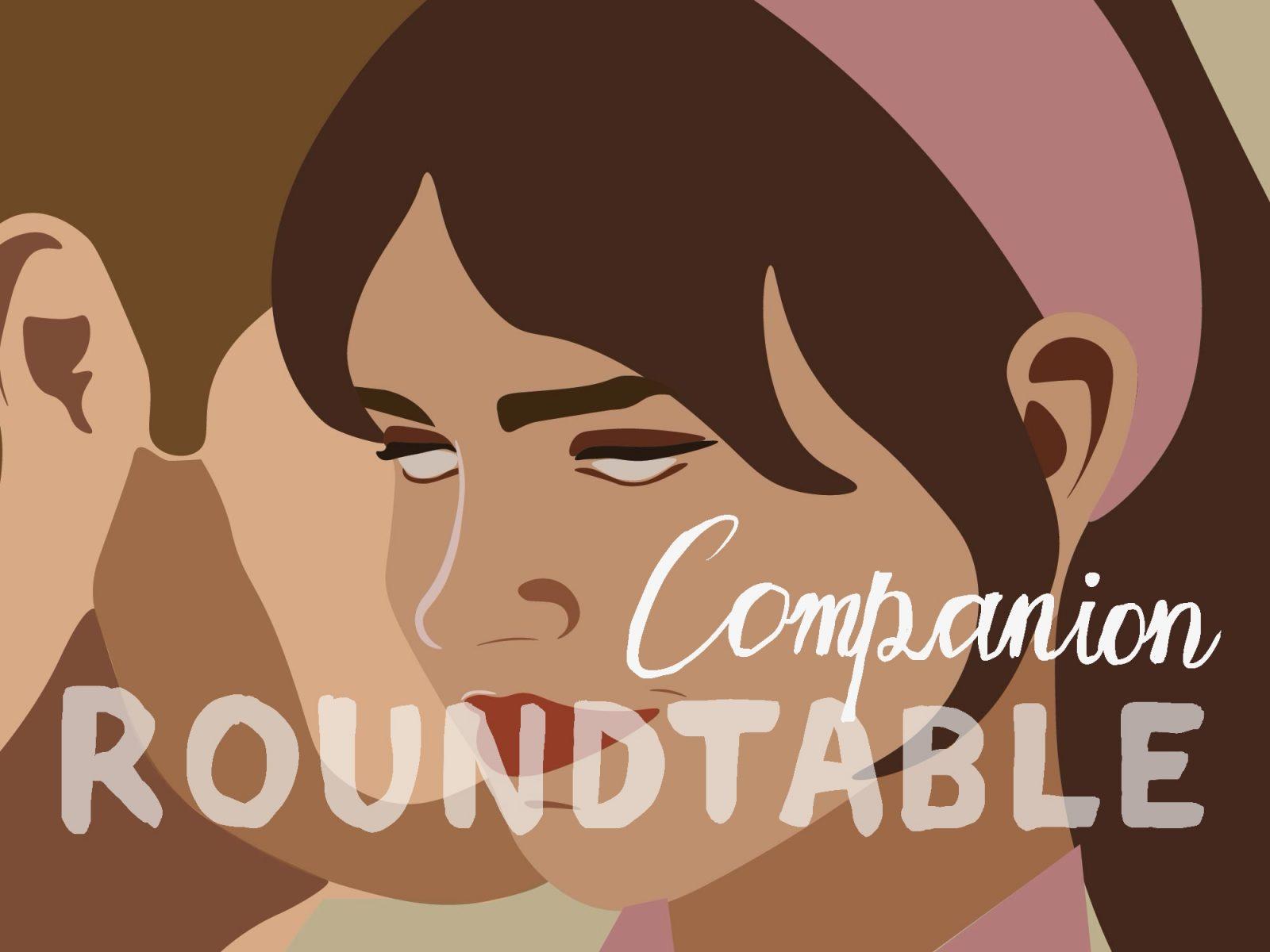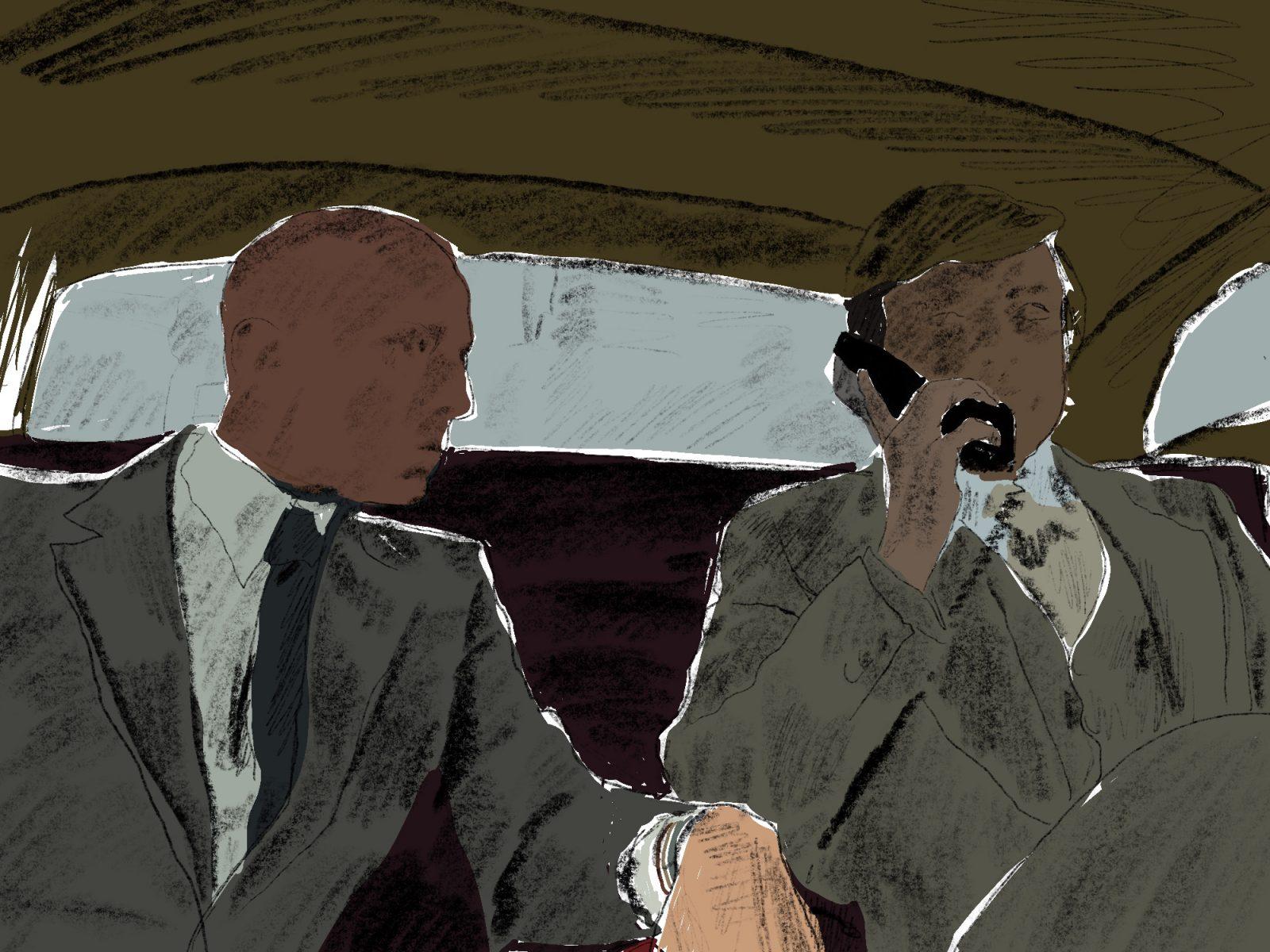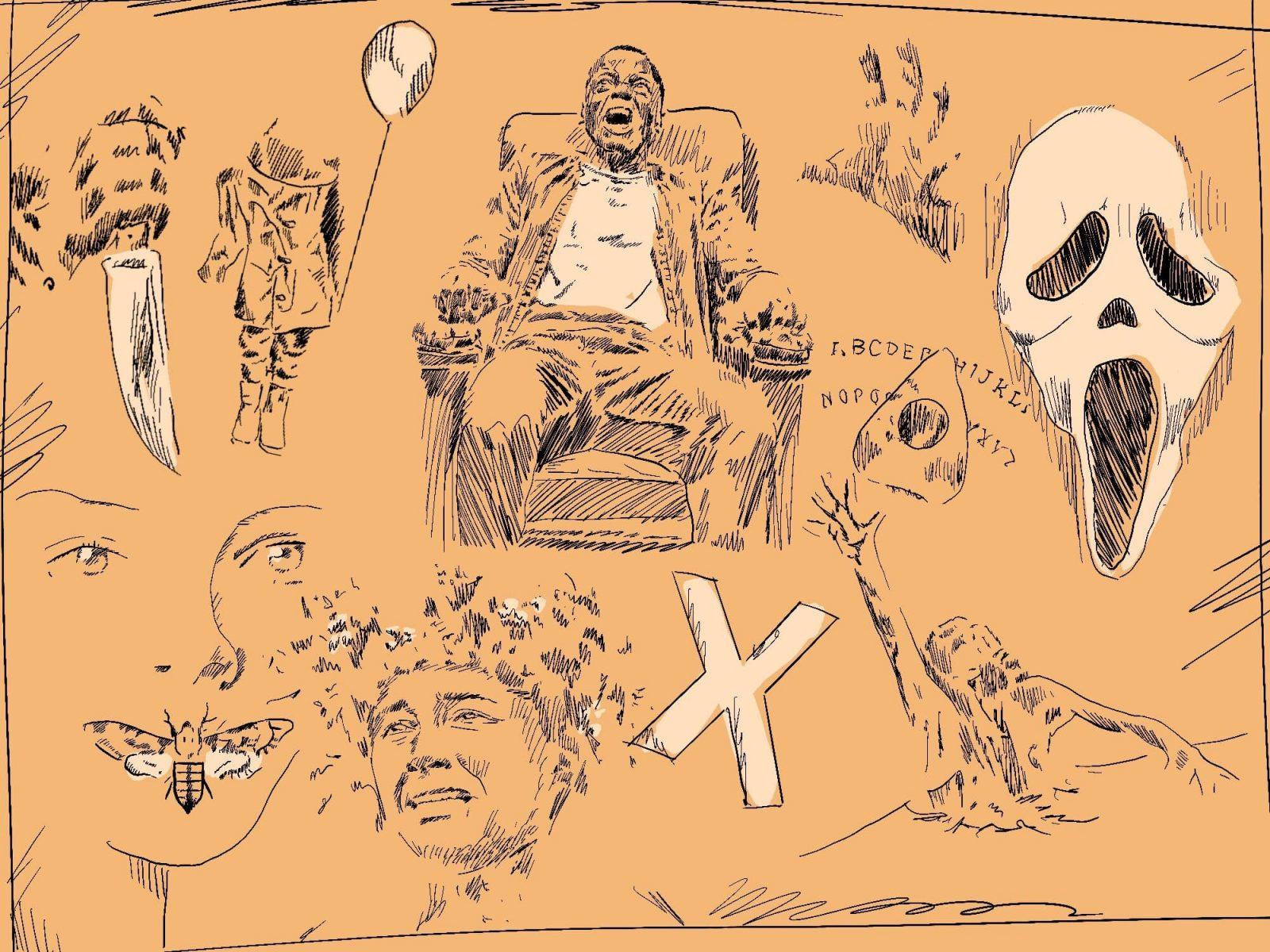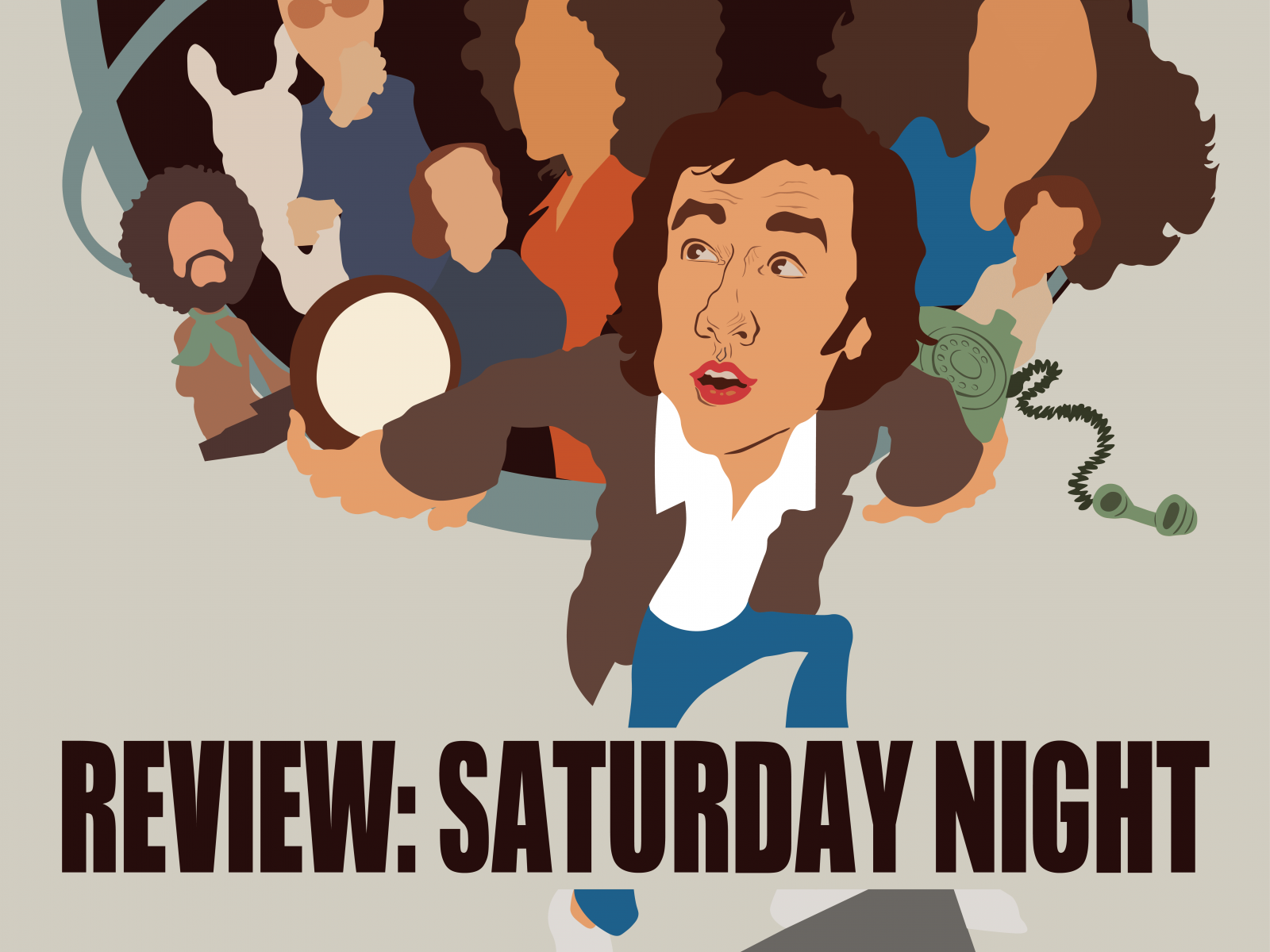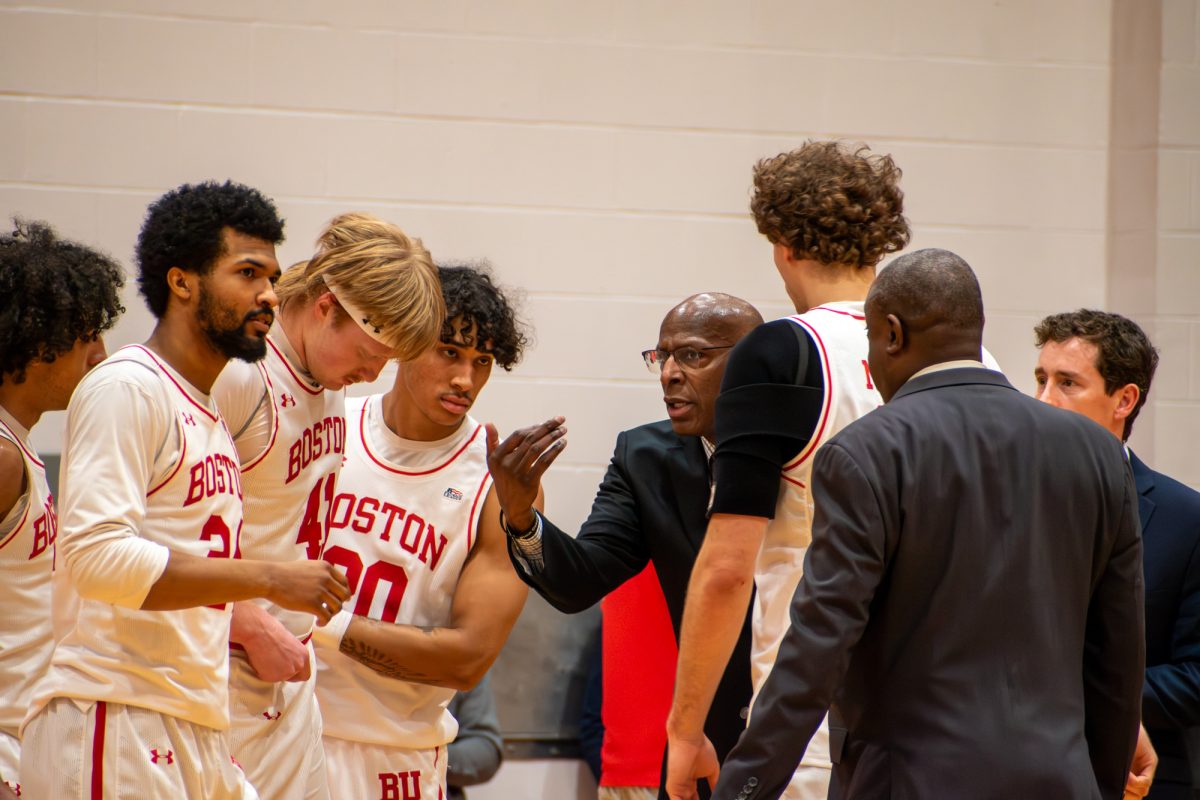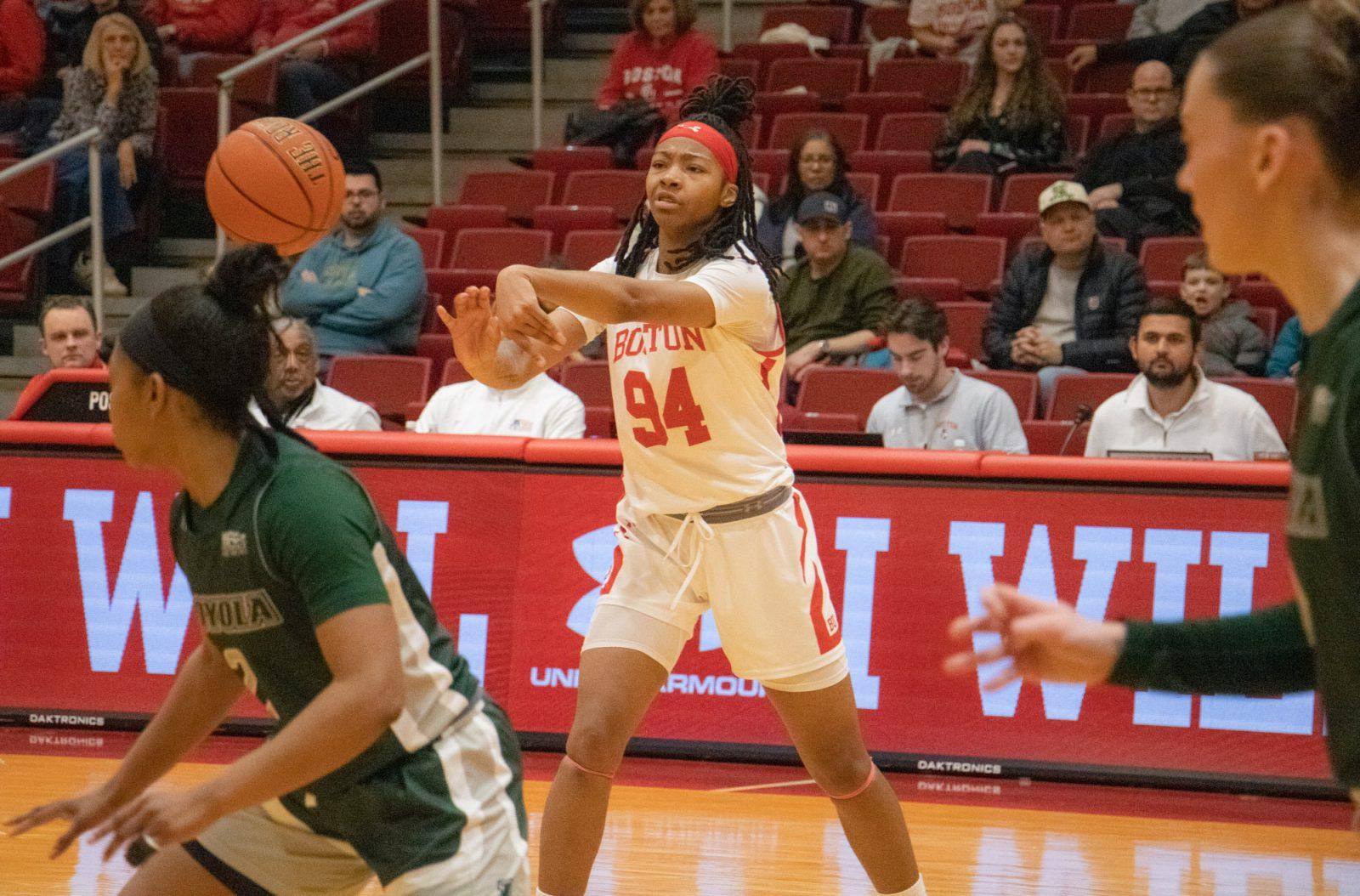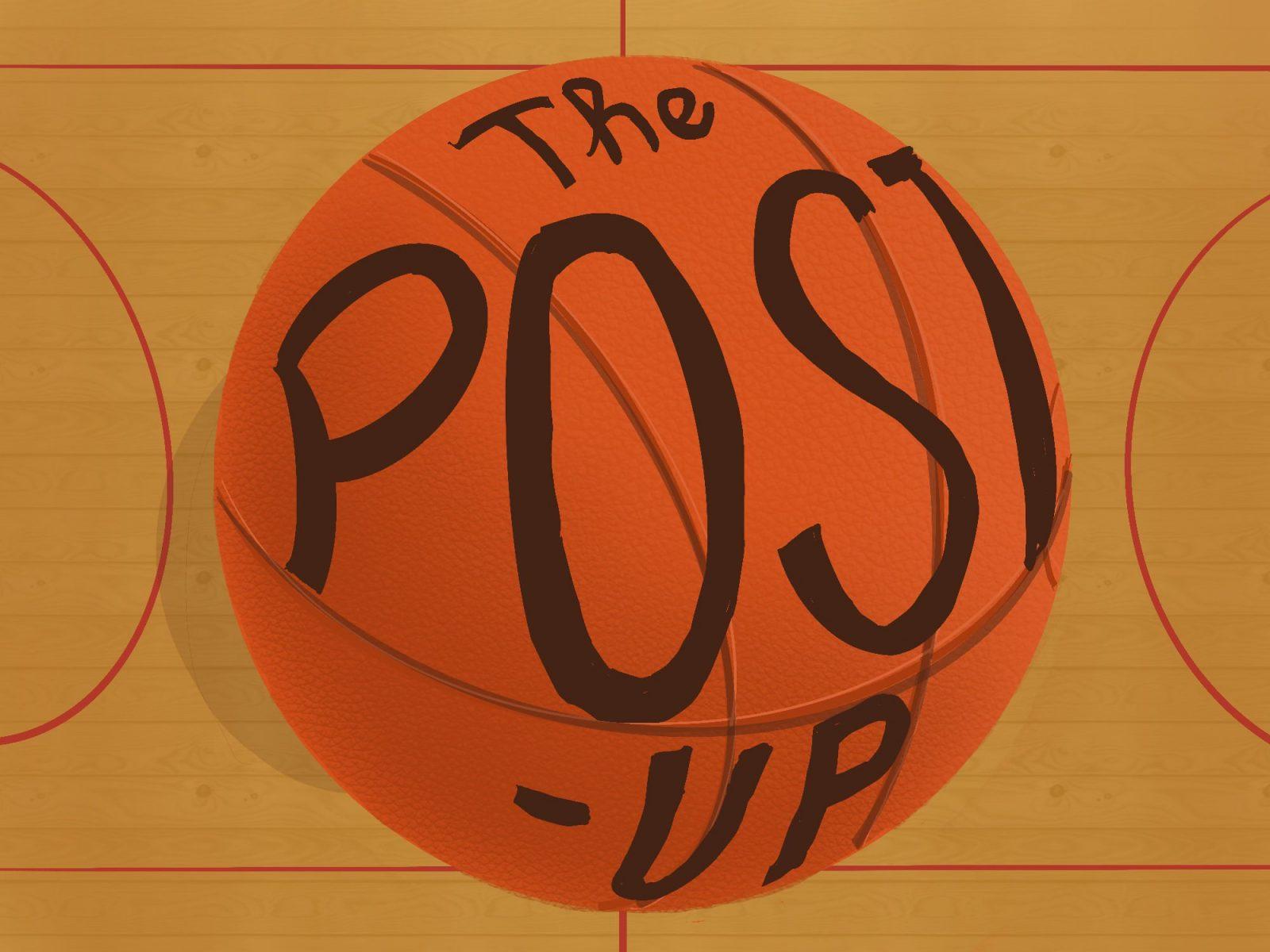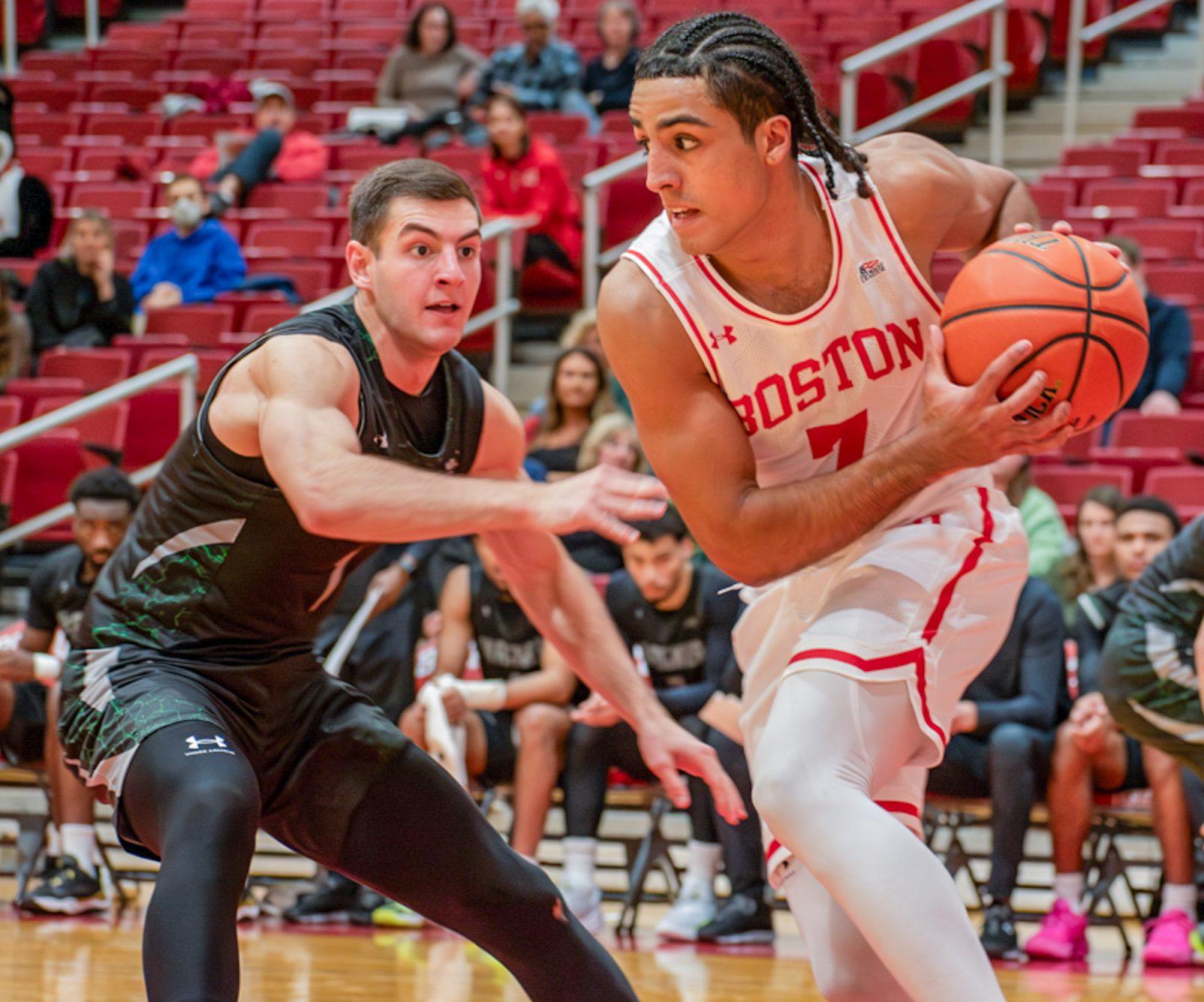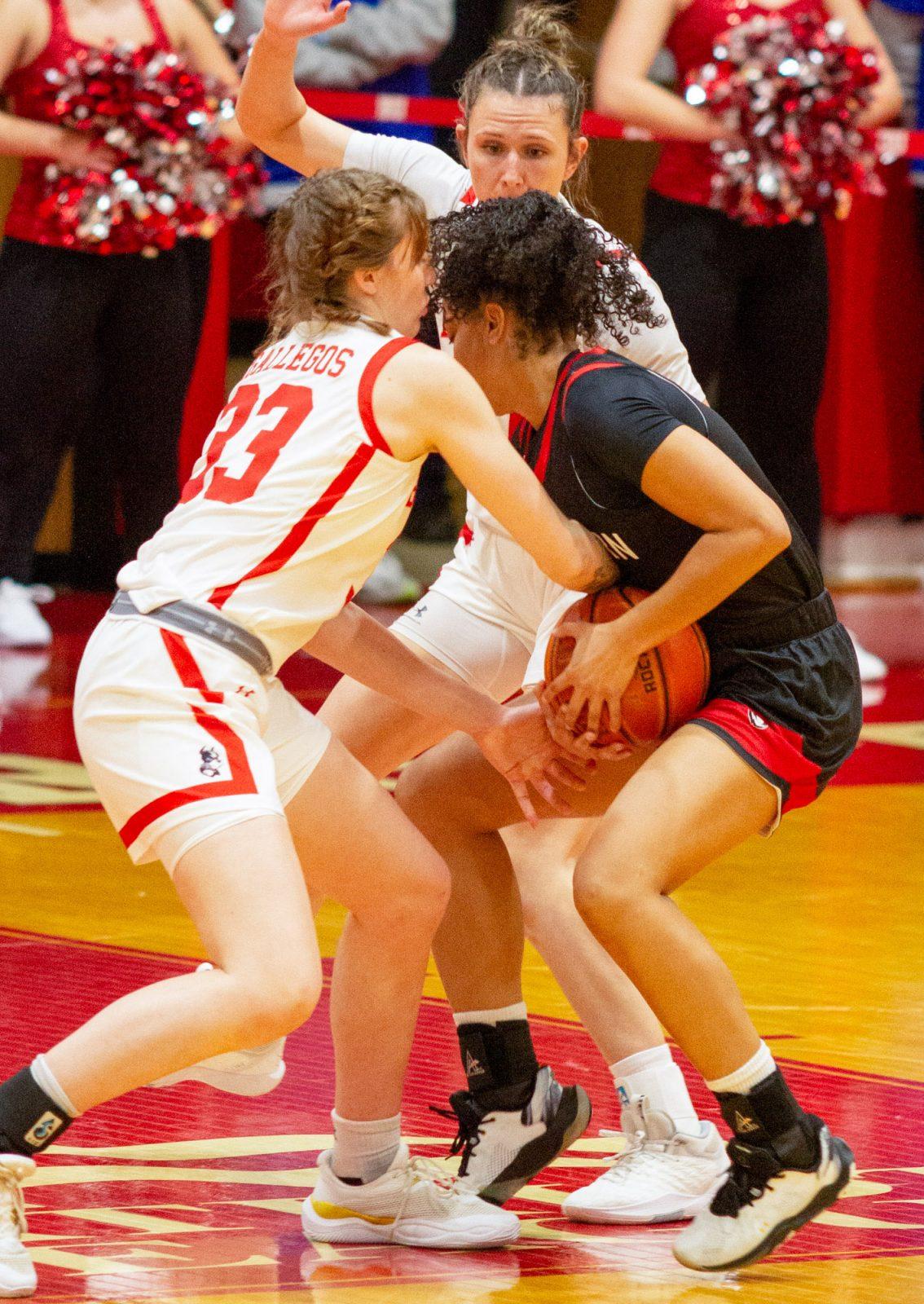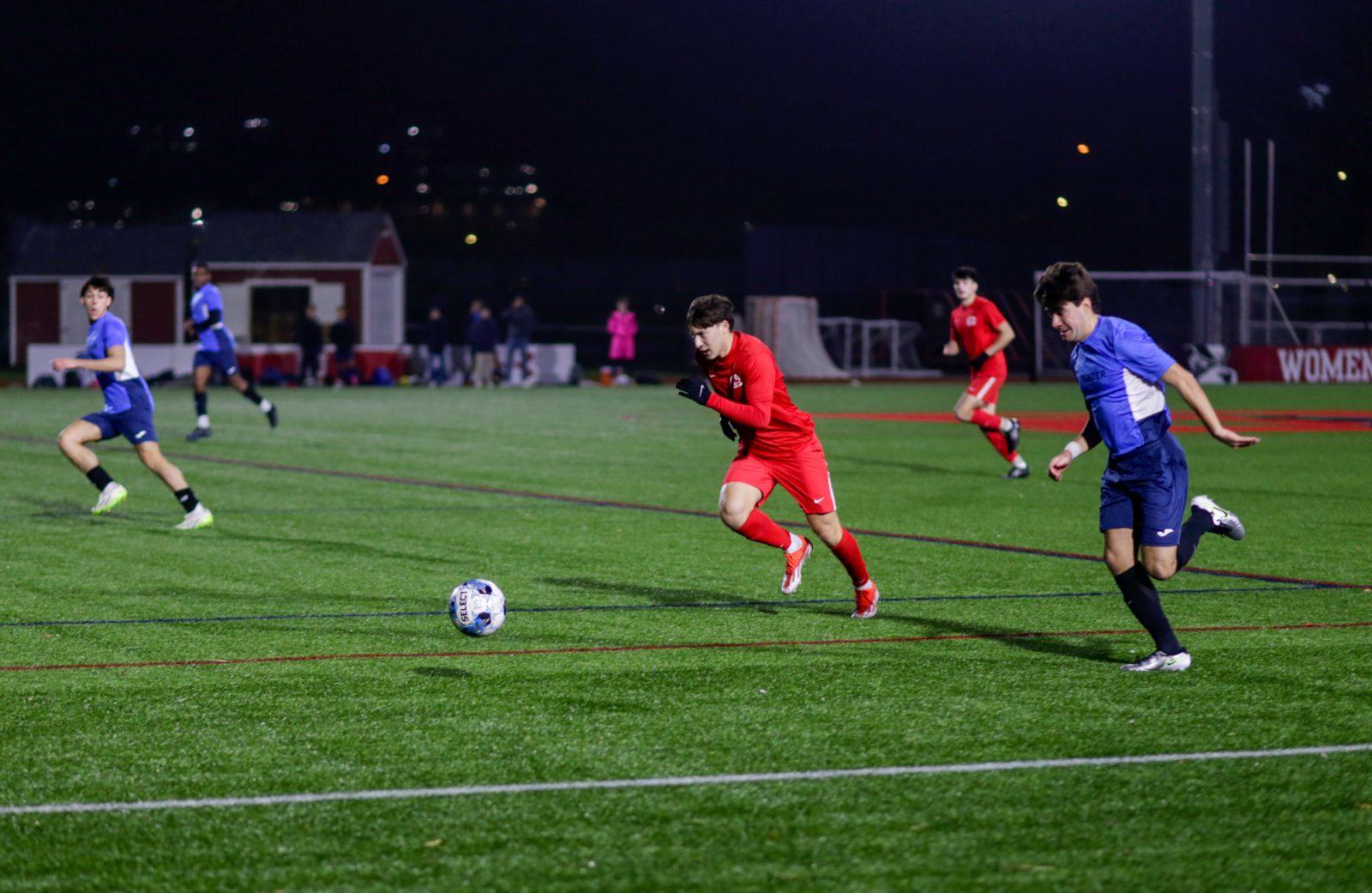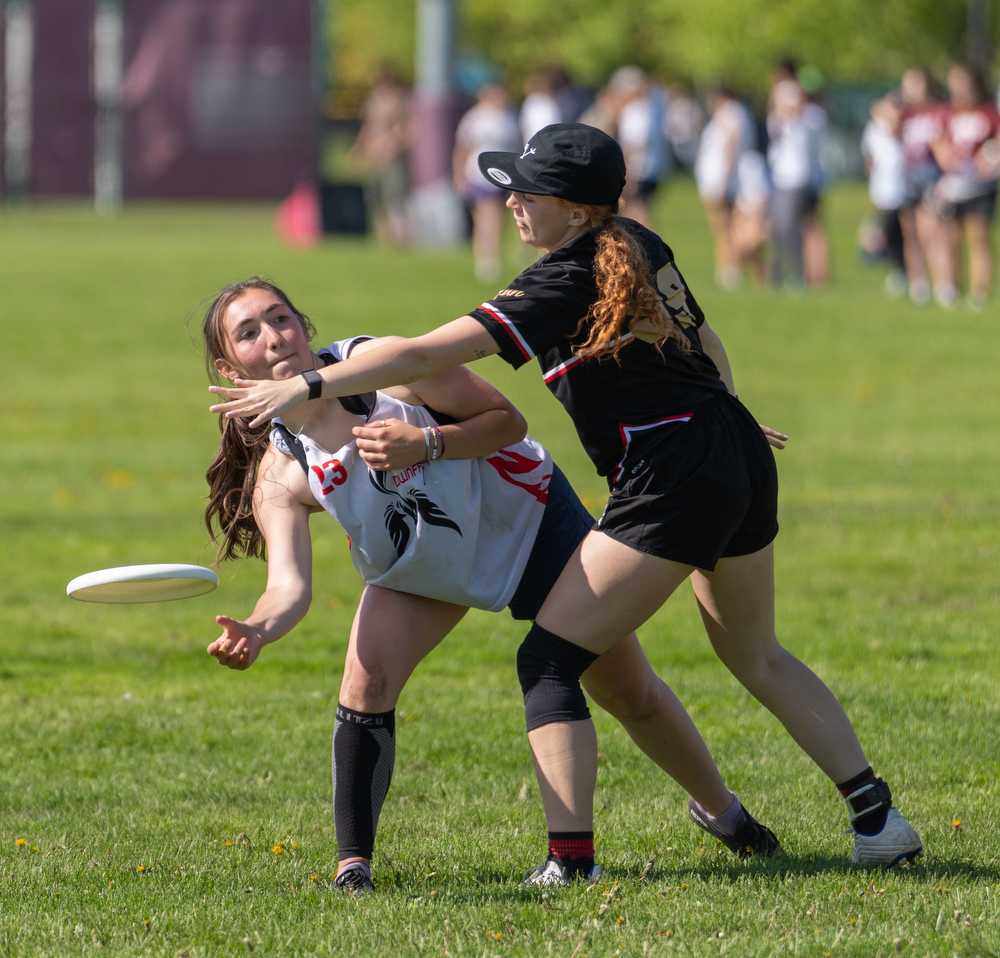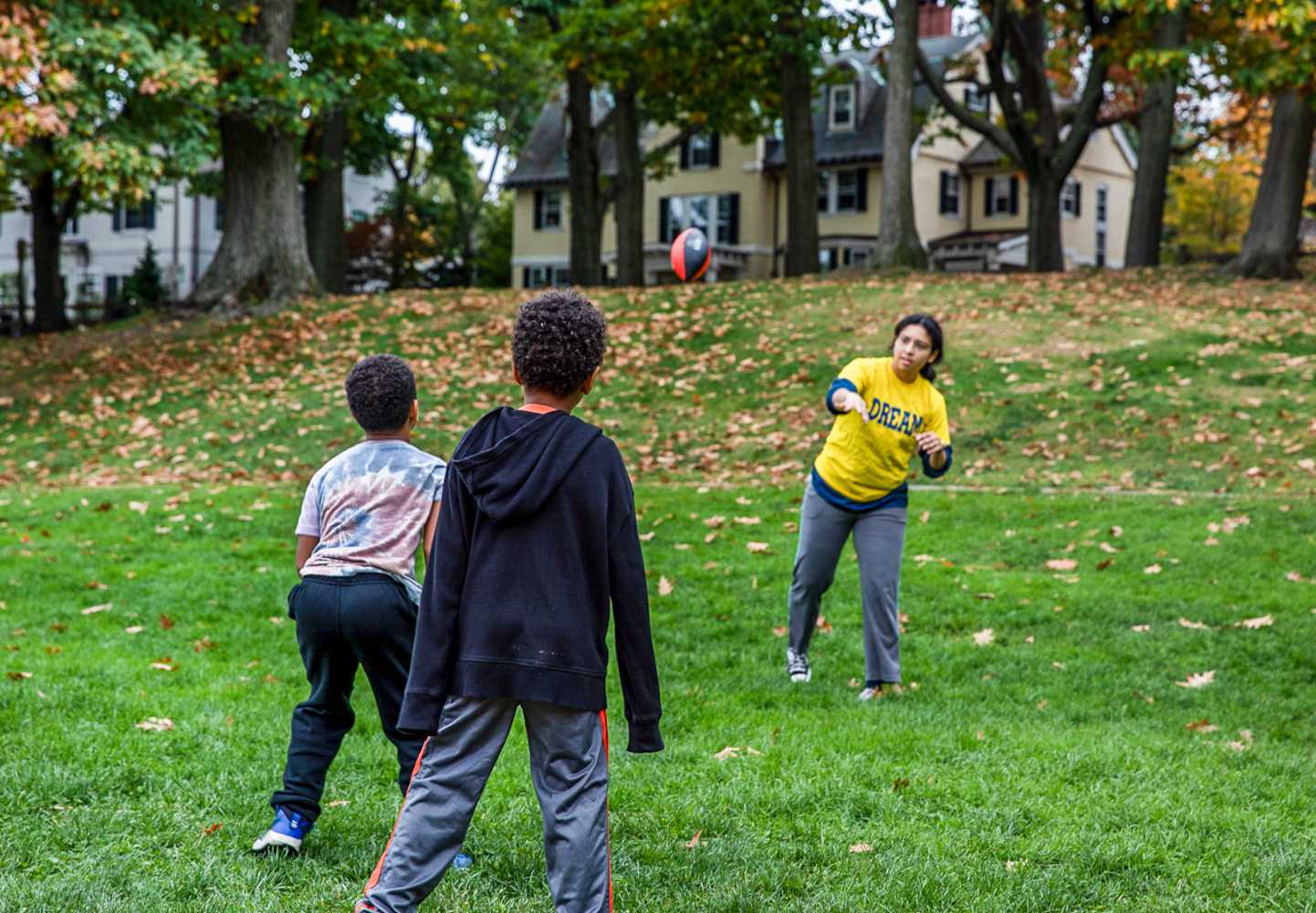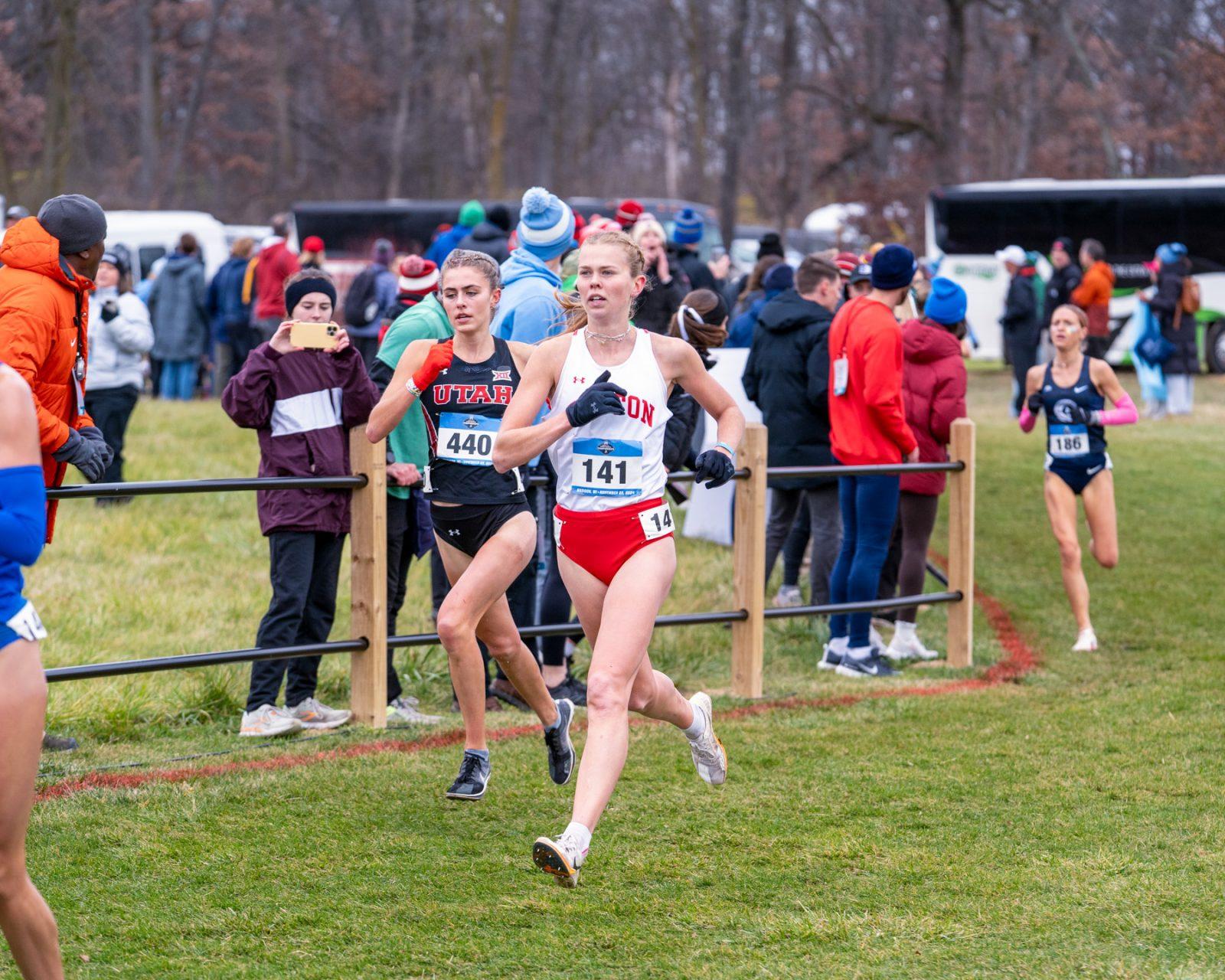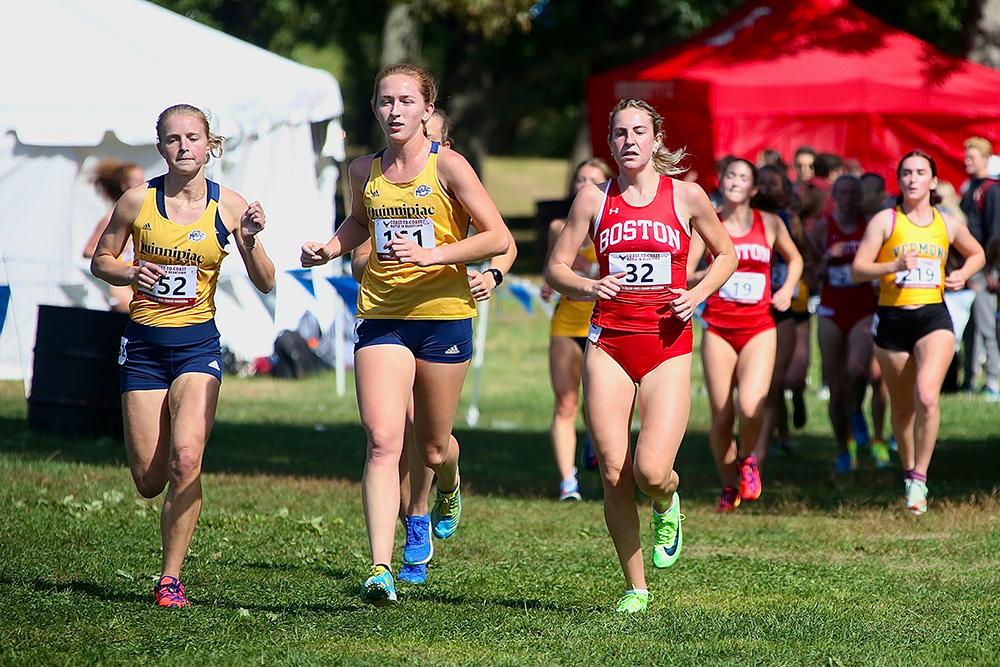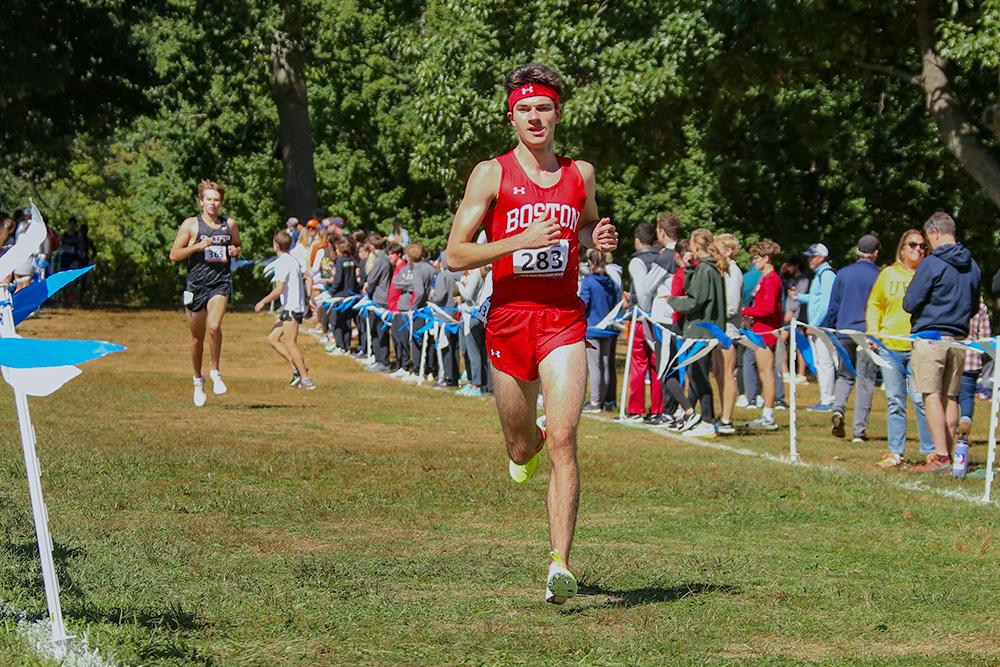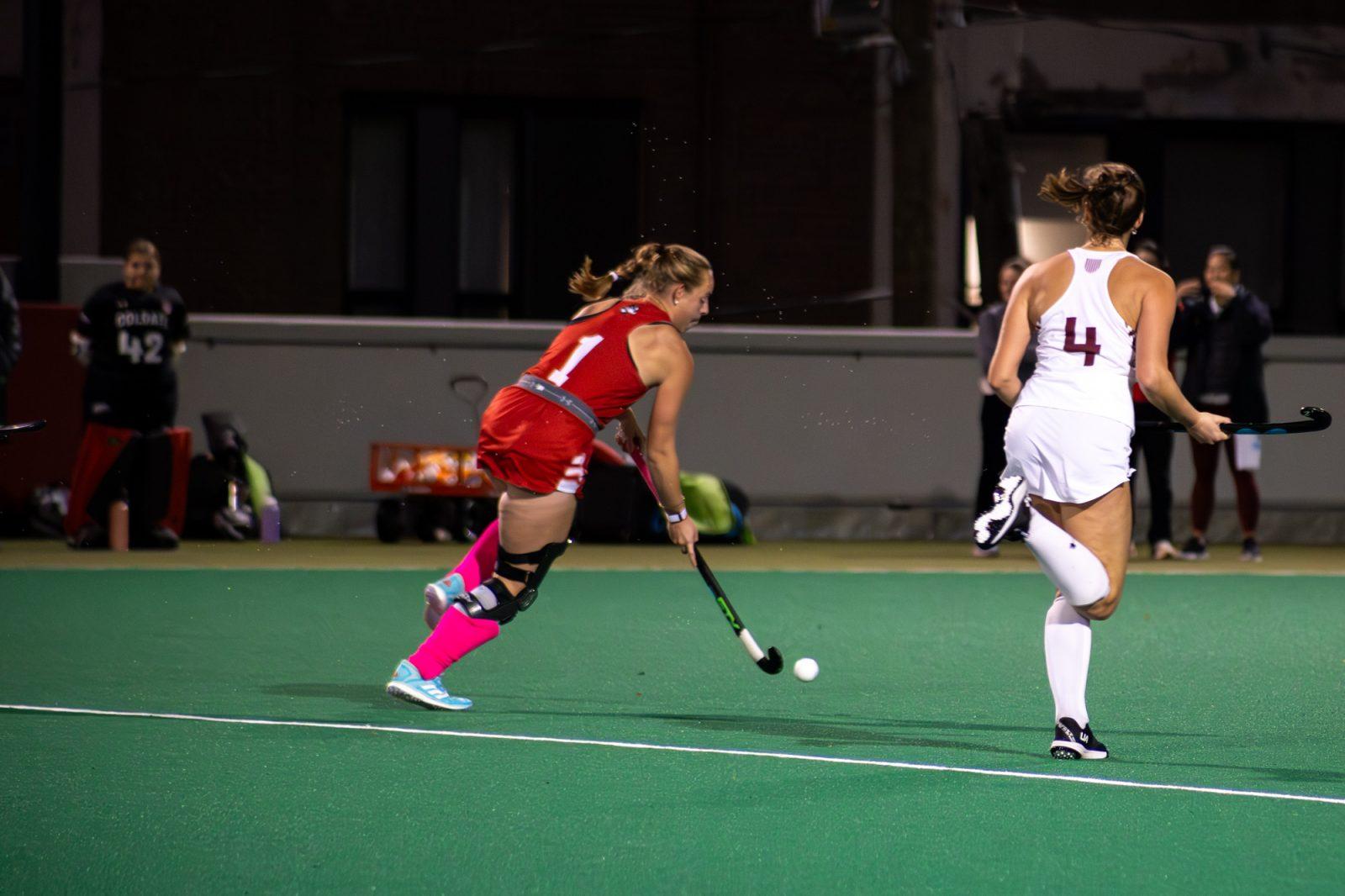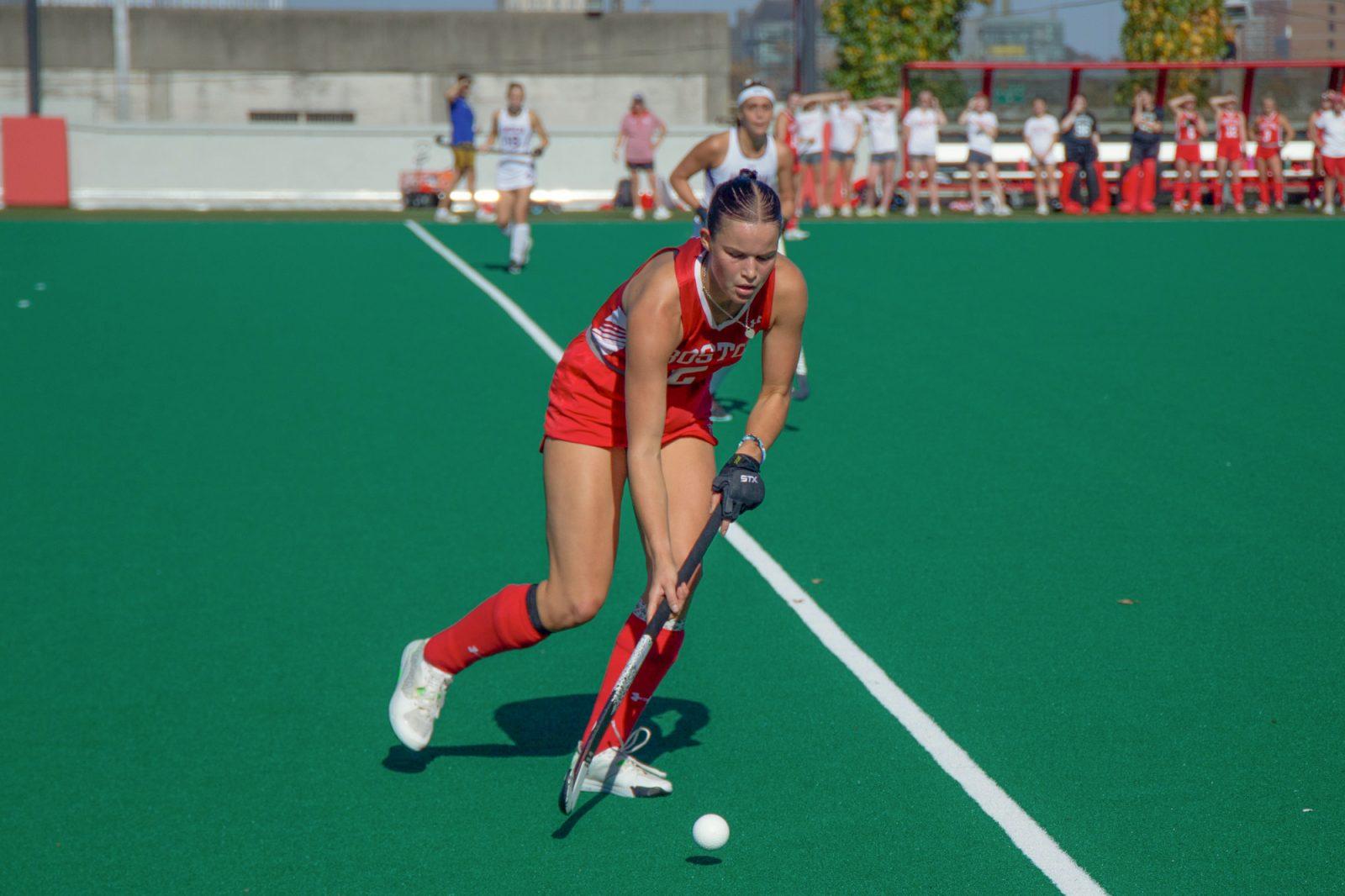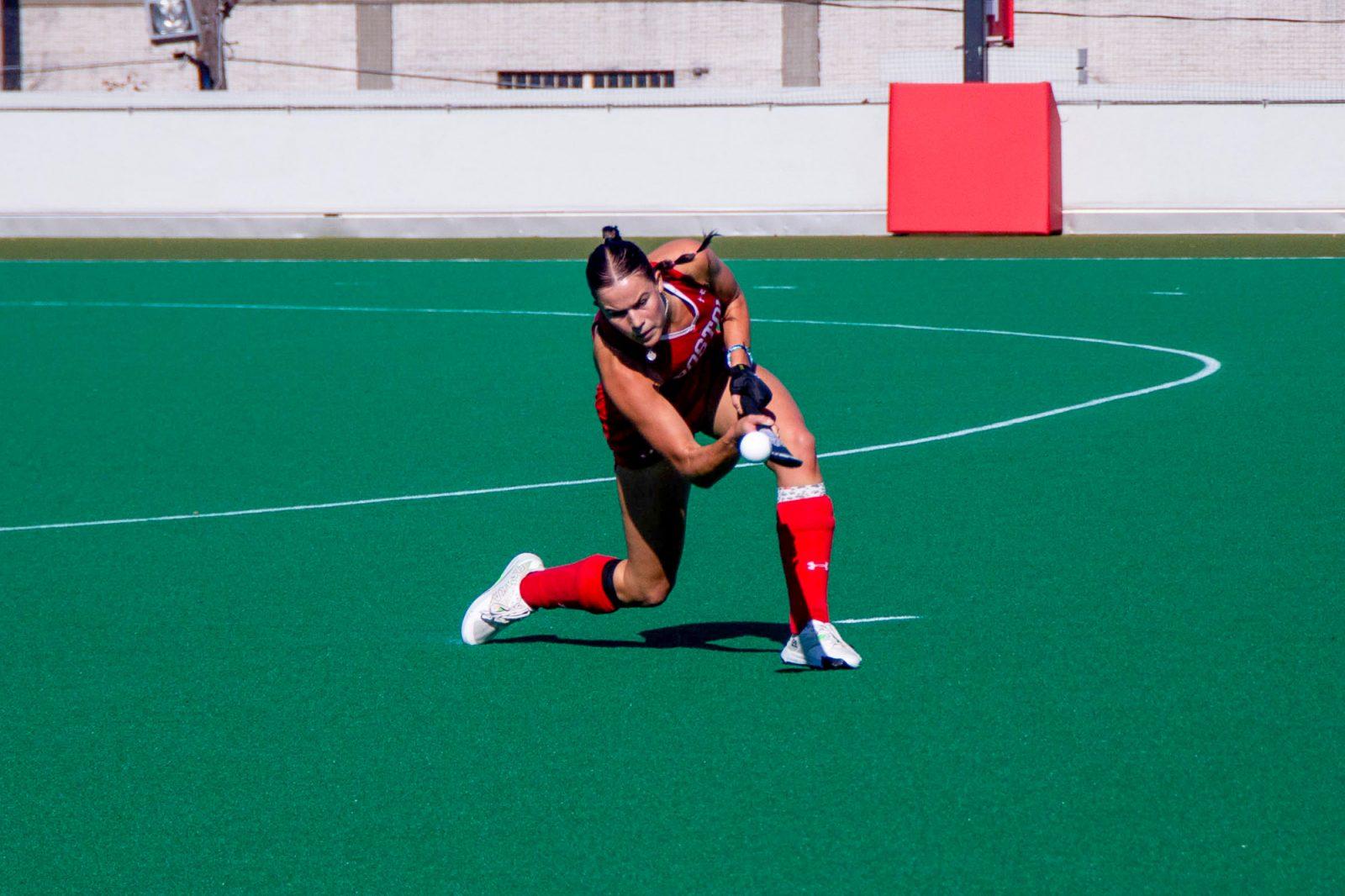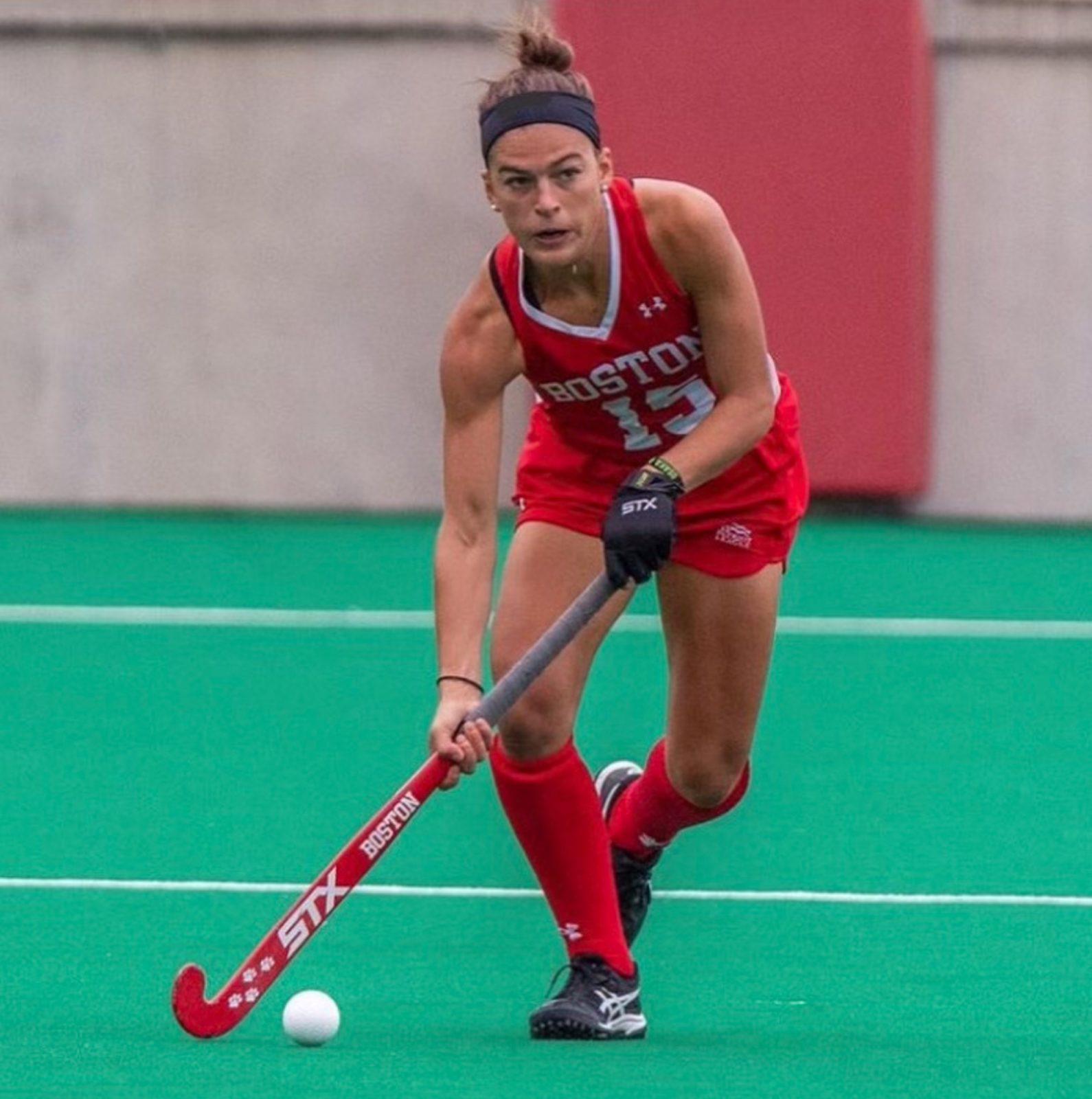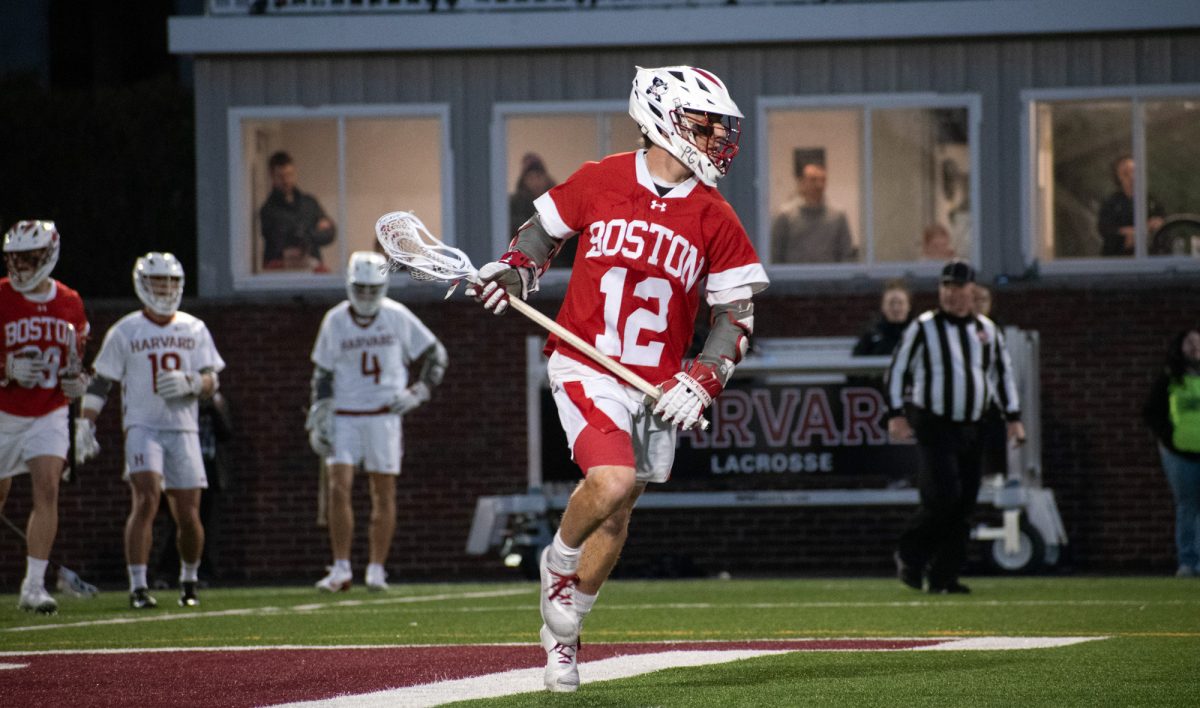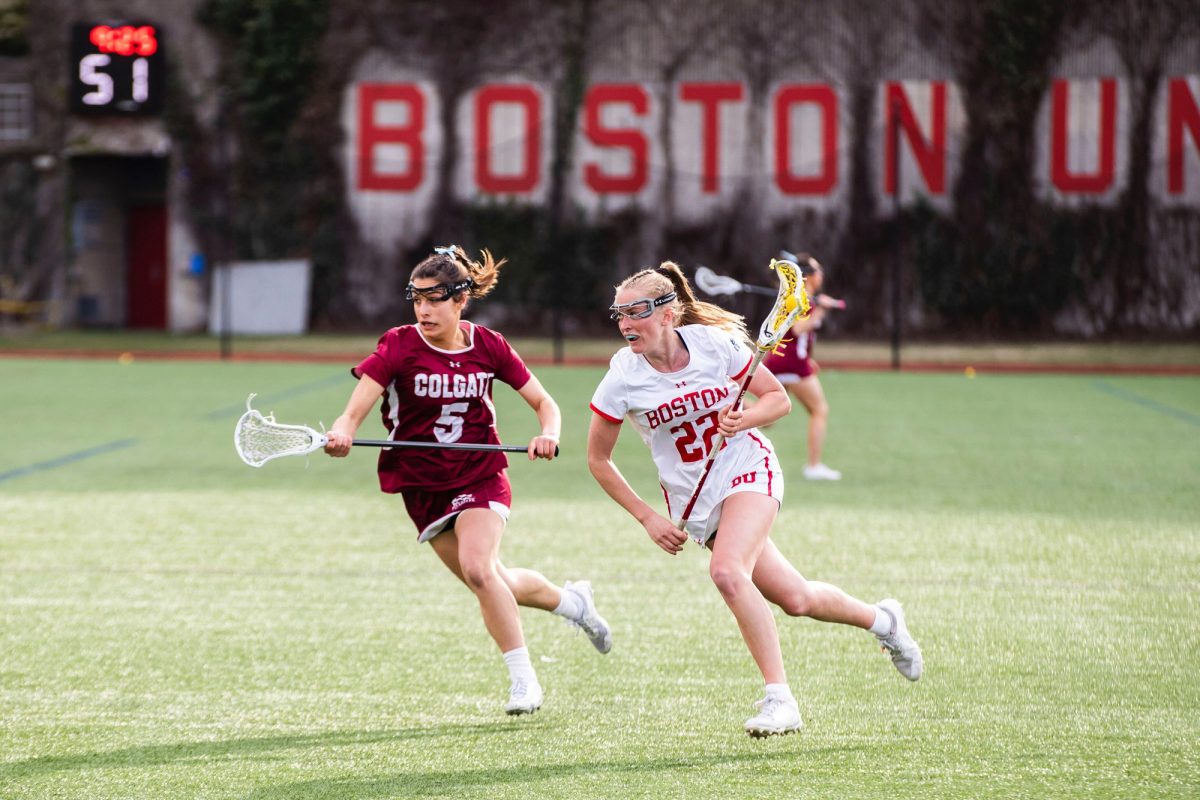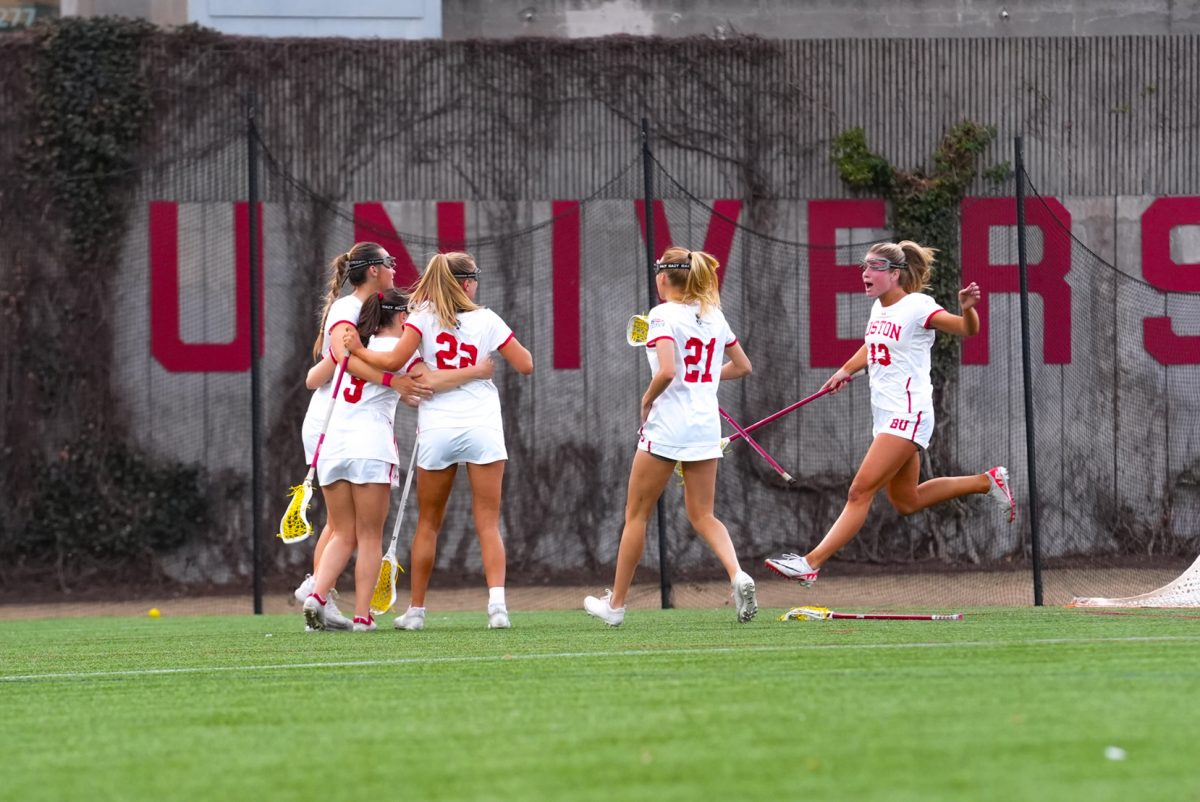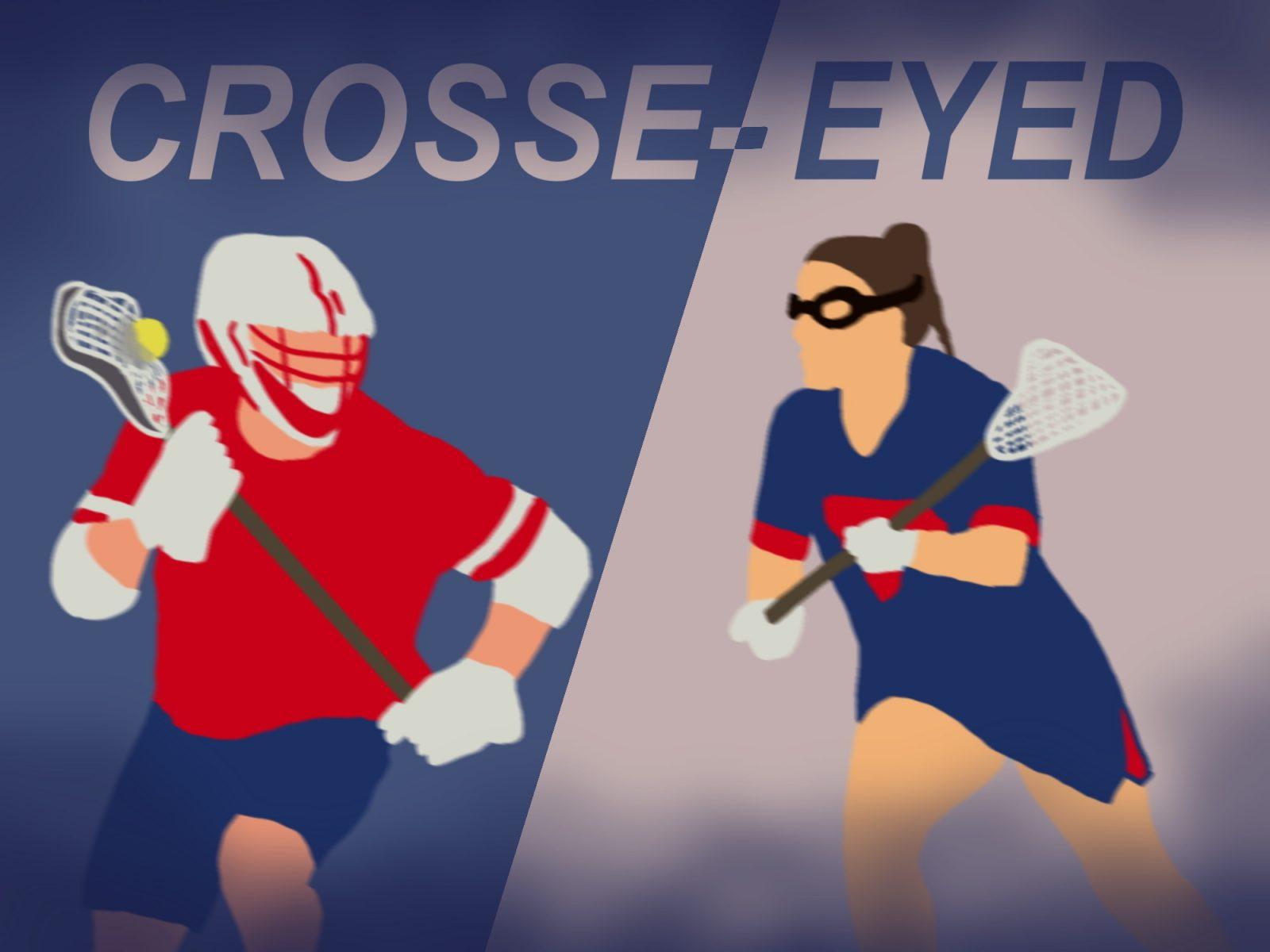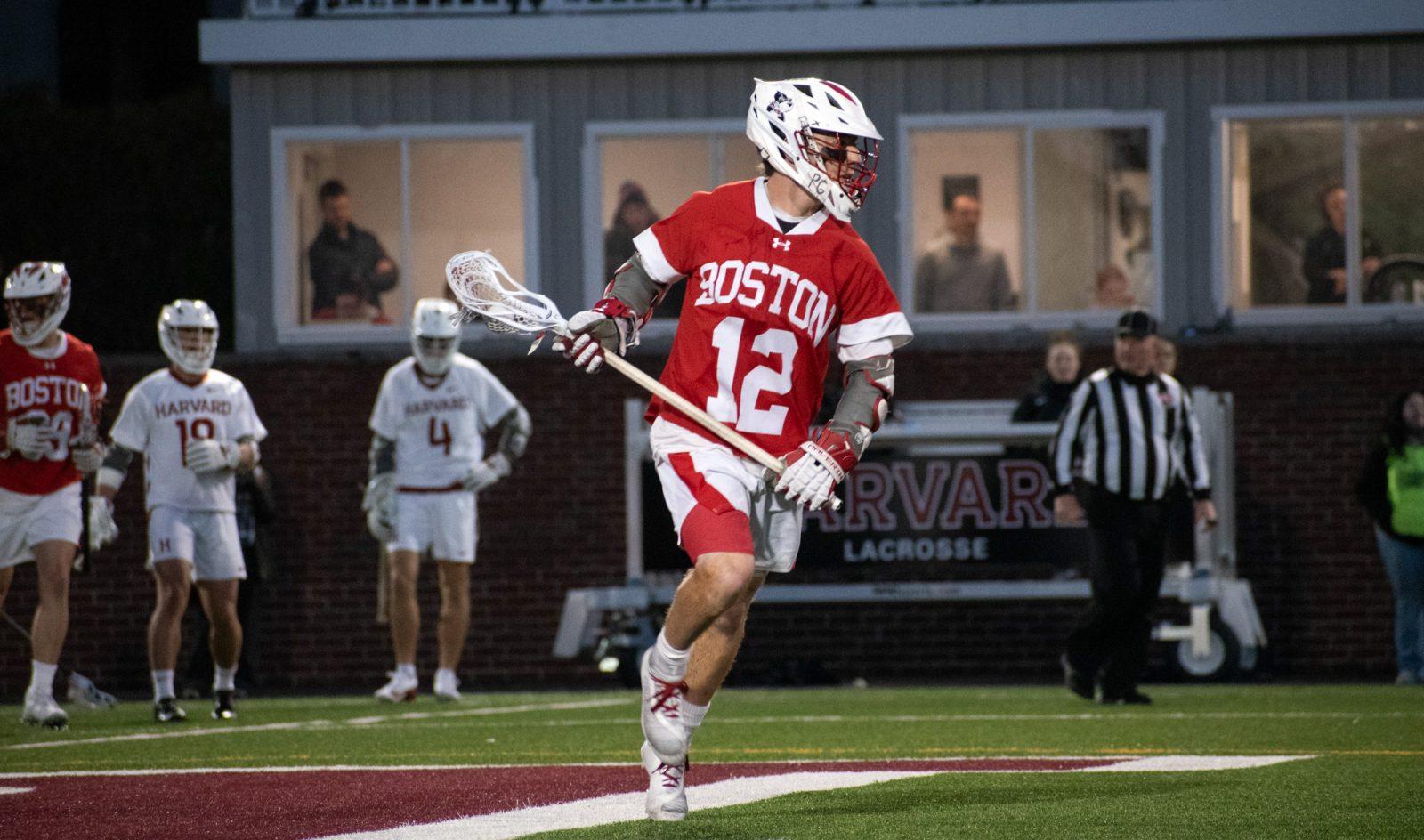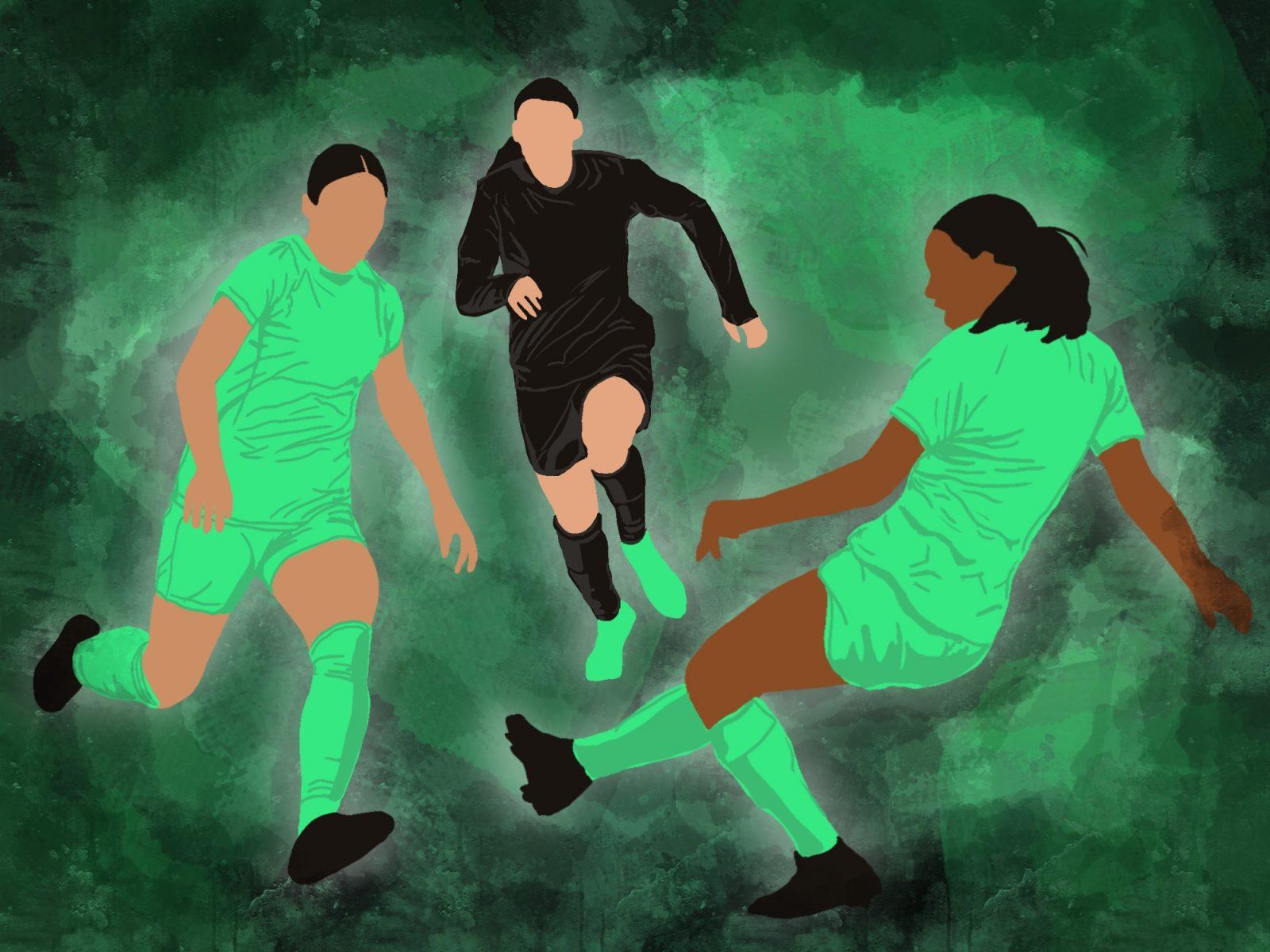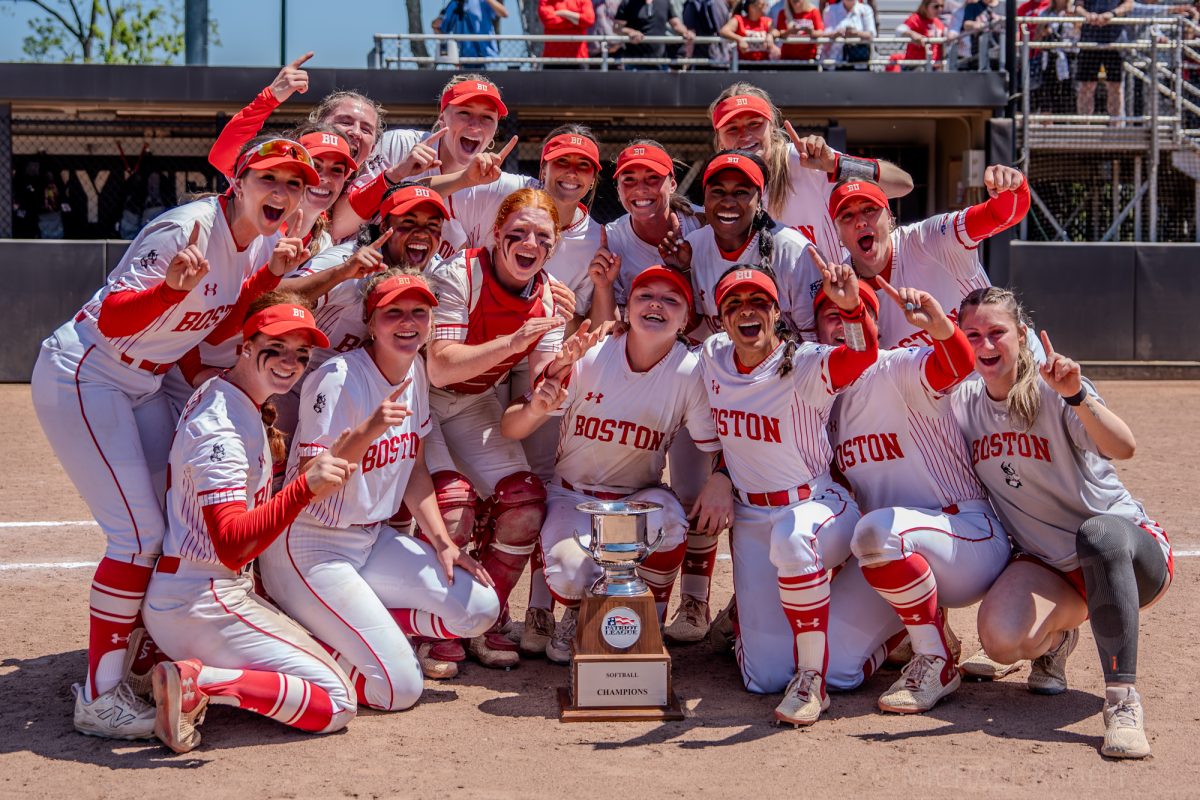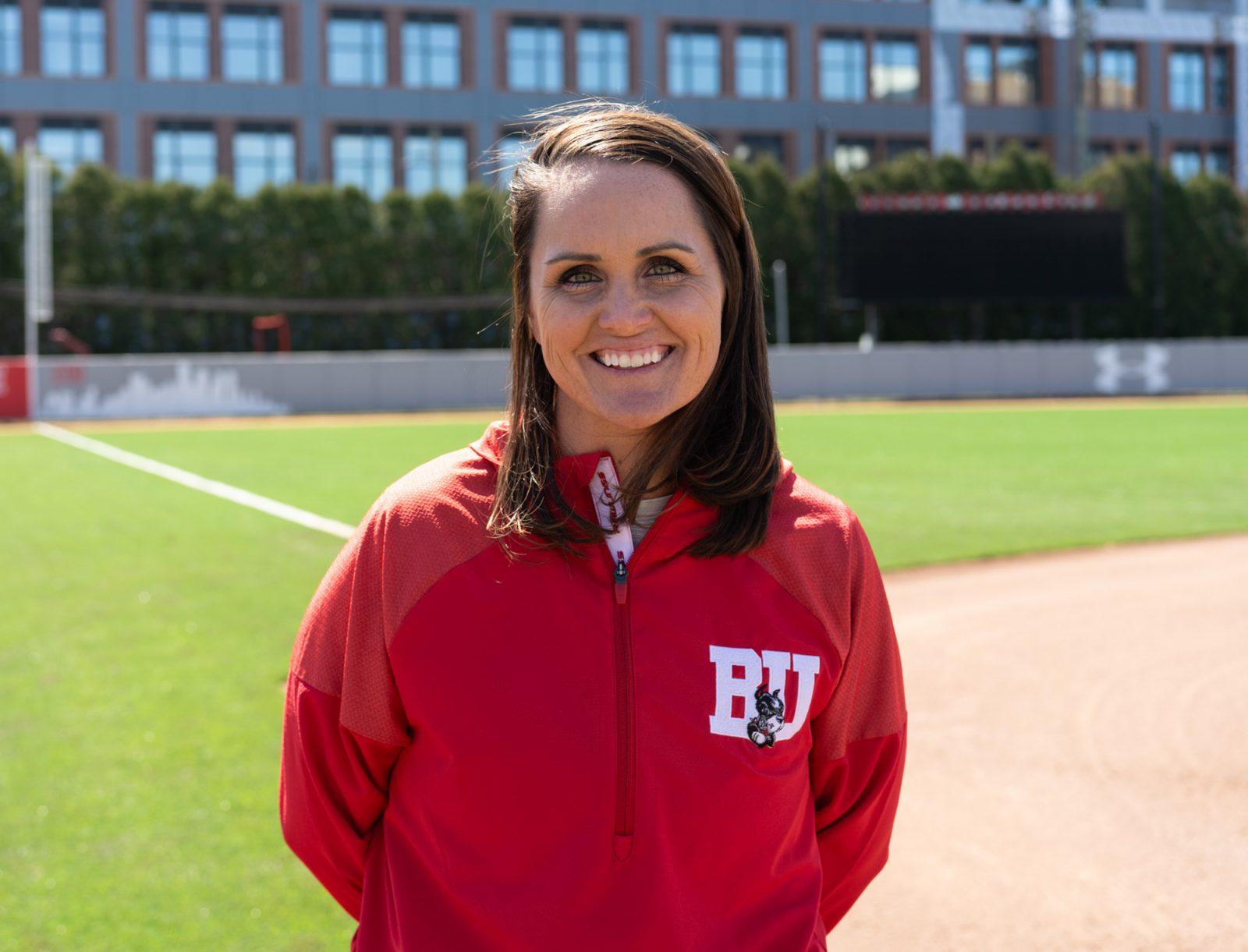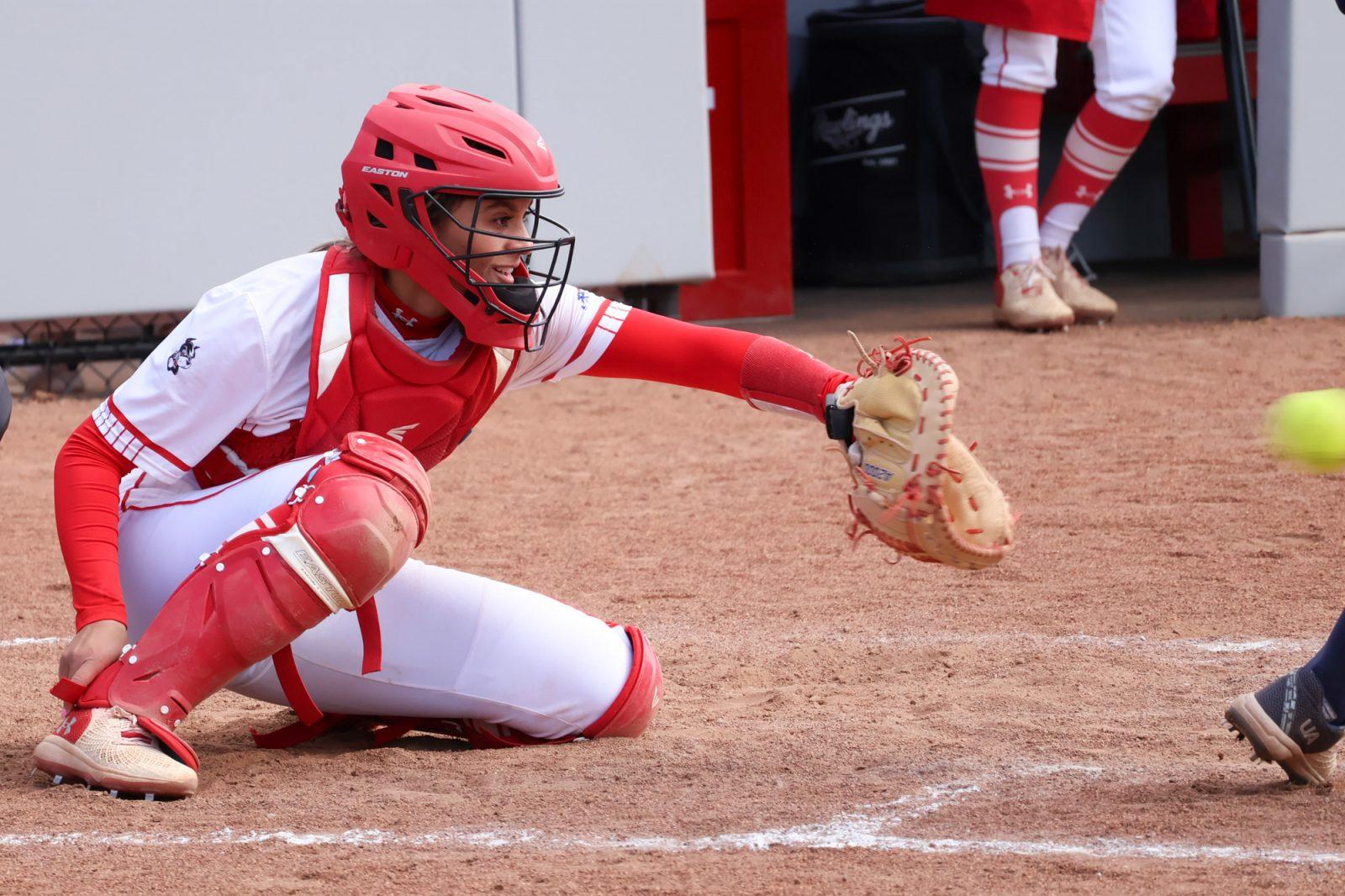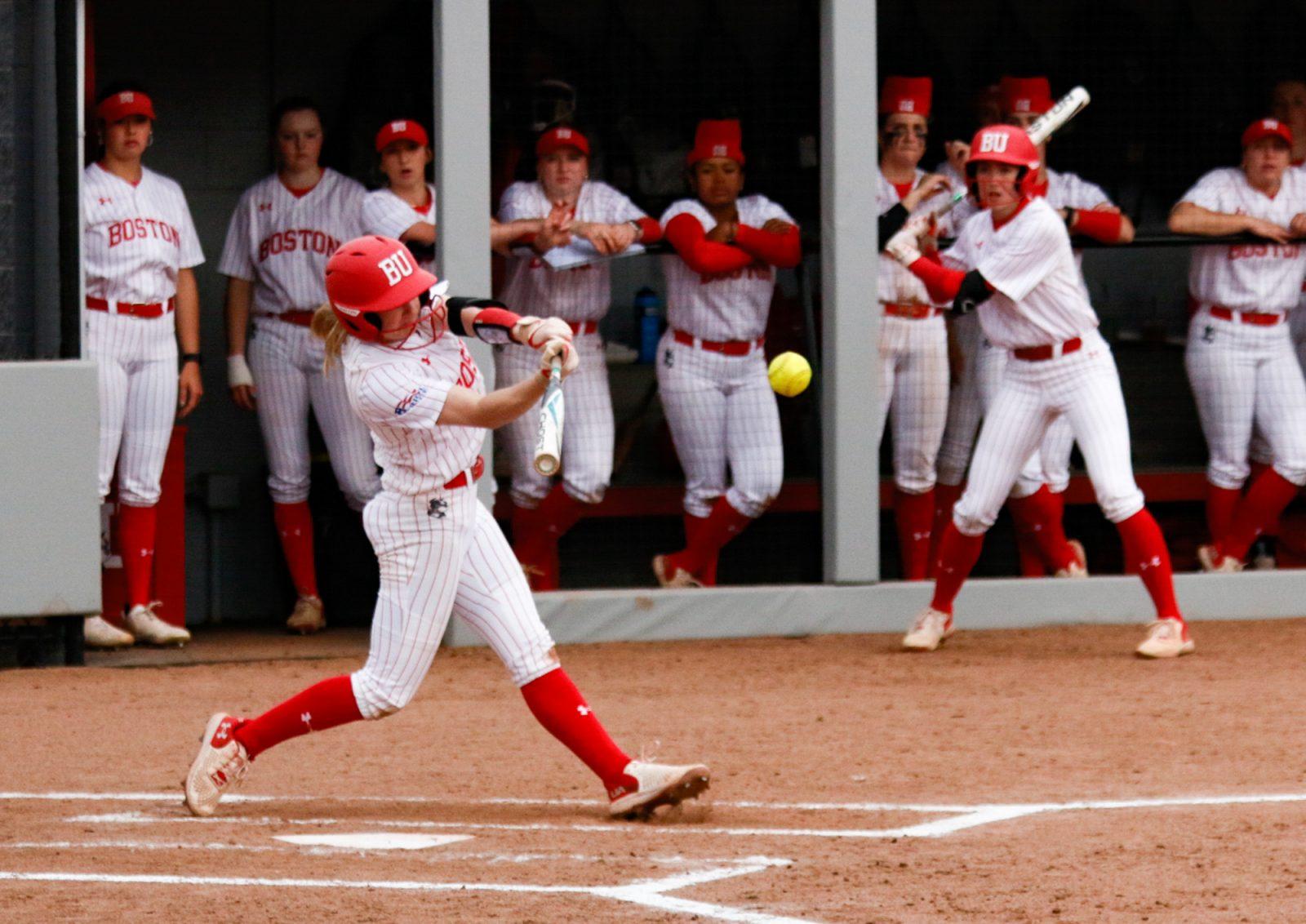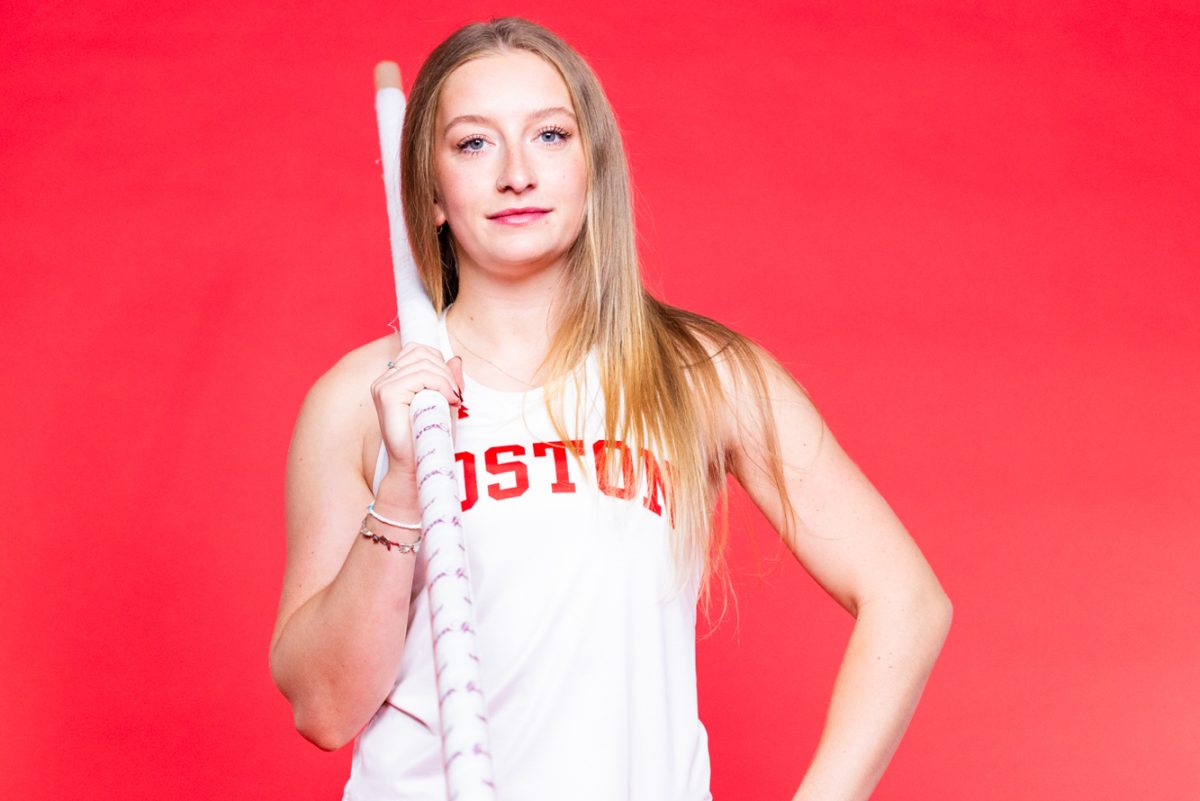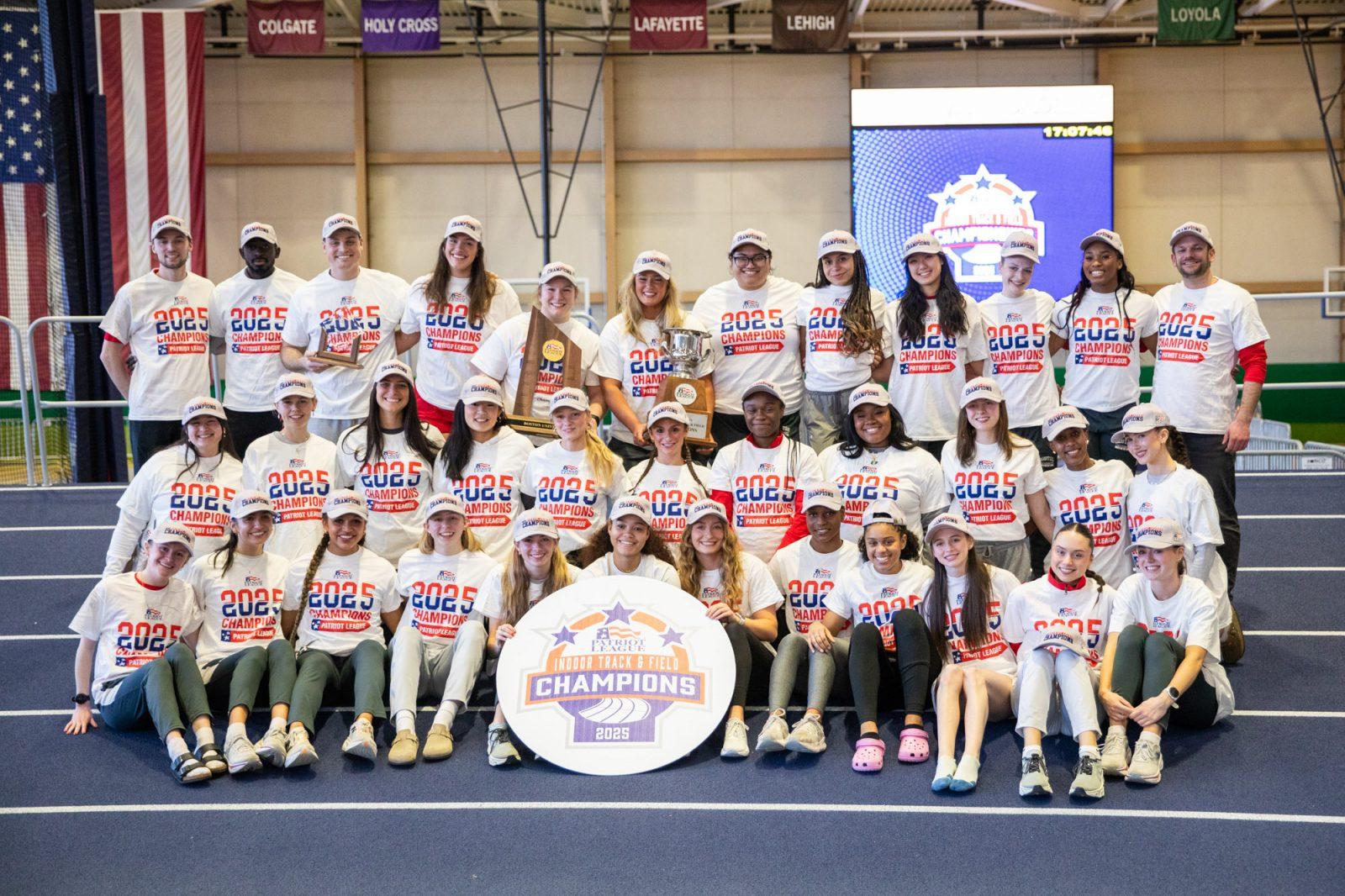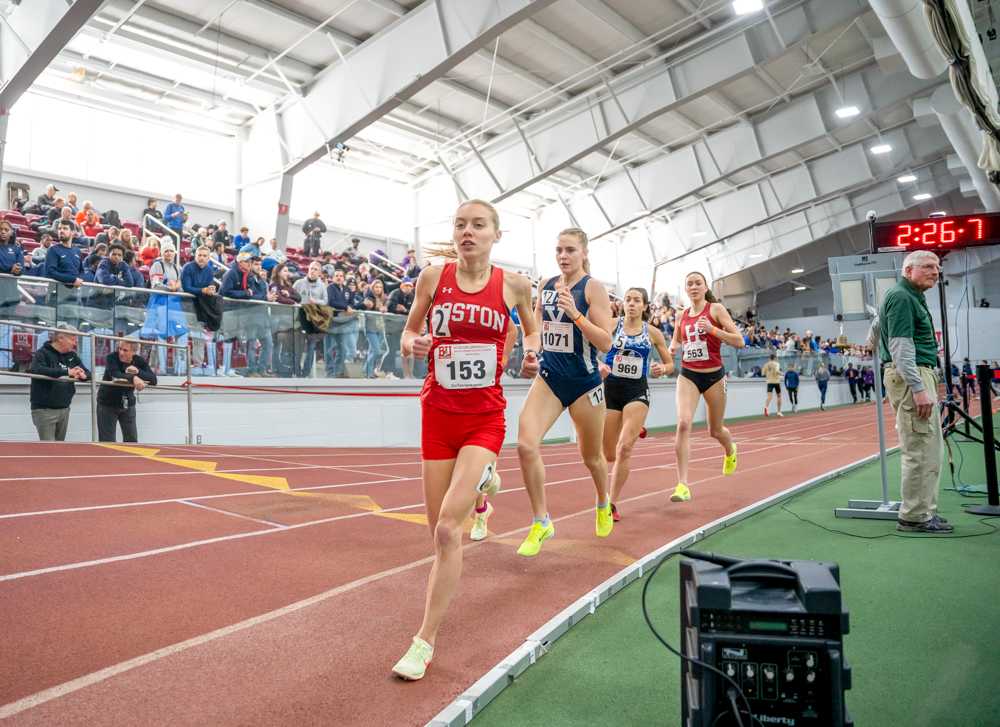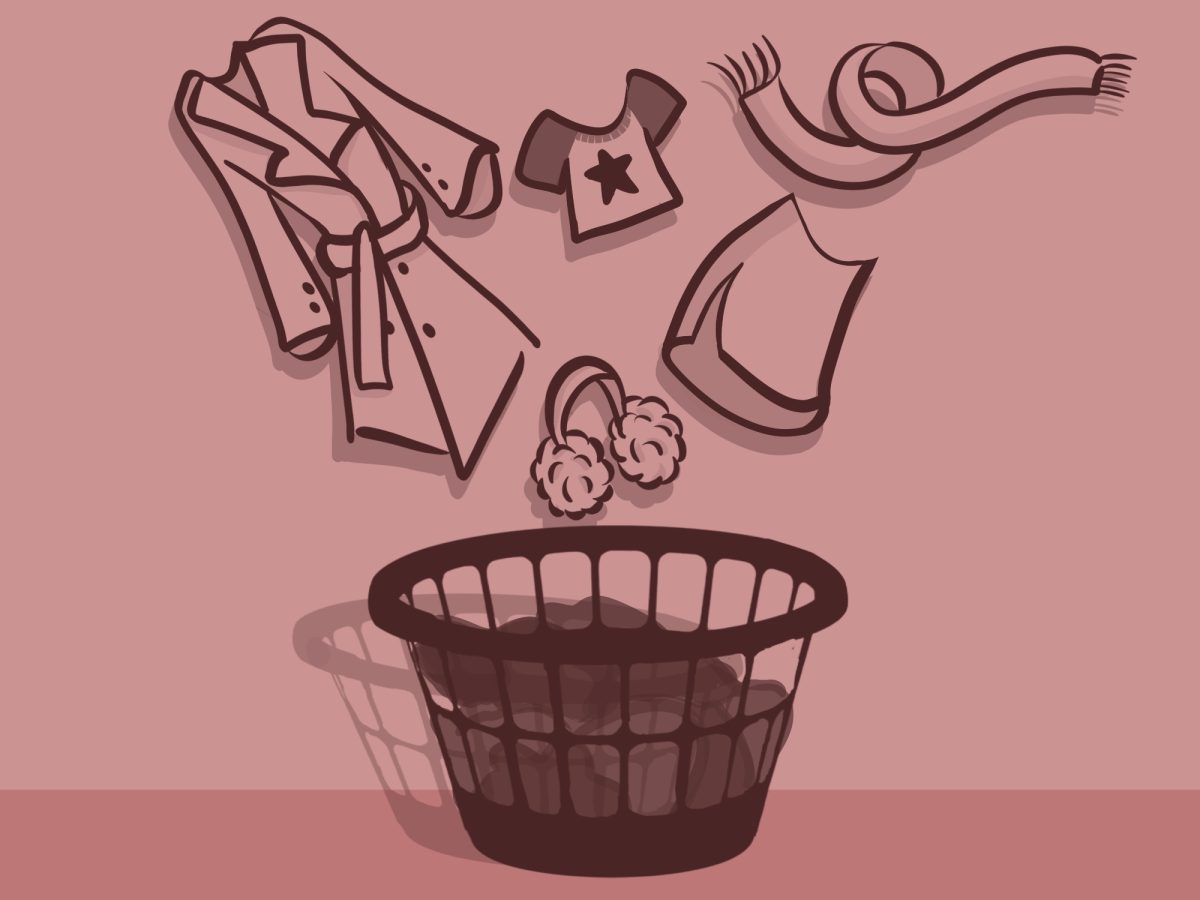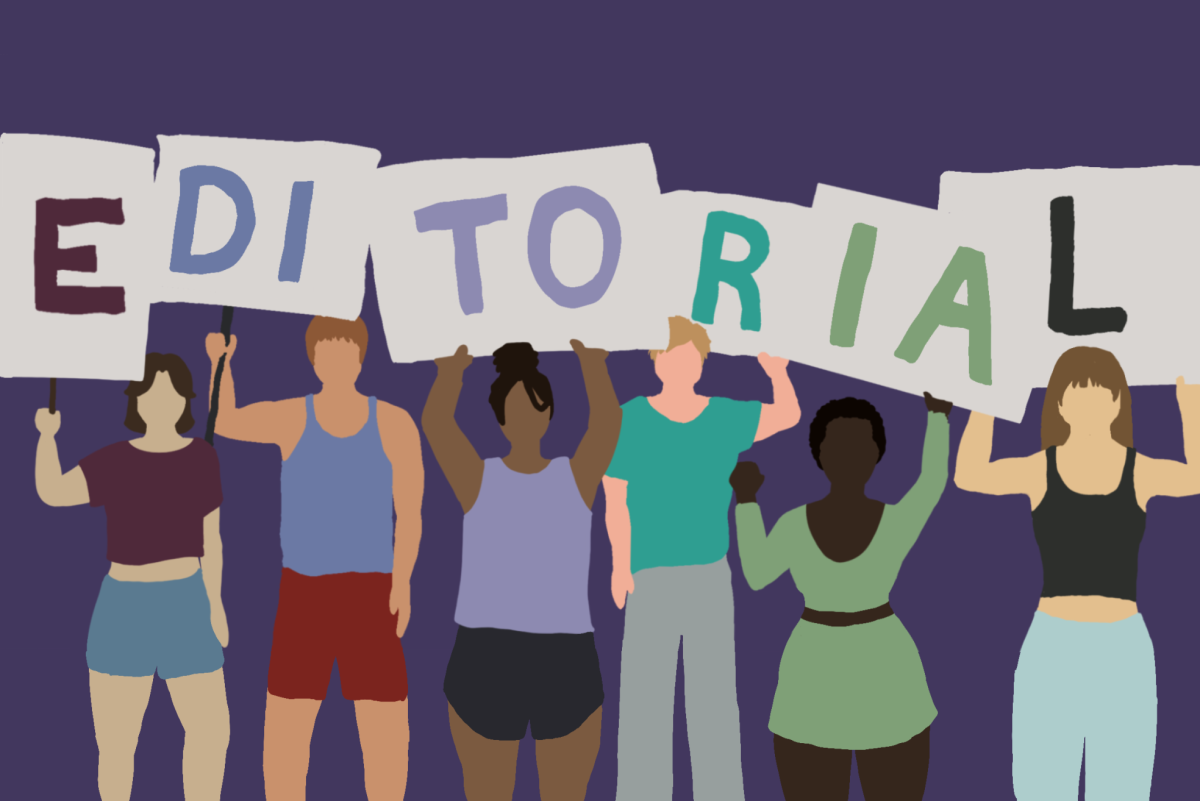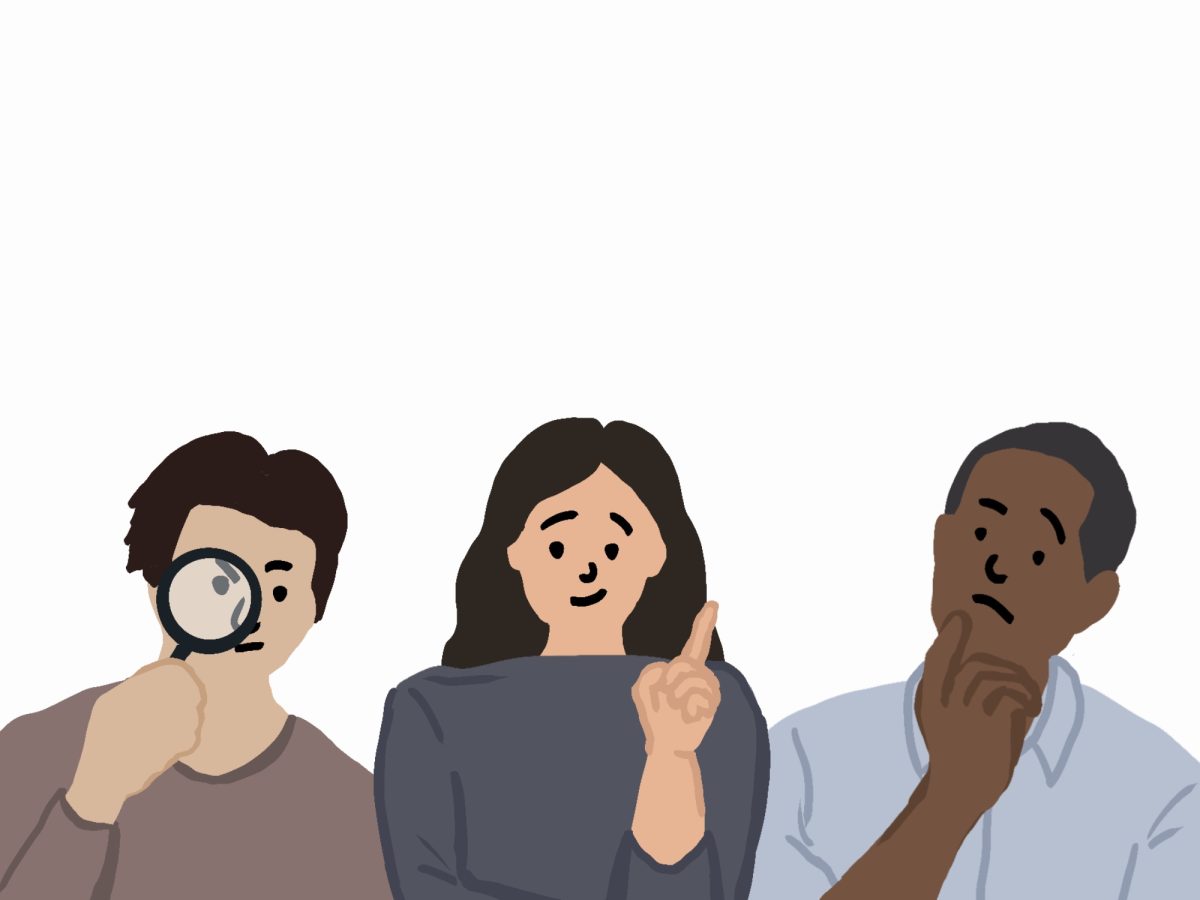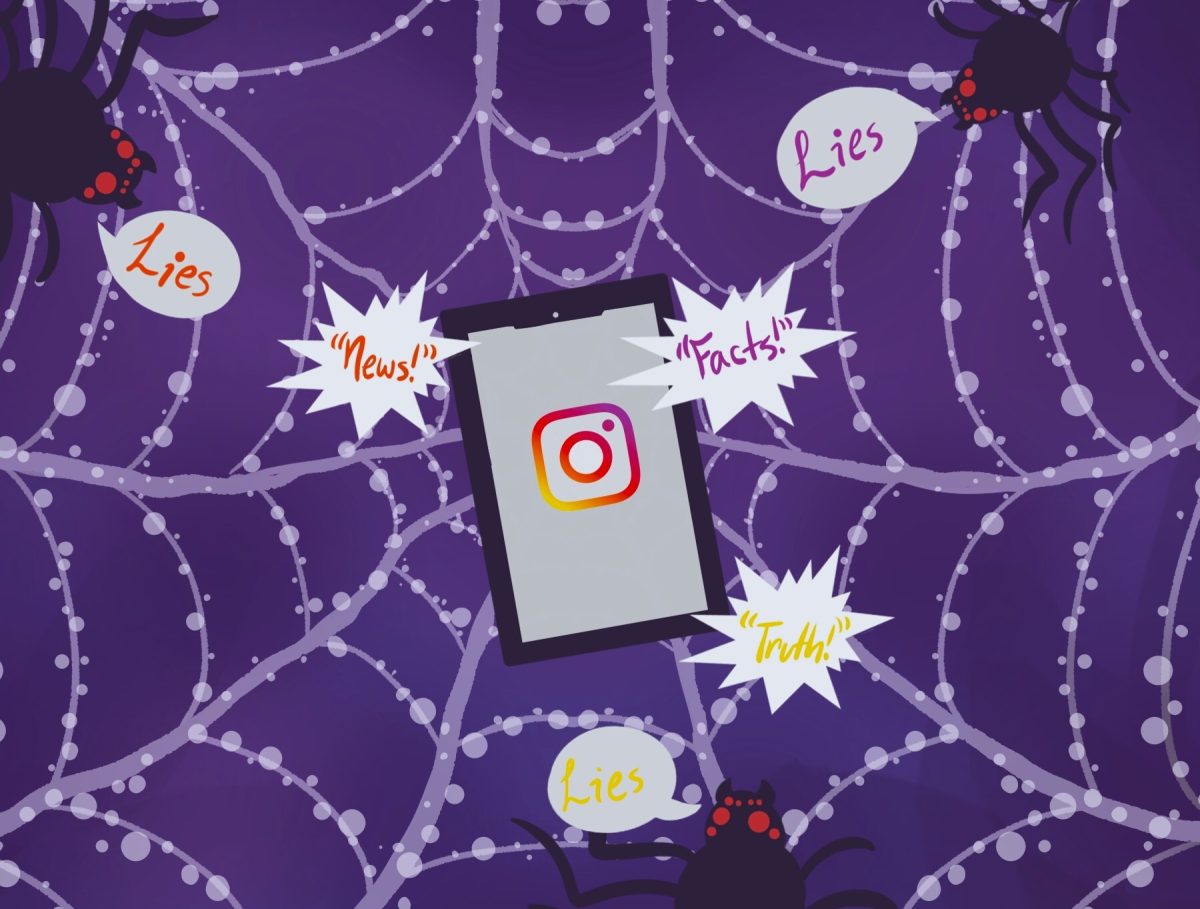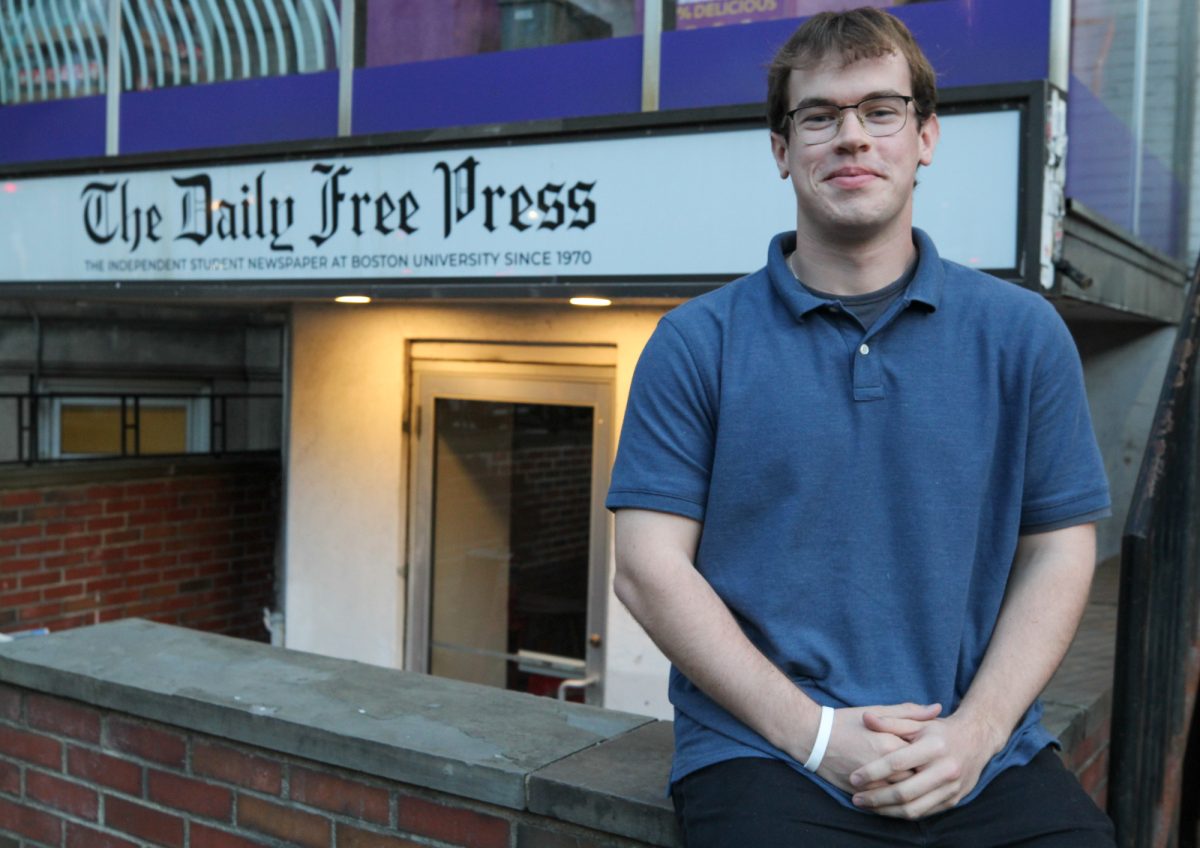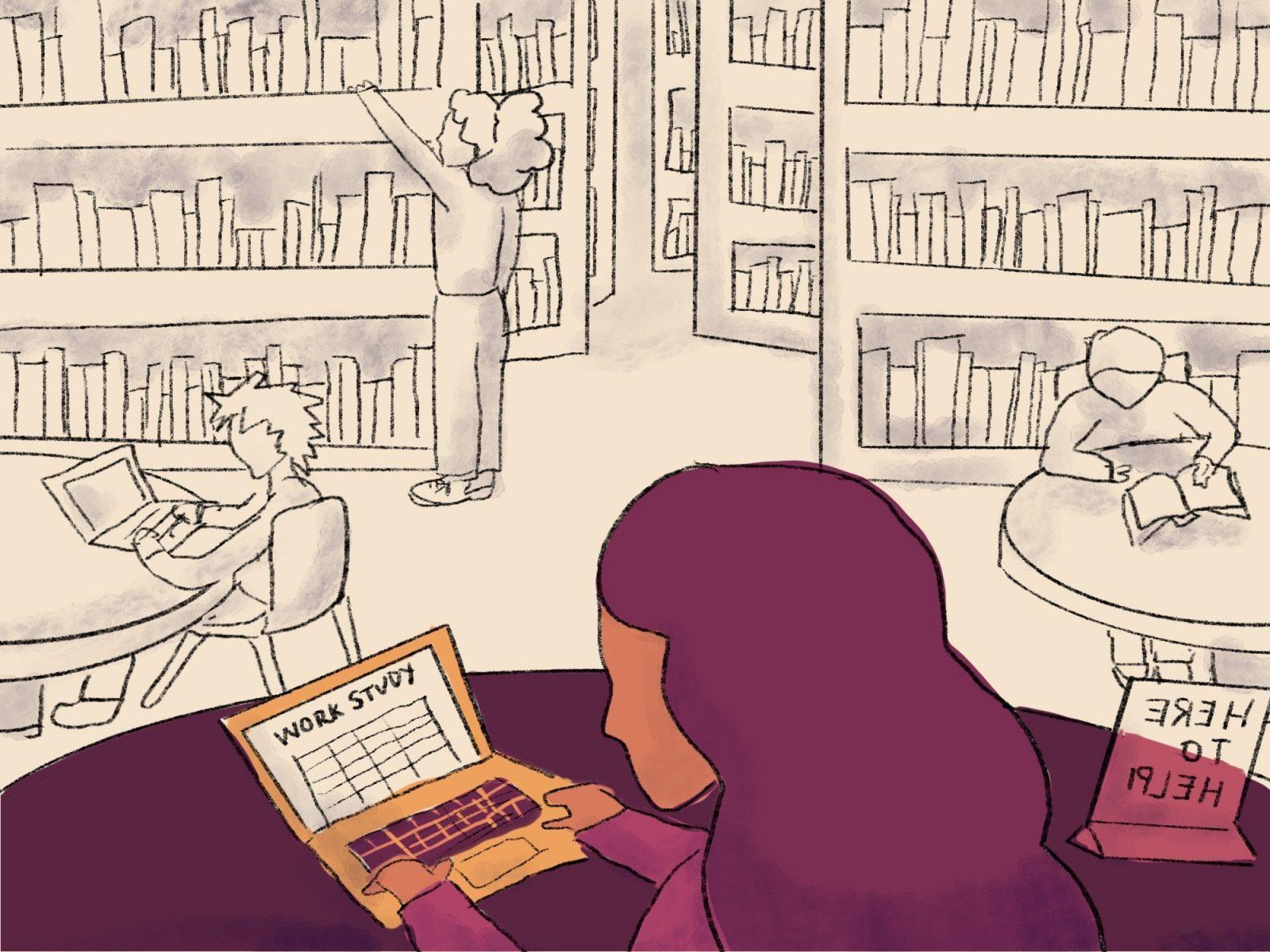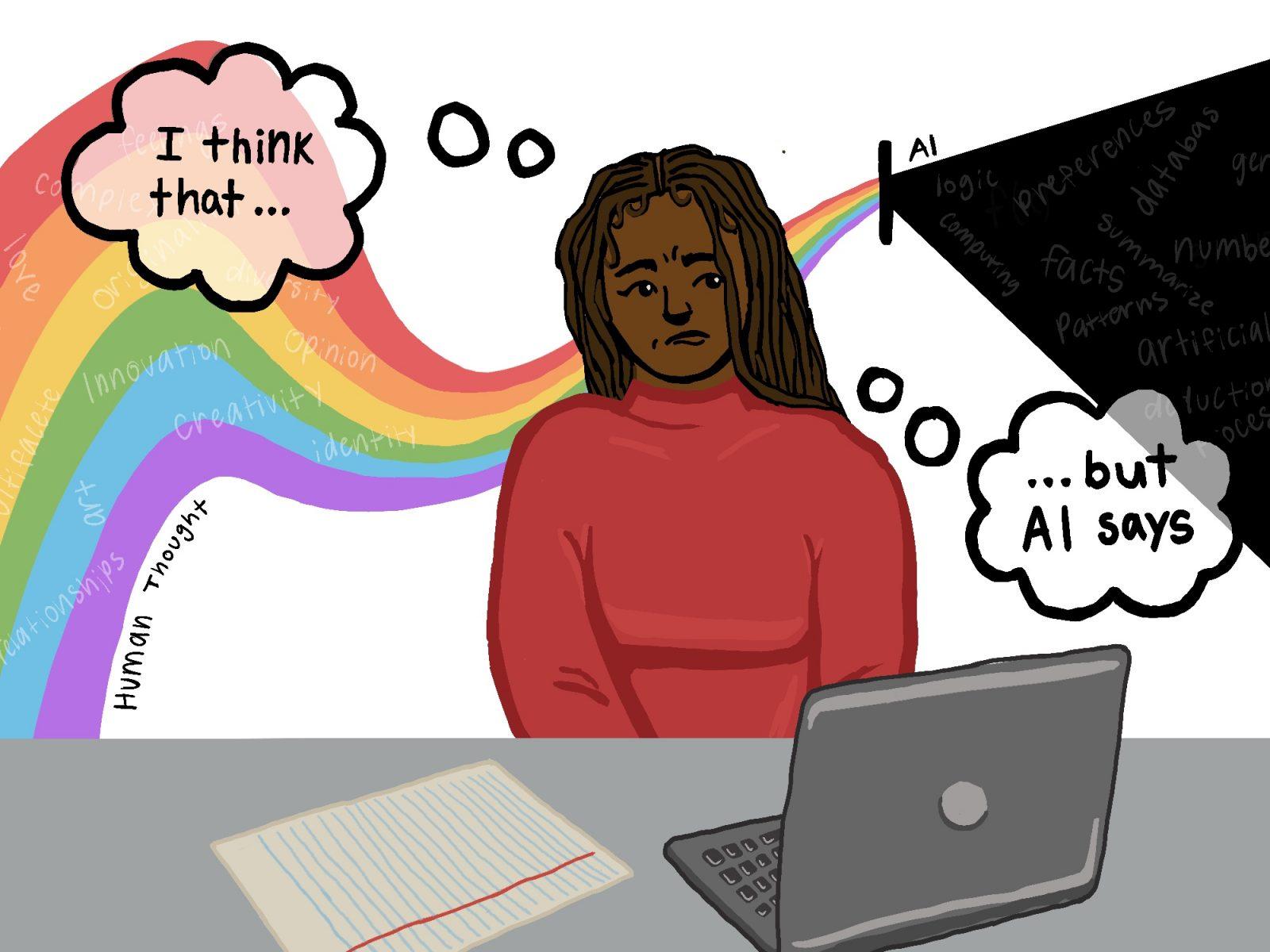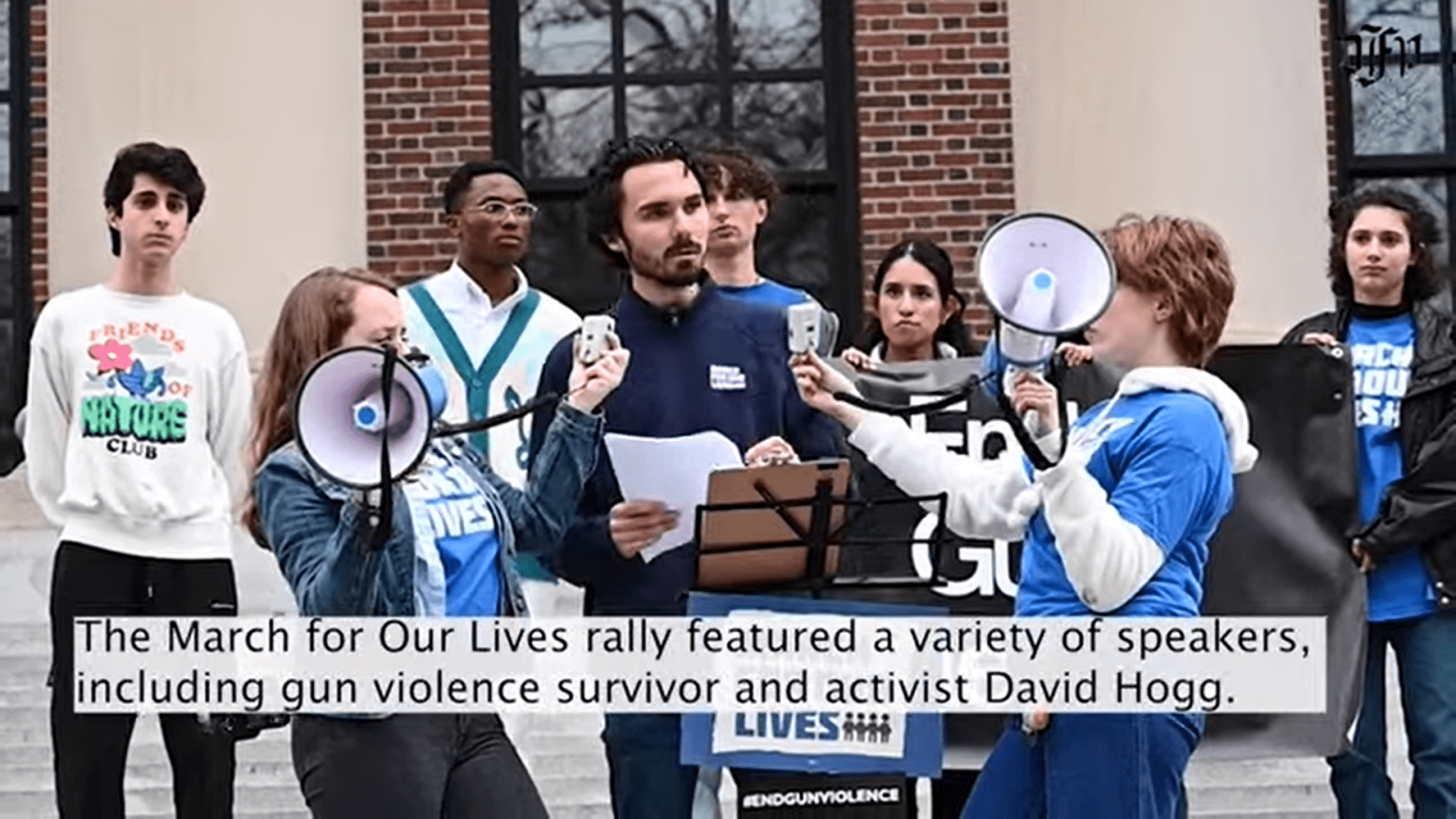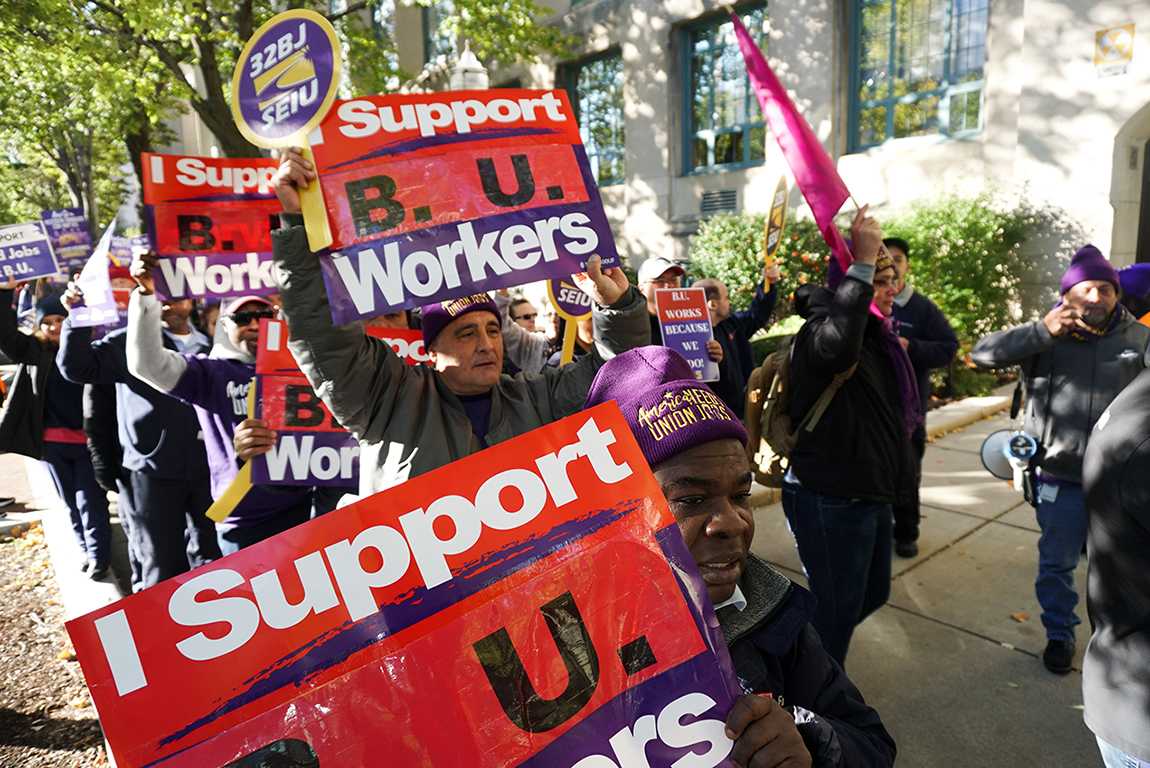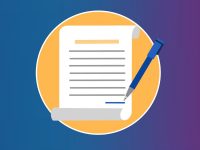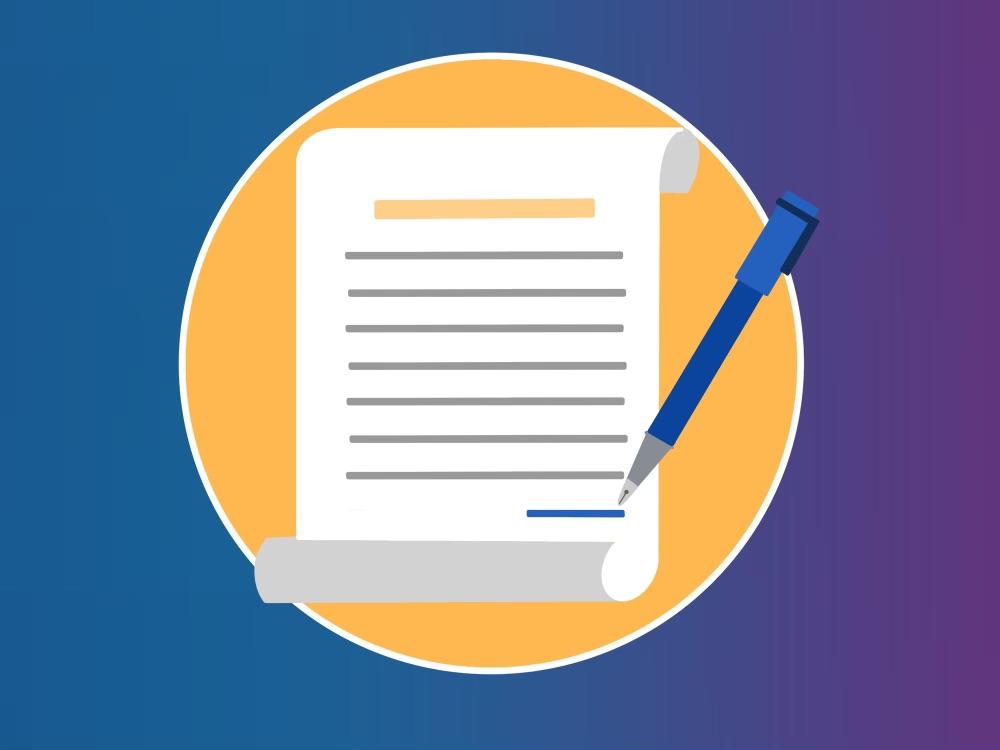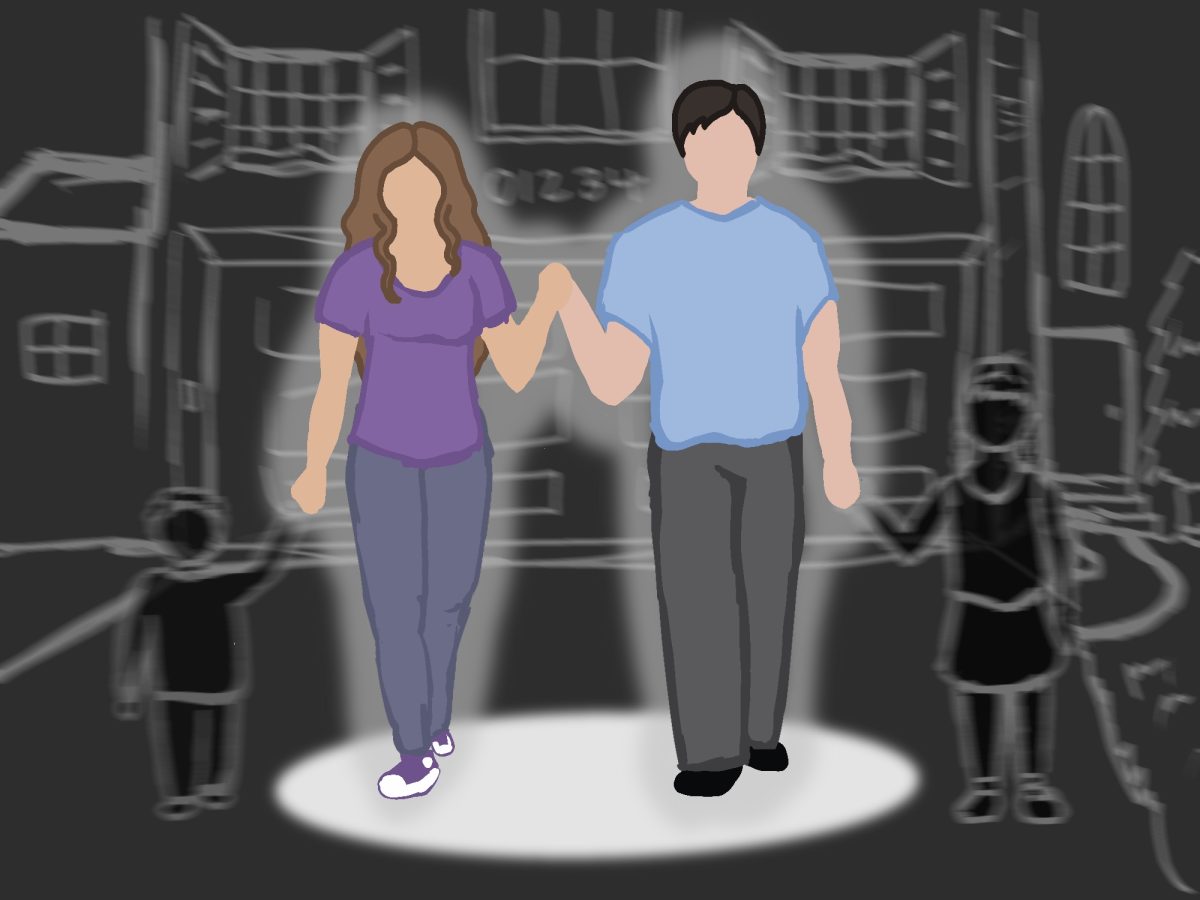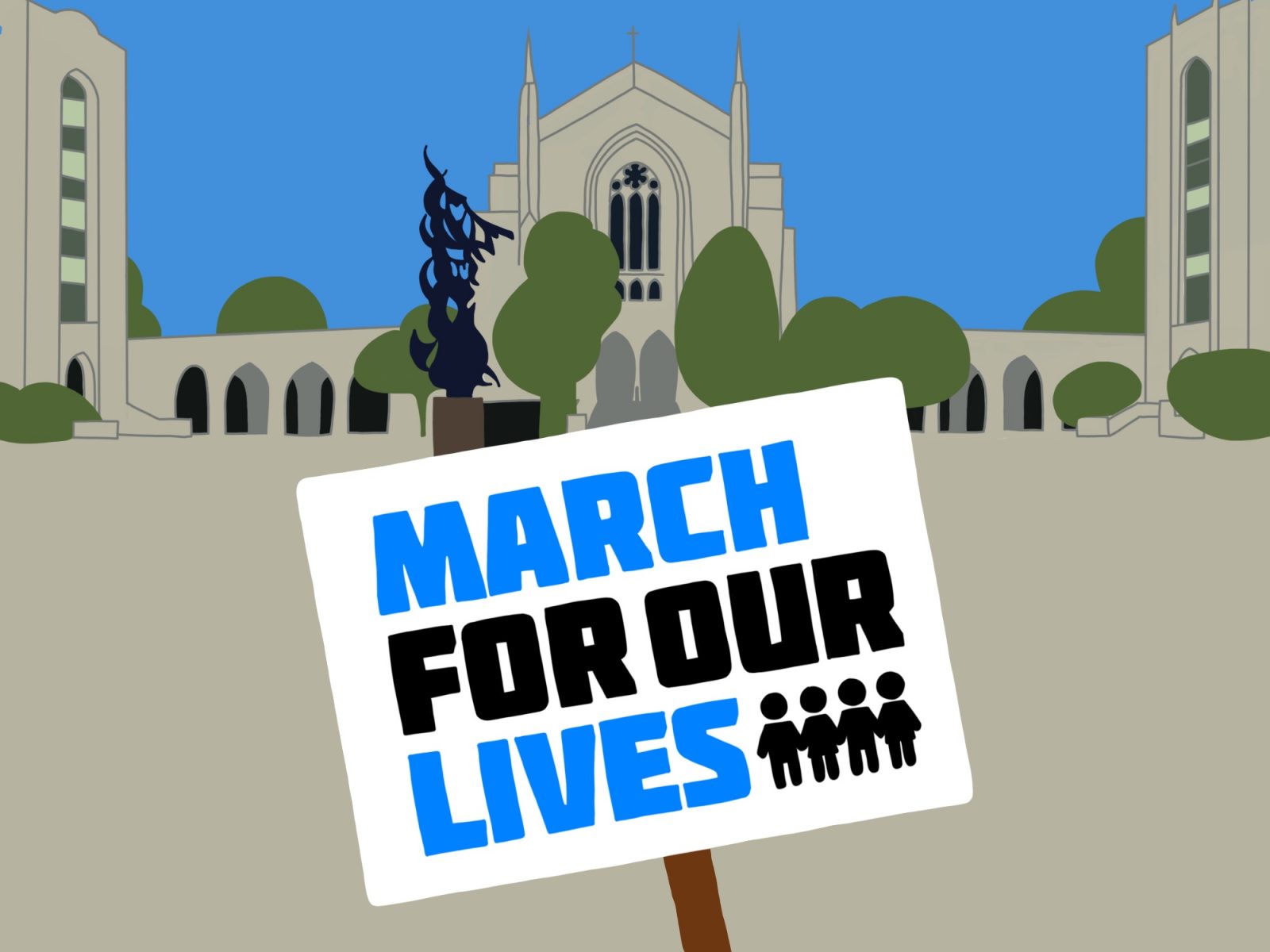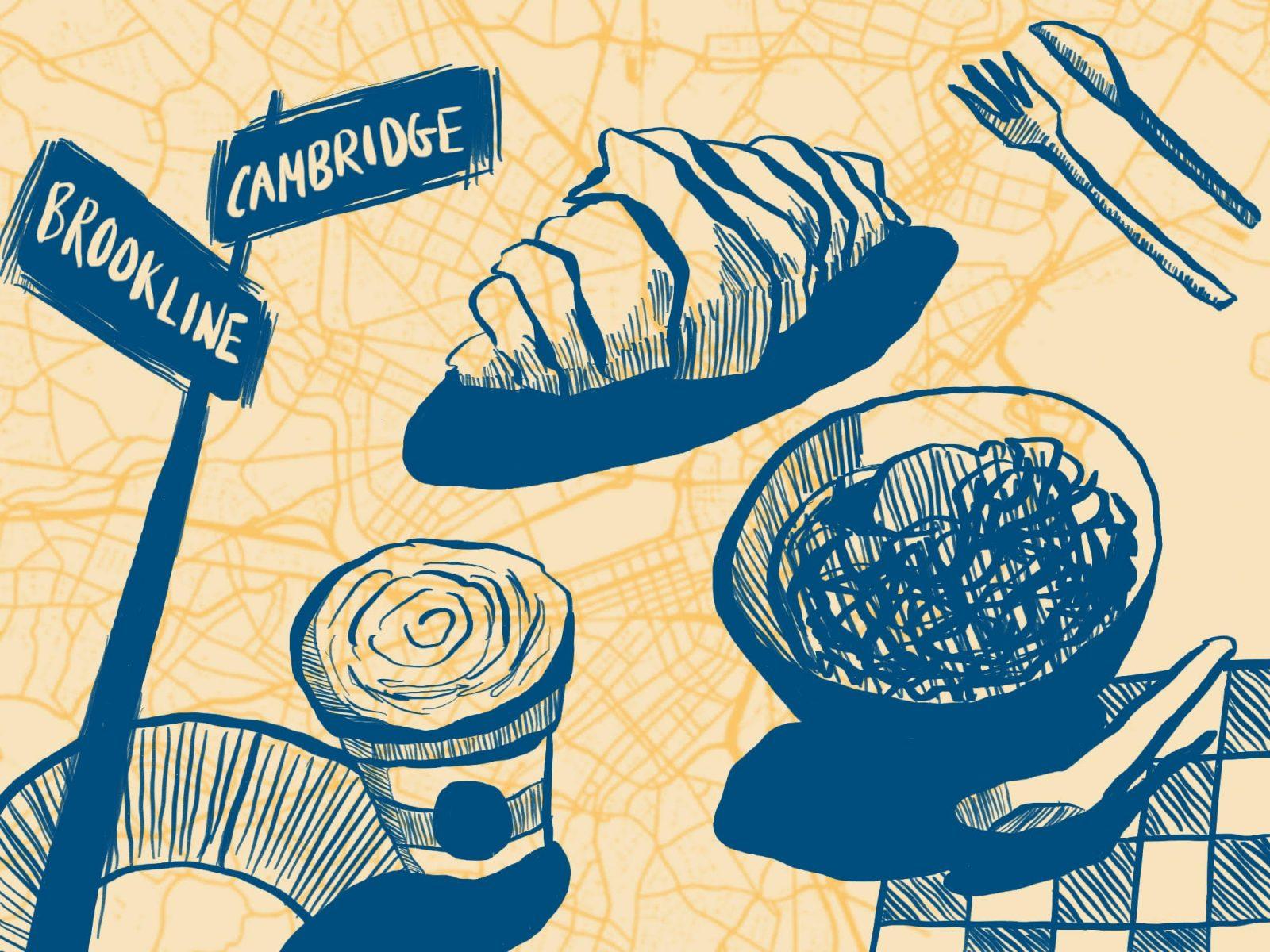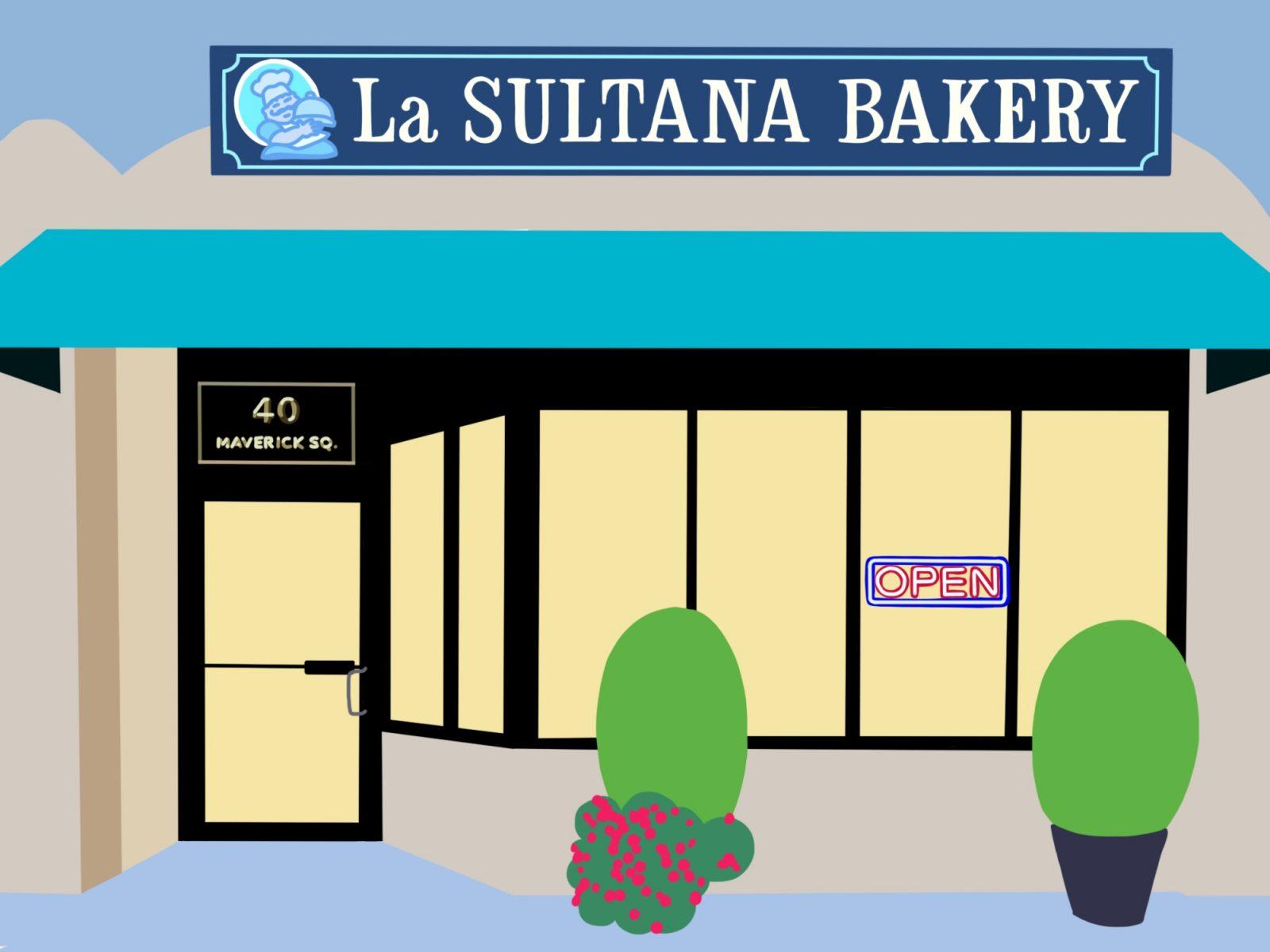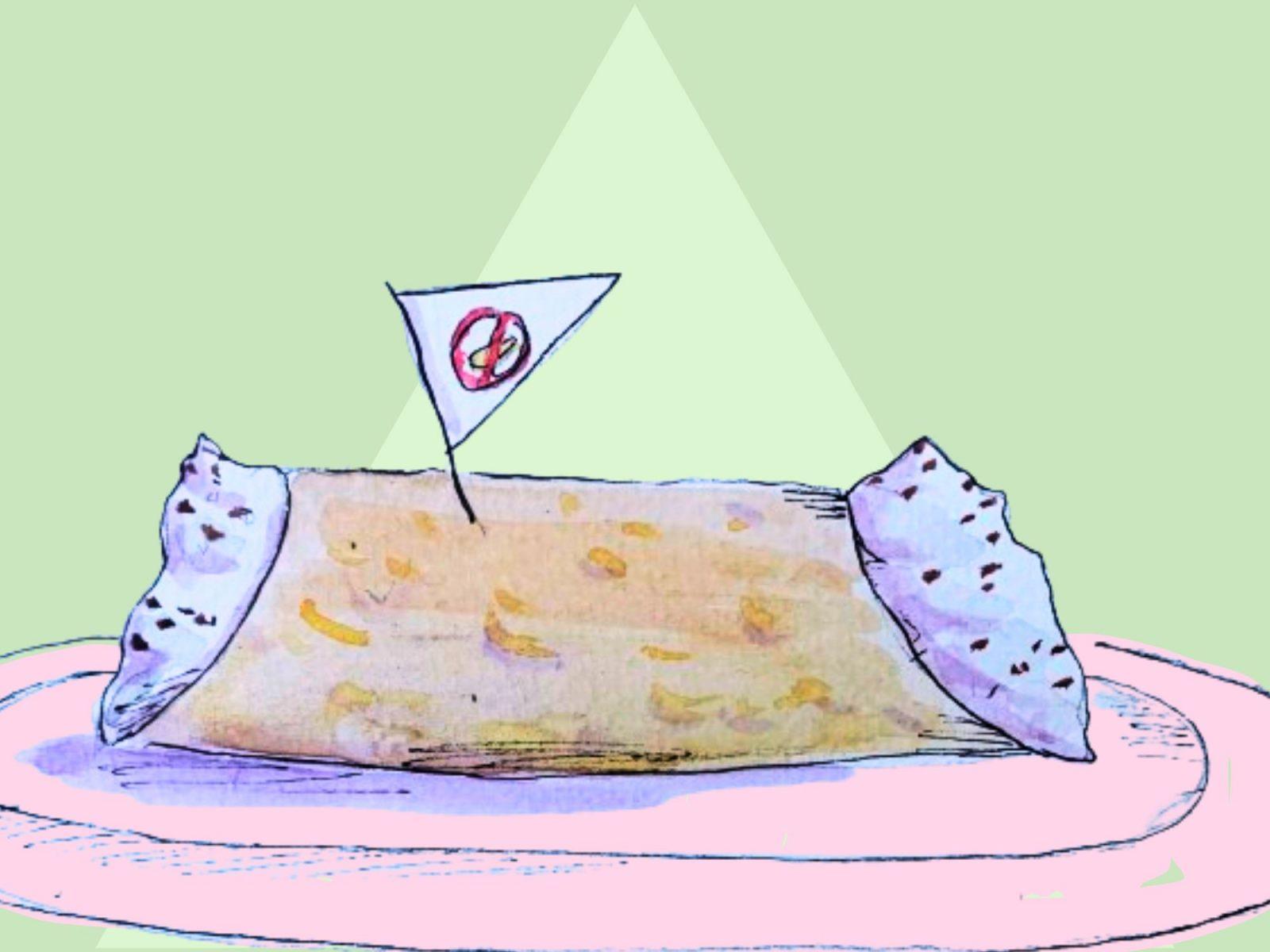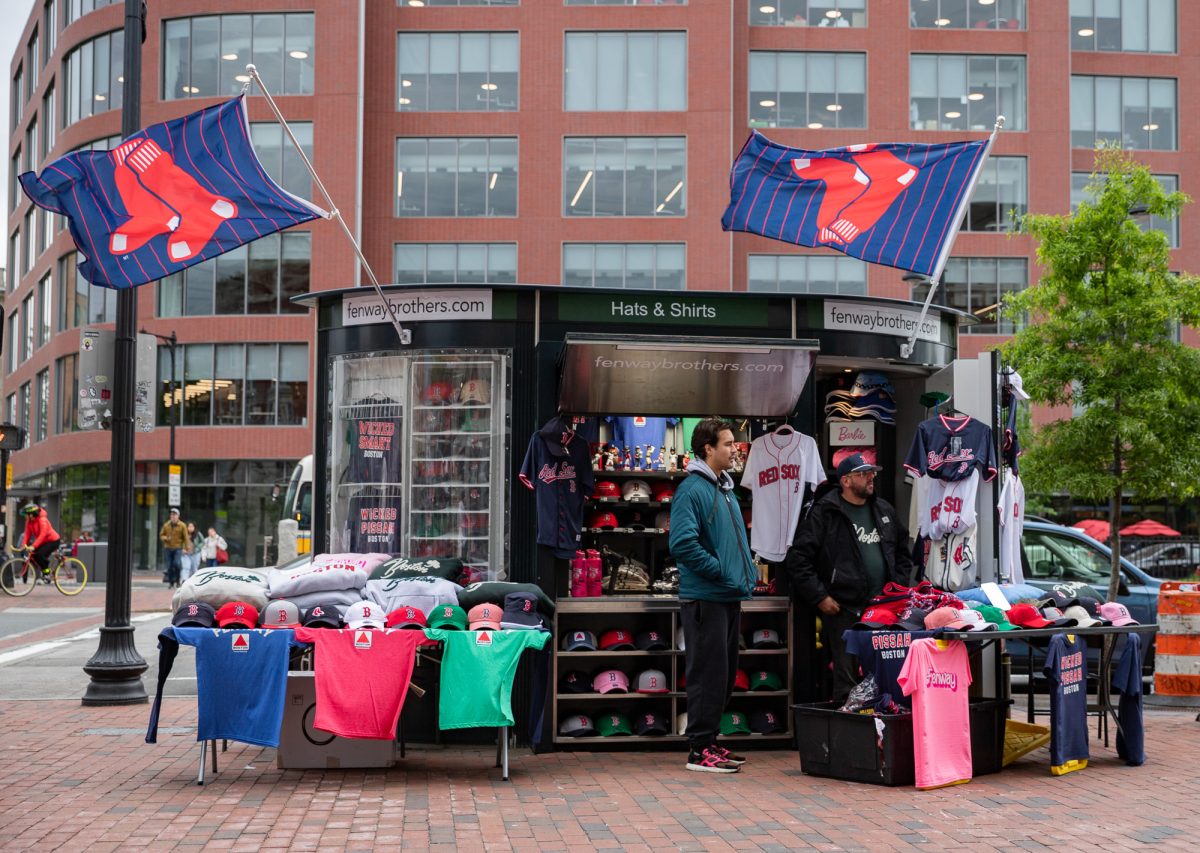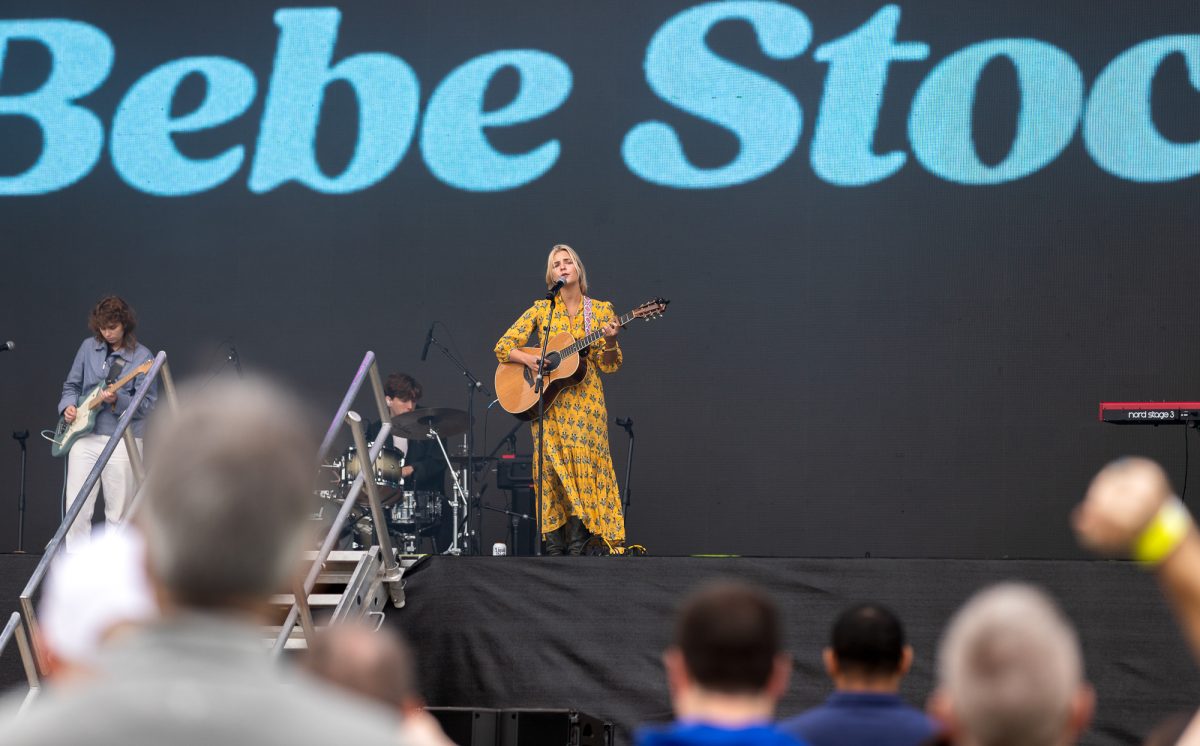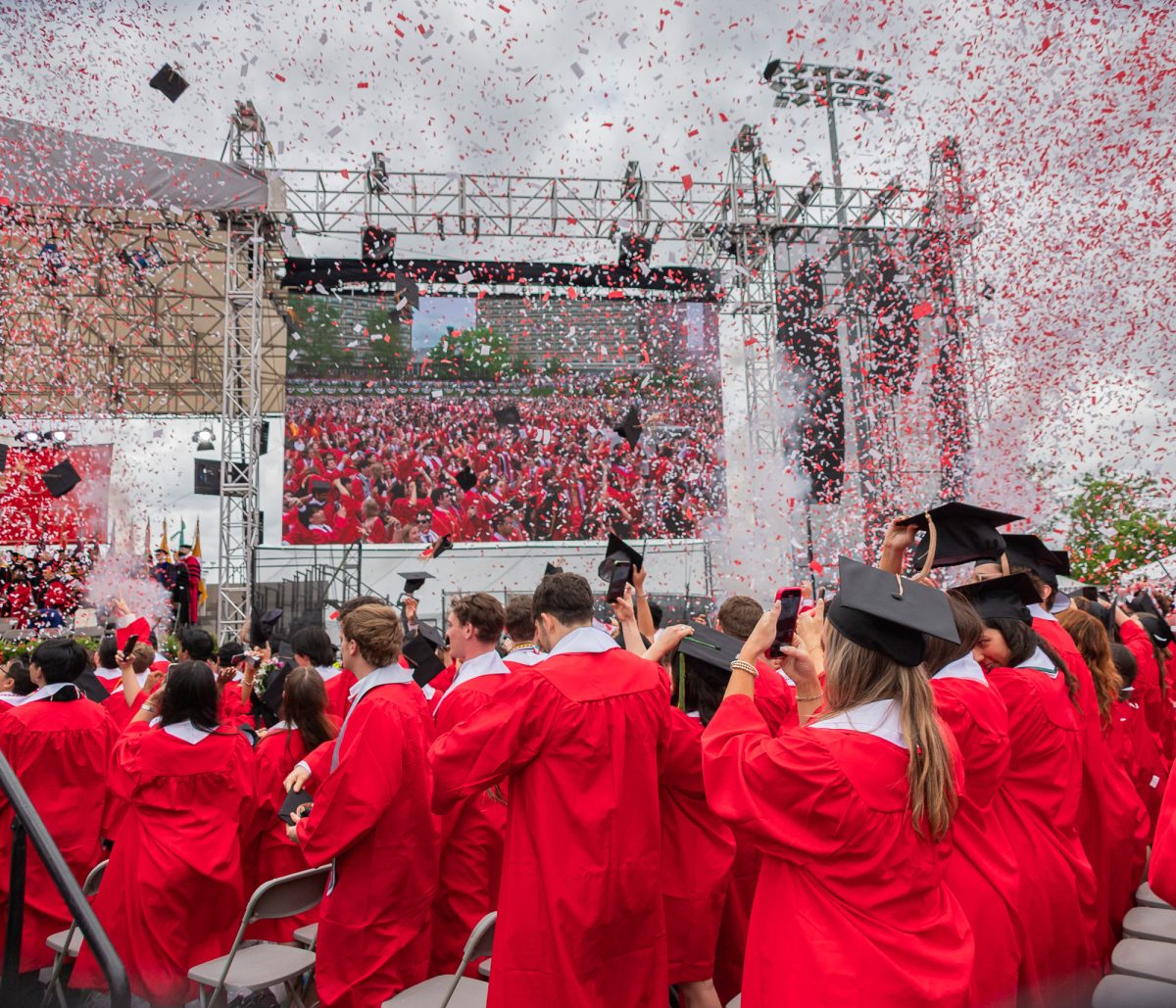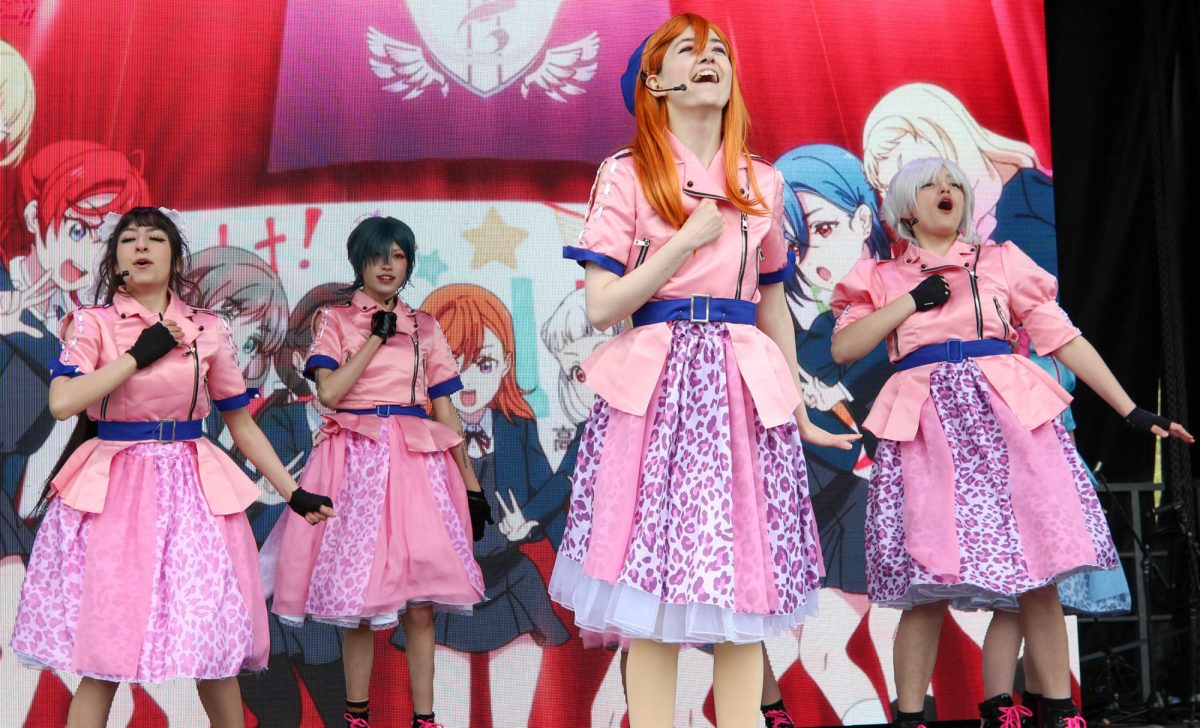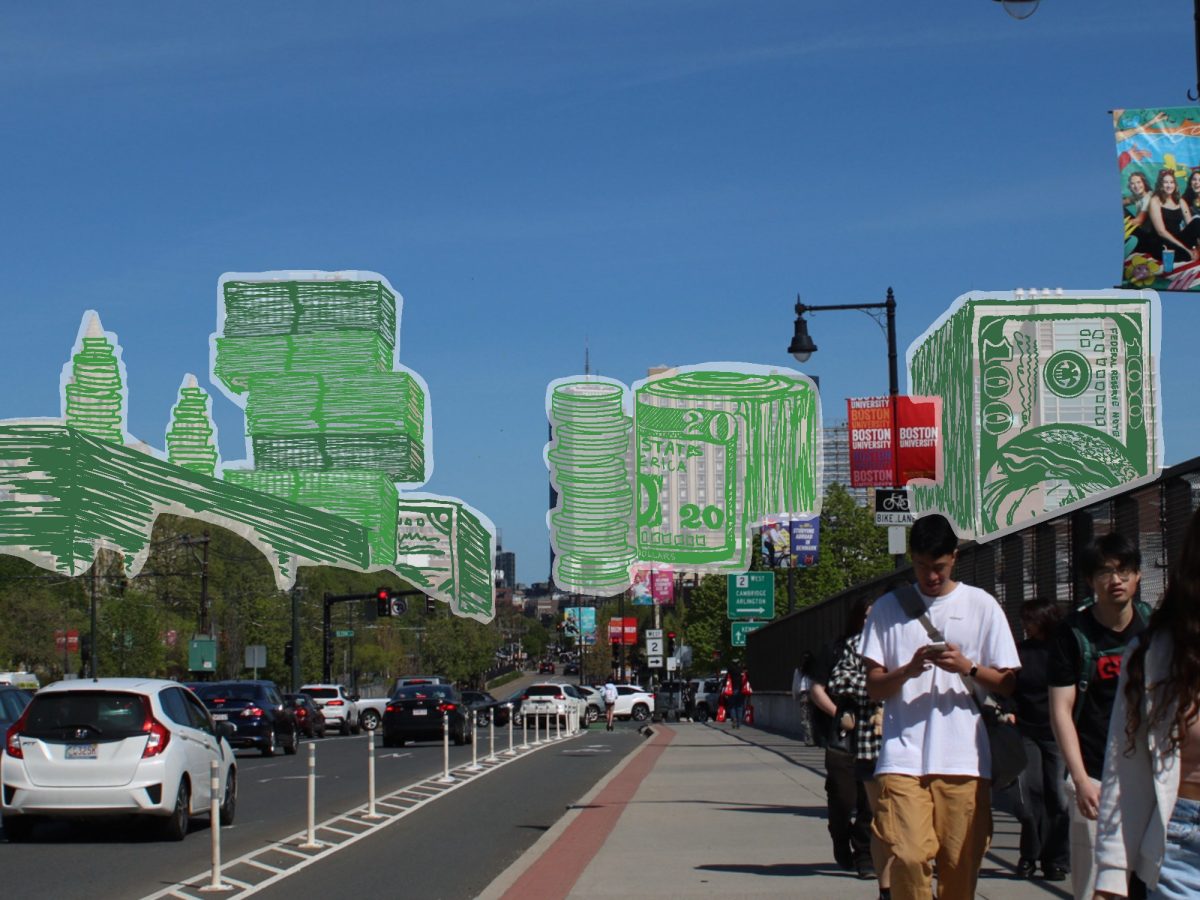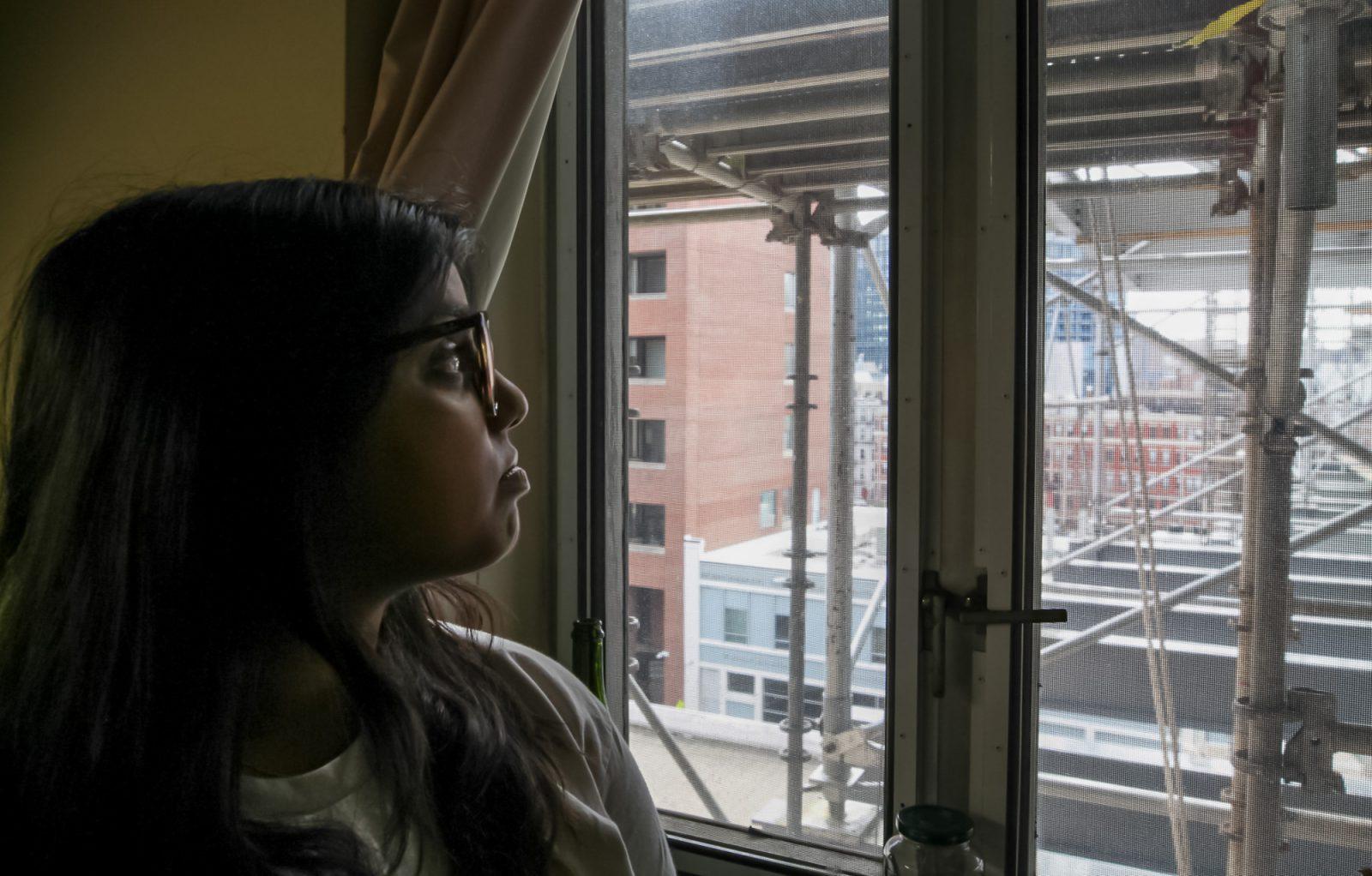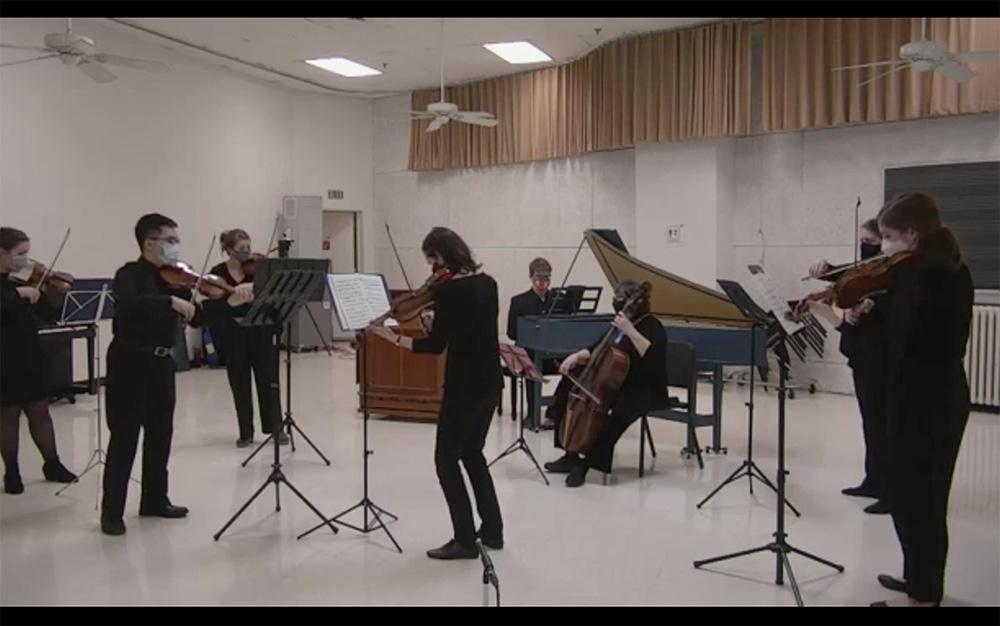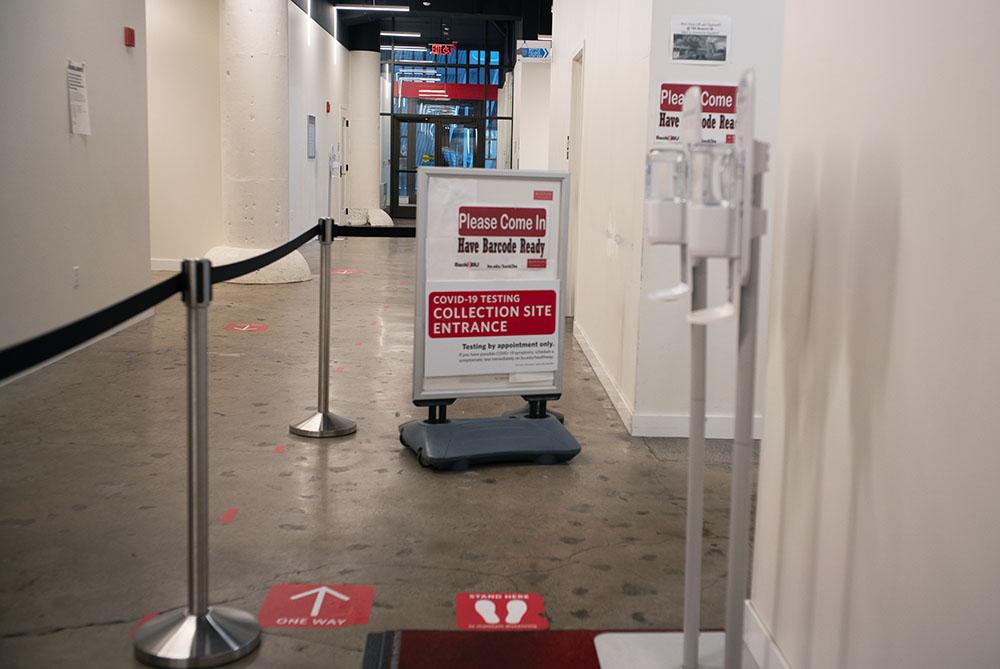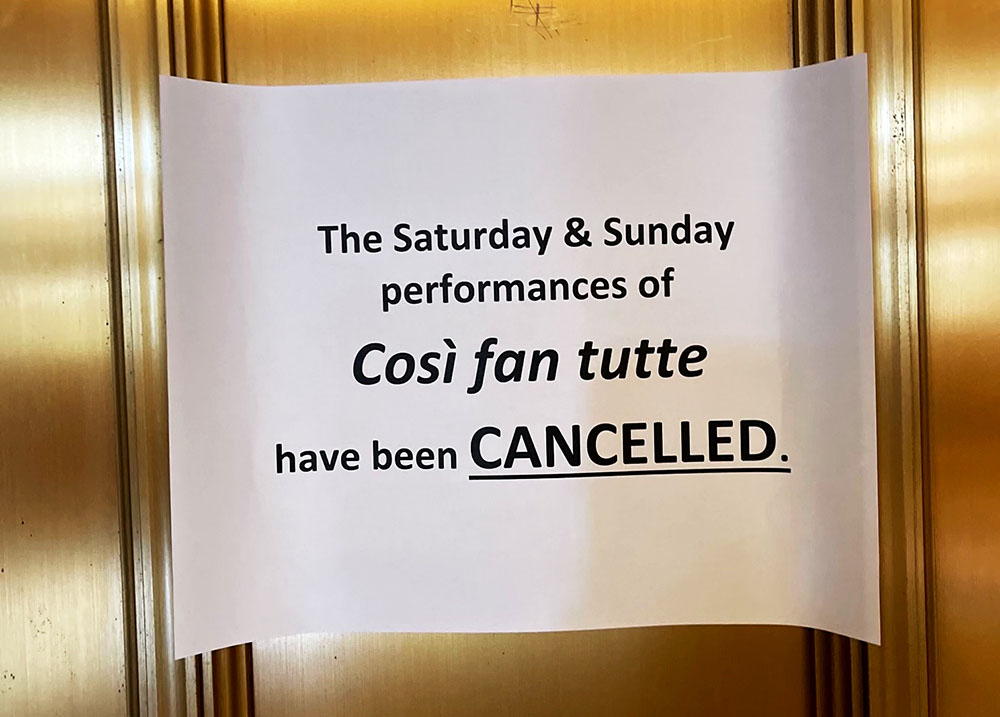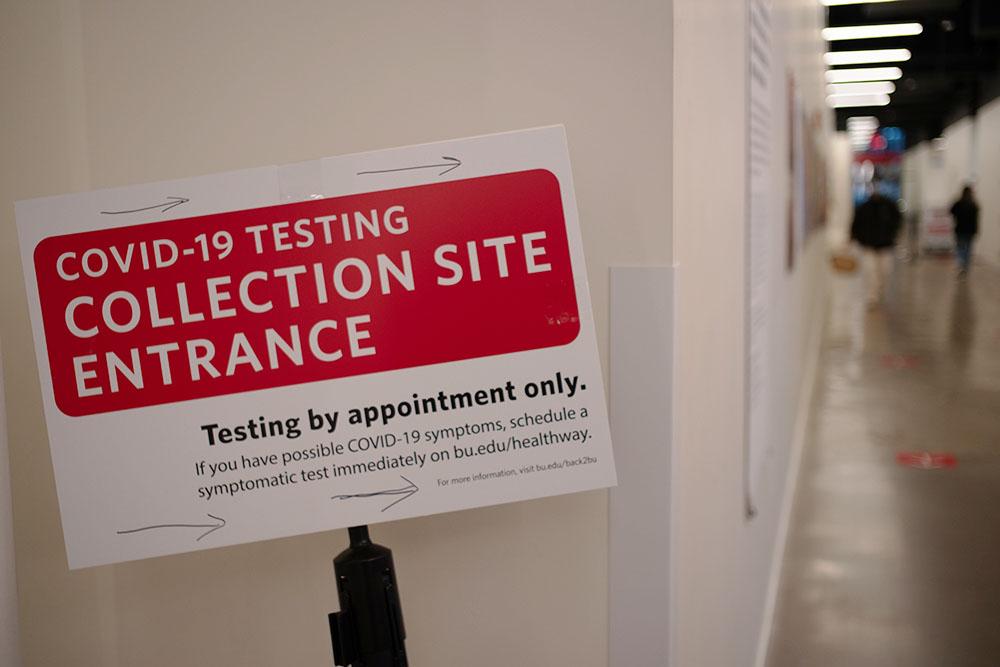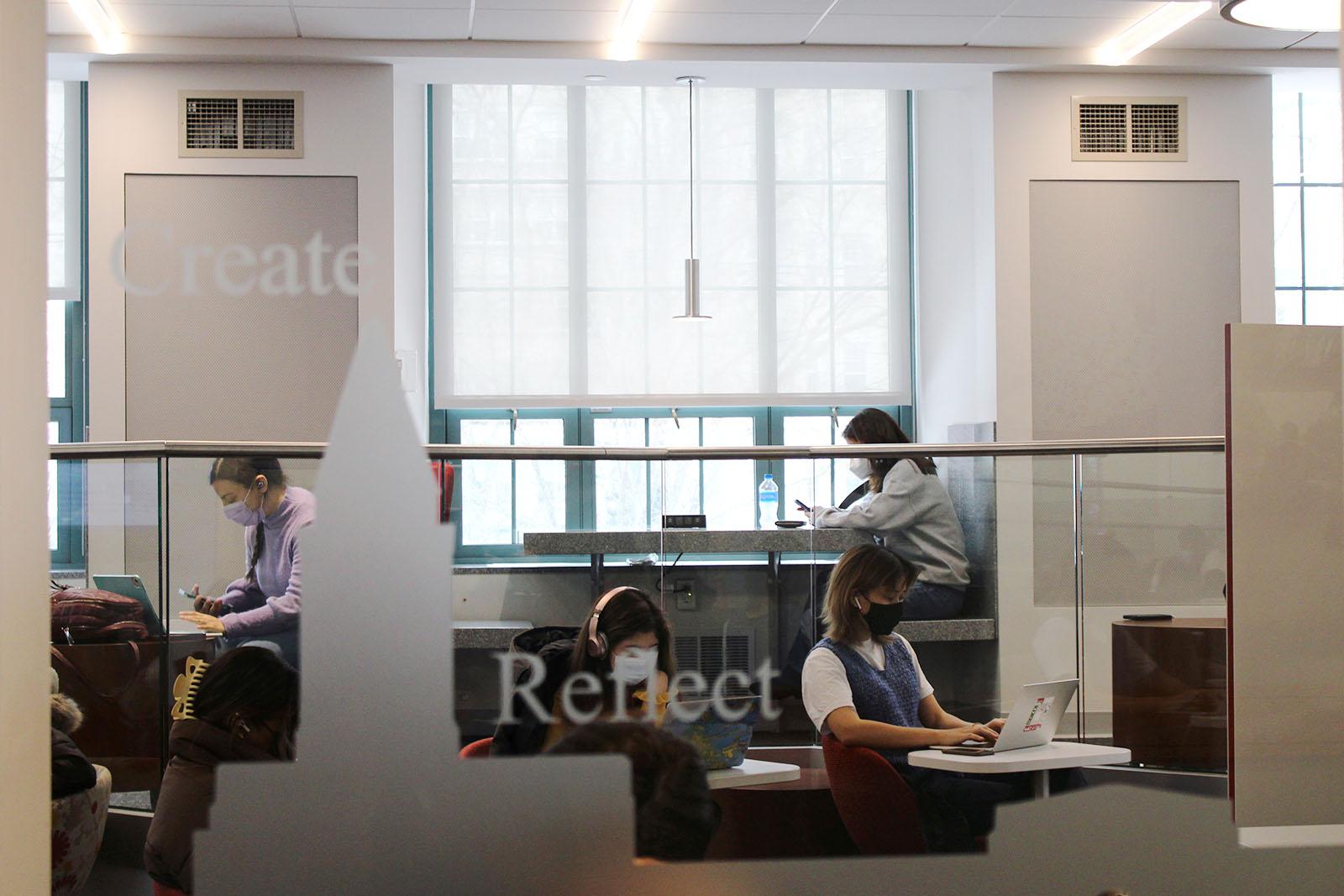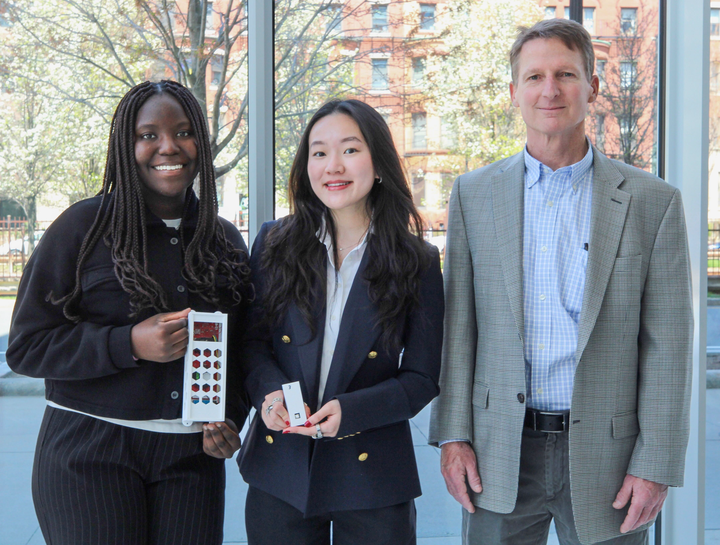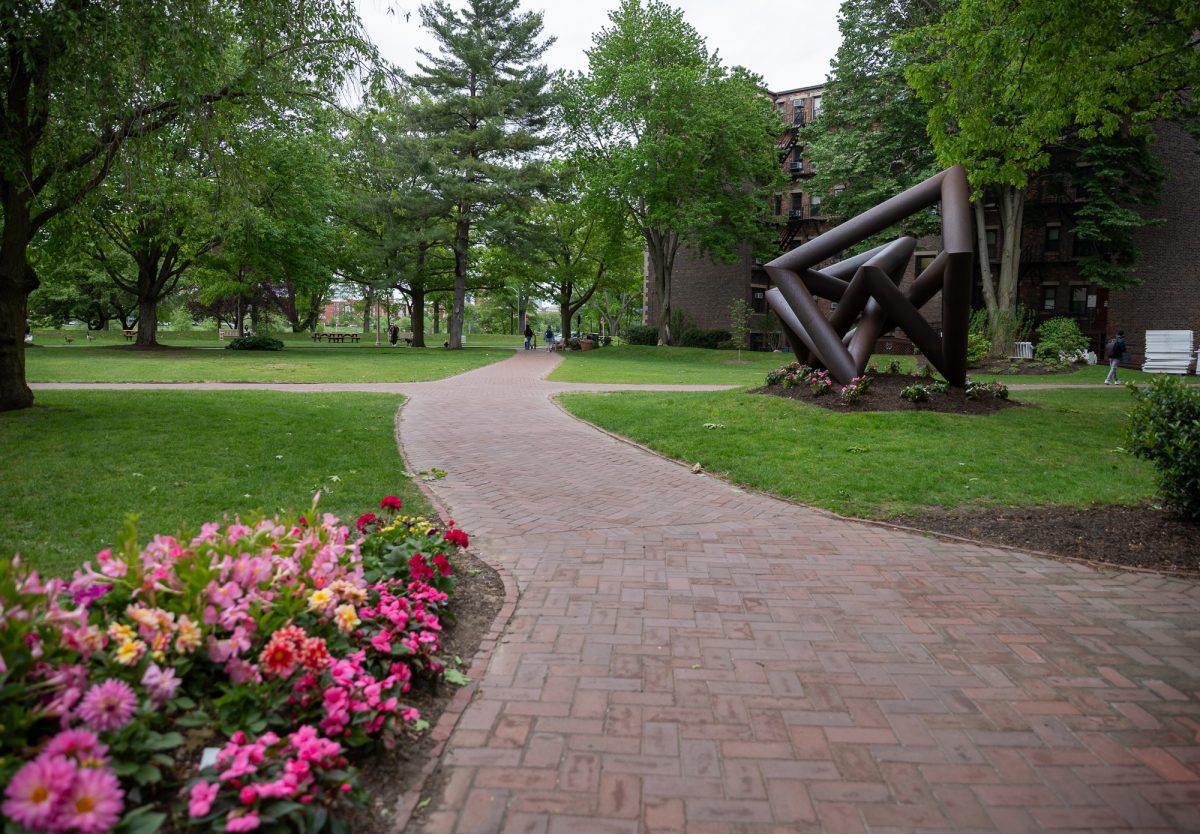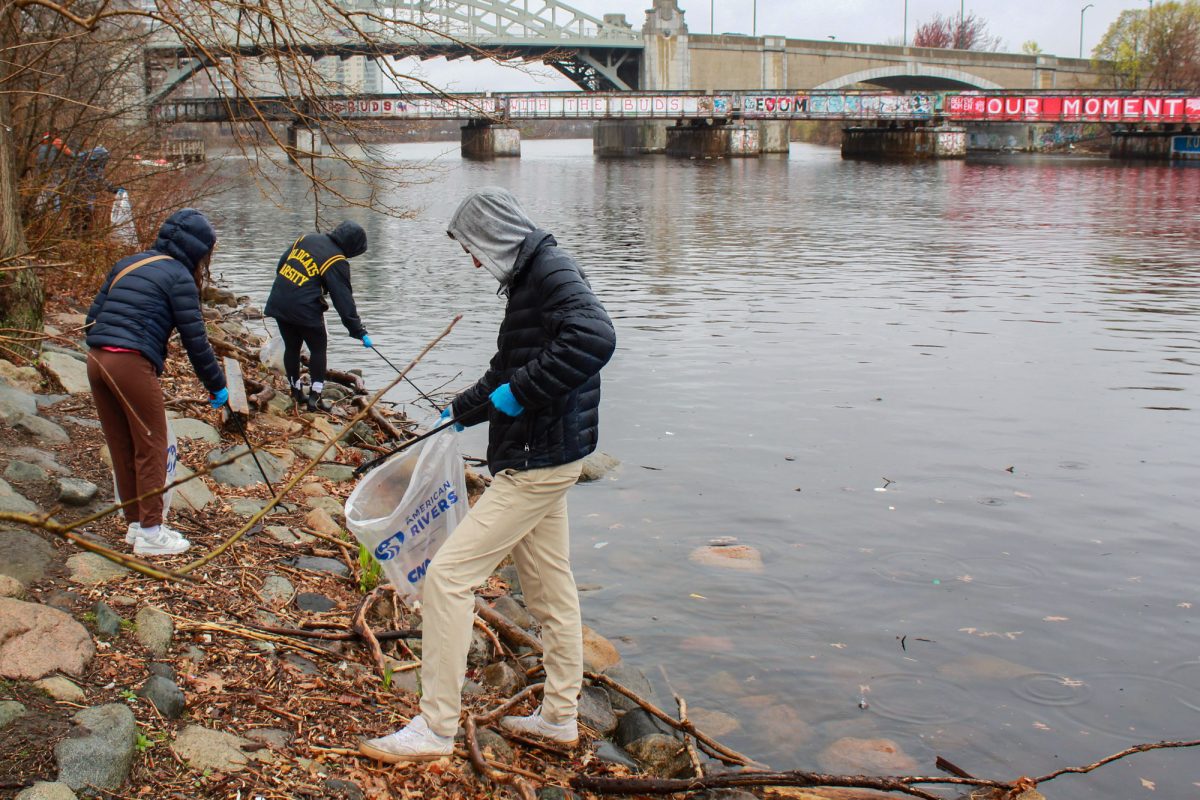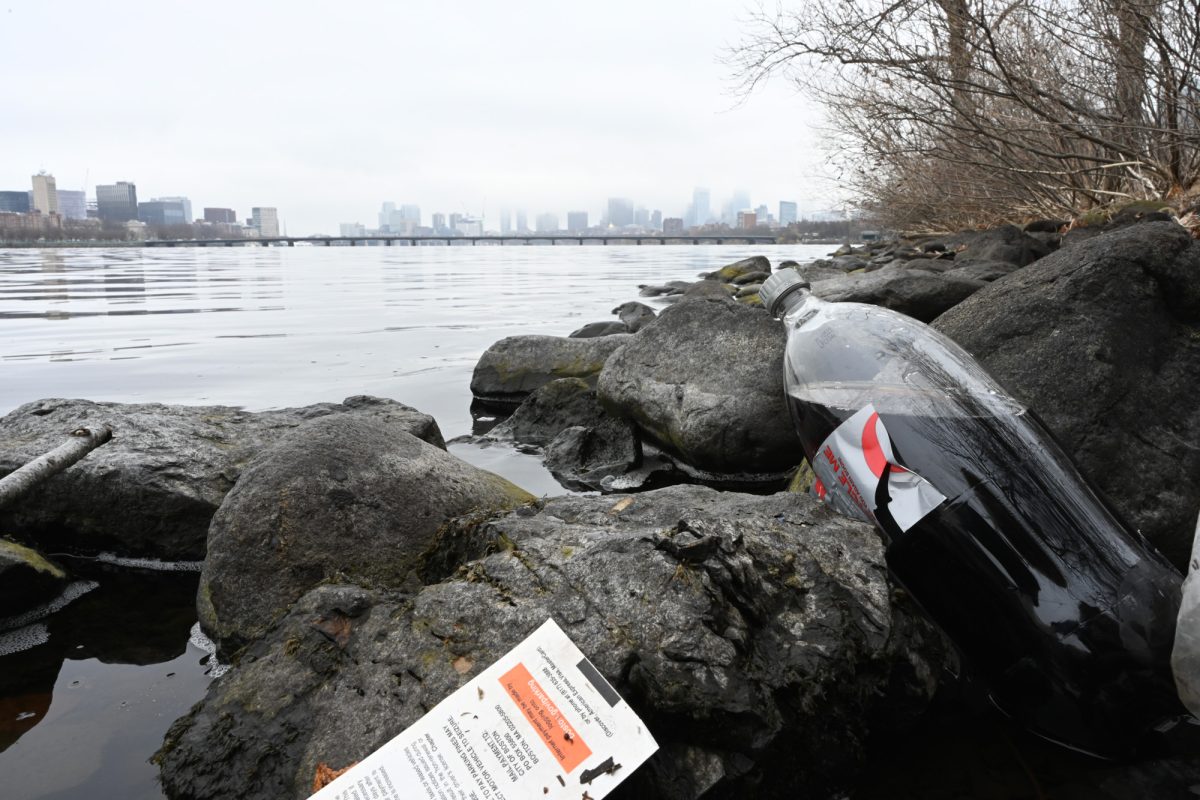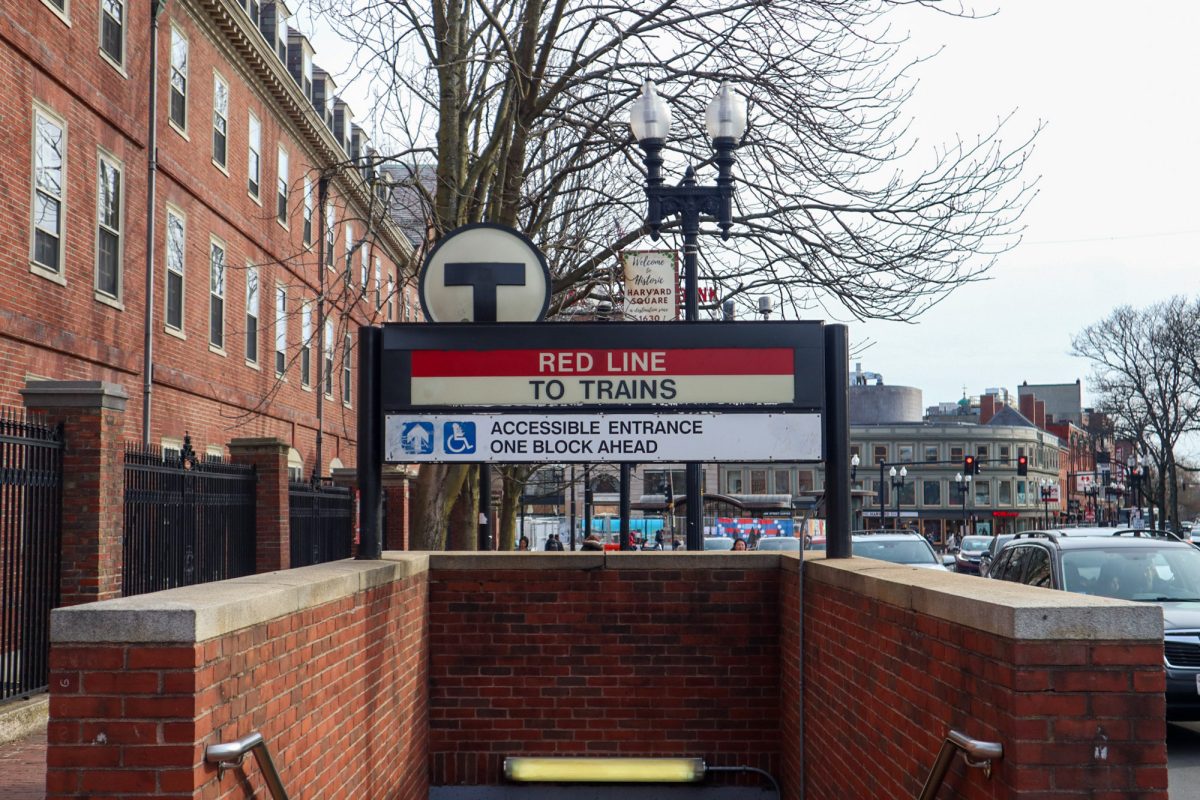Without in-person, hands-on labs, students at Boston University engaging with classwork at home now have many constraints on the scale of their research and the extent of their learning.
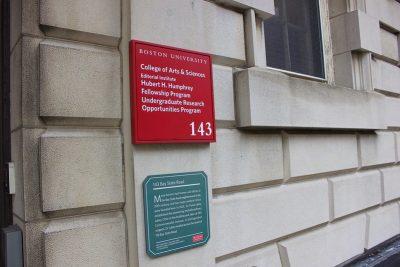
It has now been months since BU and other universities first instituted remote learning and reduced capacity in classrooms, and research opportunities for undergraduates this semester have been no exception to such changes.
Around the end of Spring Recess in March, all research laboratories on campus shut down and most research personnel were sent home, resulting in a sharp decrease in research activities, John Celenza, program director of BU’s Undergraduates Research Opportunities Program, said.
Through the “Return to Research” plan, which includes University-approved research groups and spaces, Celenza said he could conduct lab work with students during the summer, but that other, more large-scale labs, were not as lucky.
“I have a very small lab, and I was counting on two undergraduate researchers who have been awarded UROP to be working with me over the summer,” Celenza said. “But for other groups, especially larger groups that have a lot of Ph.D. students, having undergraduates work in their group would be more of a challenge, because they would be considered less essential personnel.”
Some laboratories were allowed to open up to 30 percent occupancy in May as part of the University’s recovery plan. This limit has since increased to 50 percent.
Despite the current uncertainty pervading various aspects of life in a pandemic, UROP and similar programs are adapting. Celenza said he has been encouraged by students’ ability to be creative in completing their research, and that the situation offers all researchers an opportunity to think more critically about what lab work can look like.
“I think the good thing is that this has given us at UROP a wider view of how to interpret what is a research project,” Celenza said.
Melissa Johnson, assistant director of UROP, said students had the option of working remotely, decreasing the number of hours they’d work or deferring their acceptance into the program to the fall. Because the summer UROP experience was successful, Johnson said she hopes that carries out through the Fall semester.
“We ended up having 208 students do their research remotely over the summer,” Johnson said. “We were still able to have opportunities for students to get together and engage in research-related topics over the summer, so we tried to keep things as normal as we could under the circumstances.”
Heather Jamieson, a senior in the College of Arts and Sciences, is a biology major working for BU’s School of Medicine — where she uses mice to test whether collagen aids with Alzheimer’s disease — and for Massachusetts General Hospital, where she conducts chart reviews on pregnant women who have substance abuse disorder.
With her active involvement in labs across Boston, Jamieson said she is optimistic about remote learning. She said she has a more flexible schedule when conducting research at home from her computer, especially when it comes to her work at the hospital.
“I actually had more time to work on the charts, because luckily I was able to have remote access,” Jamieson said. “For Mass Gen, it was honestly a lot easier doing it remotely than going in person.”
But besides her increased productivity, Jamieson said she has been unable to interact directly with the samples and other resources within her lab. This lack of physical access, she said, has created an entirely different occupational and academic environment.
“I’m not getting that hands-on experience that I’m normally getting and that can make it a little harder to understand what’s happening in the lab,” Jamieson said. “It’s one thing to be told it, but to actually be doing it, it makes it feel more connected.”
Nicole Tomassi, a second-year student at BU’s Graduate School of Arts and Sciences, studies neuroscience and researches speech disorders. Tomassi said she had to rely on data analysis from previous studies since she could no longer obtain new data sets from recurring experiments.
Through data collection, however, Tomassi said she learned the value of organizing scientific statistics and understanding the logistics of lab work.
Since the start of Fall, the laboratories have opened to a limited occupancy, but virtual research will still continue as it had.
With these laboratory settings closed off to many students and faculty, Tomassi said the forced shutdowns have given her an opportunity to reflect on her work, both inside and outside those physical spaces.
“I think that it made me really value a lab space, since now we were all remote,” Tomassi said. “I missed the in-person lab setting and lab atmosphere.”
For any research project, in-lab time and teamwork are sacred, Jamieson said, and this period of adjustment away from in-person scientific research has provided her ample time to reflect on her own work.
“It’s definitely made me more aware of how much goes into a project and how stressful it can be when you lose a lot of people who are able to work for you, and all of a sudden you don’t have the resources or the access you used to have,” Jamieson said. “I always knew research was a lot of work, but then having to see how much I can’t do unless I’m physically there, and how much needs to get done in a certain timeframe, I’m more aware of it.”


